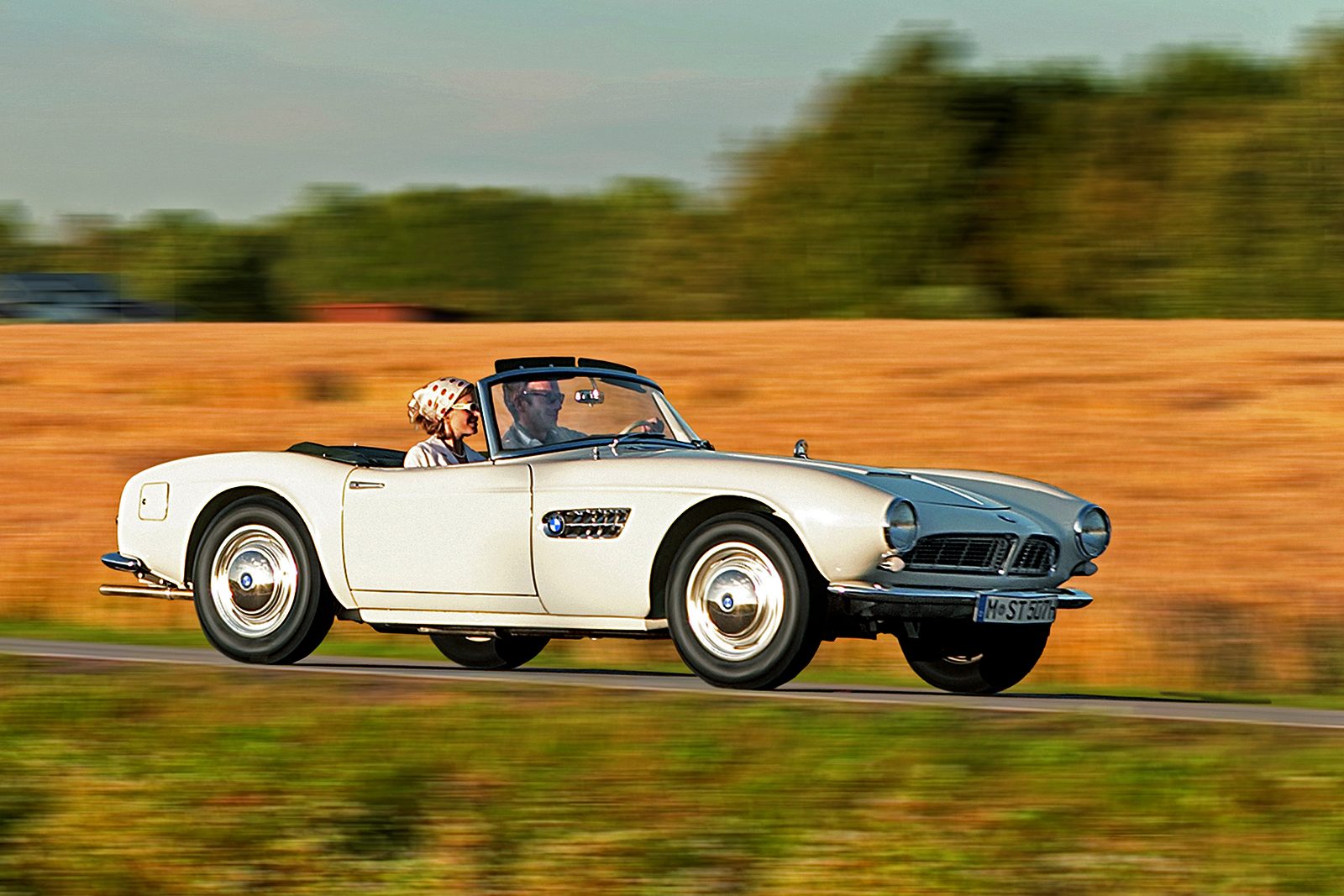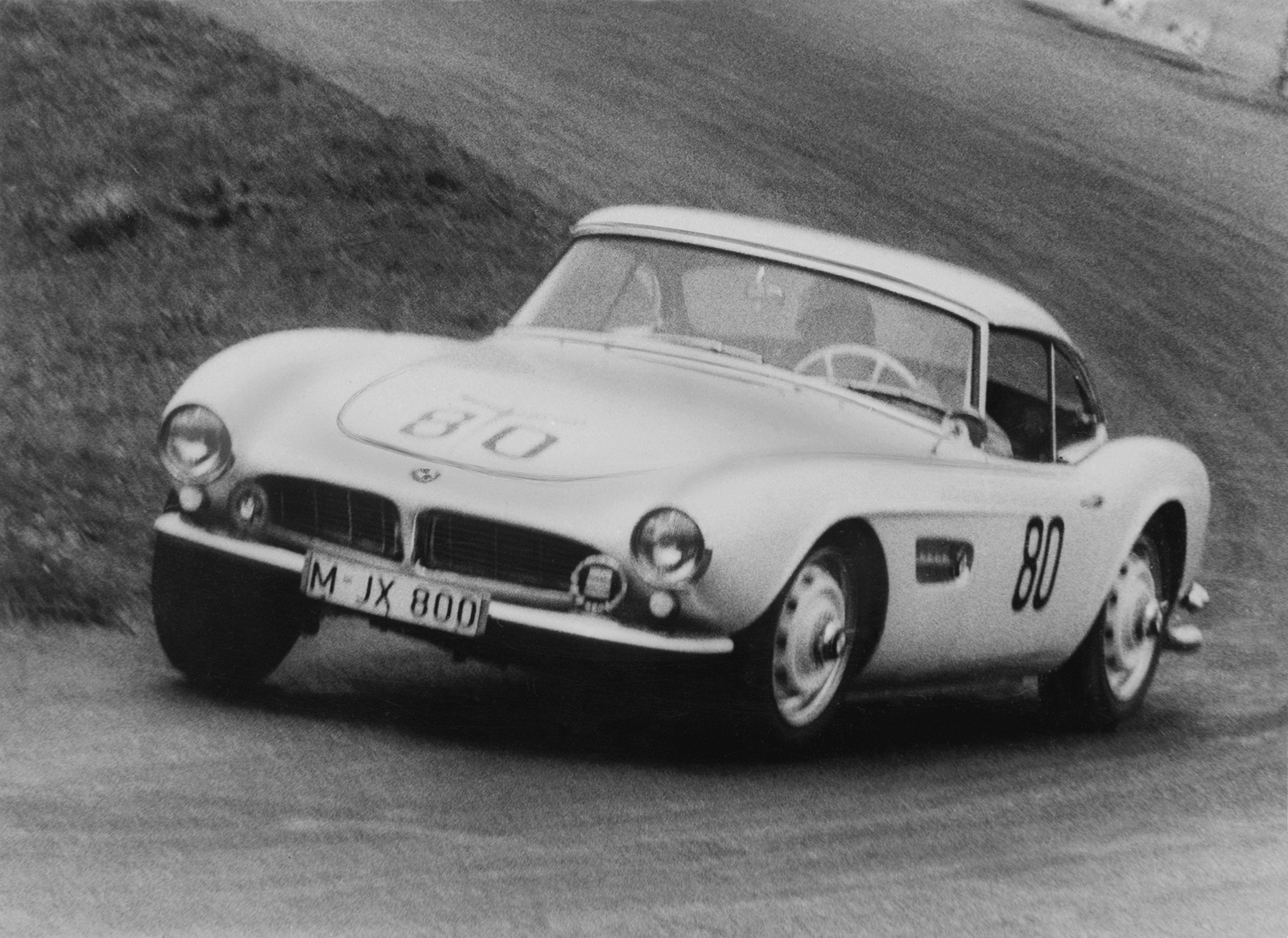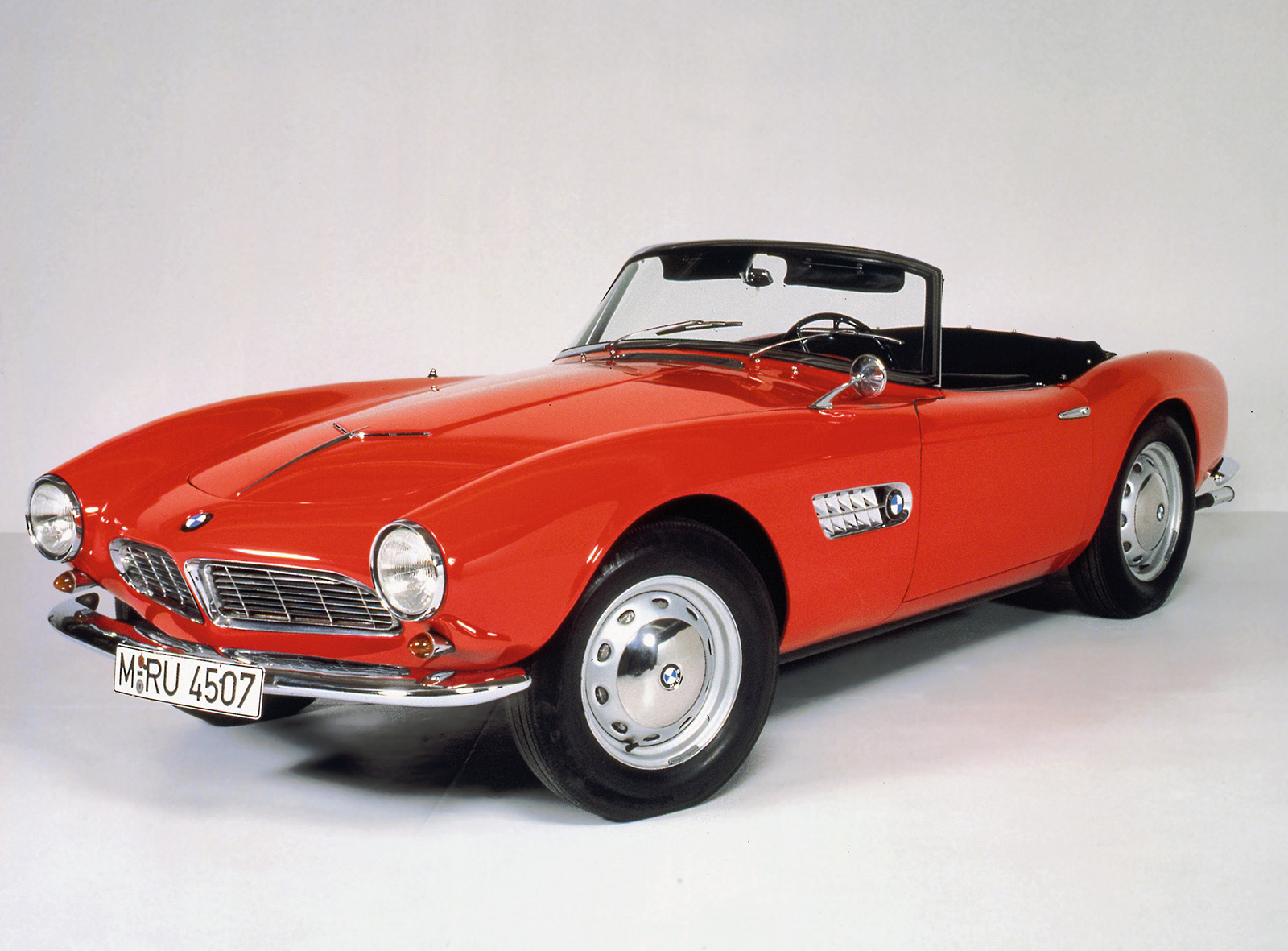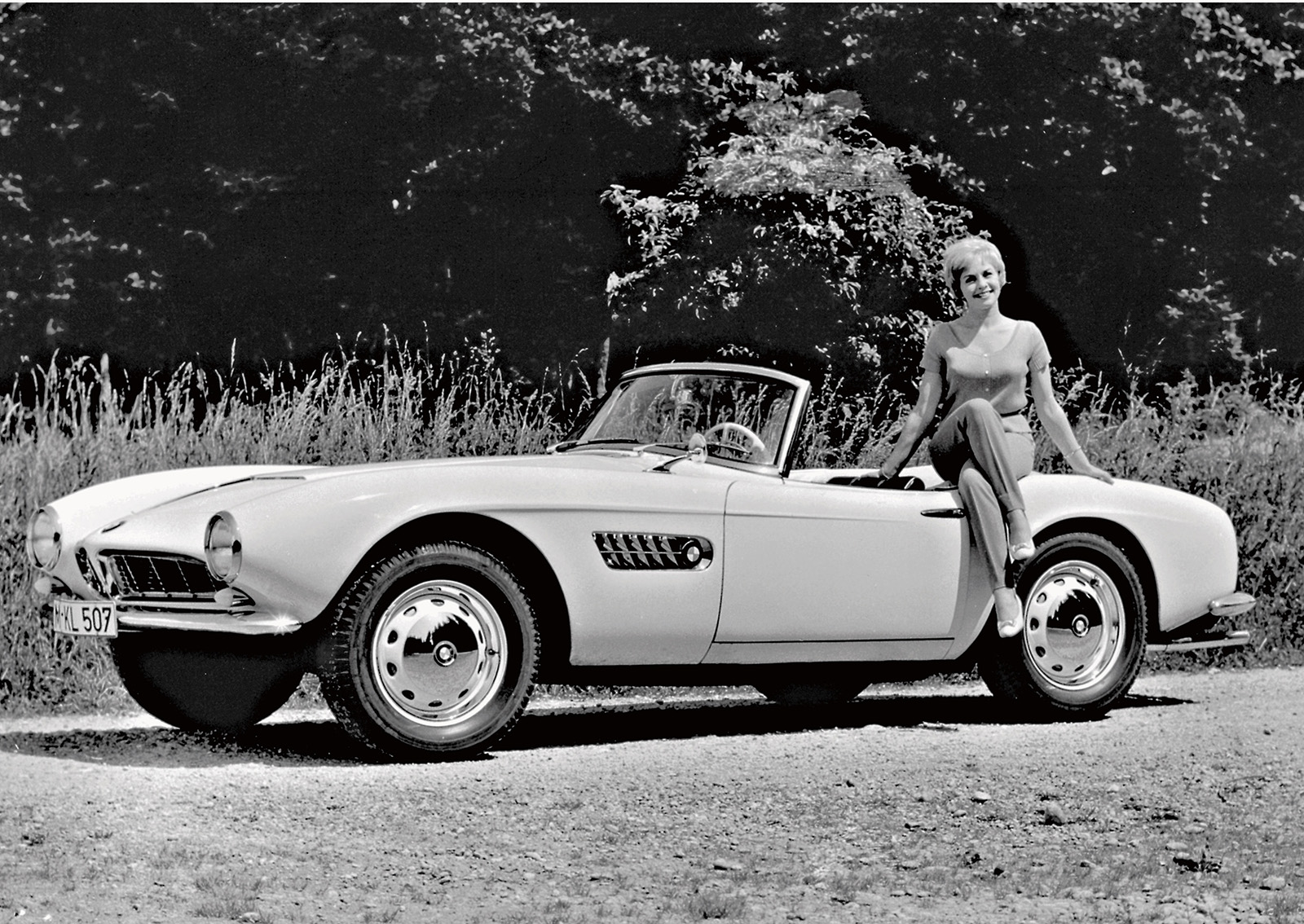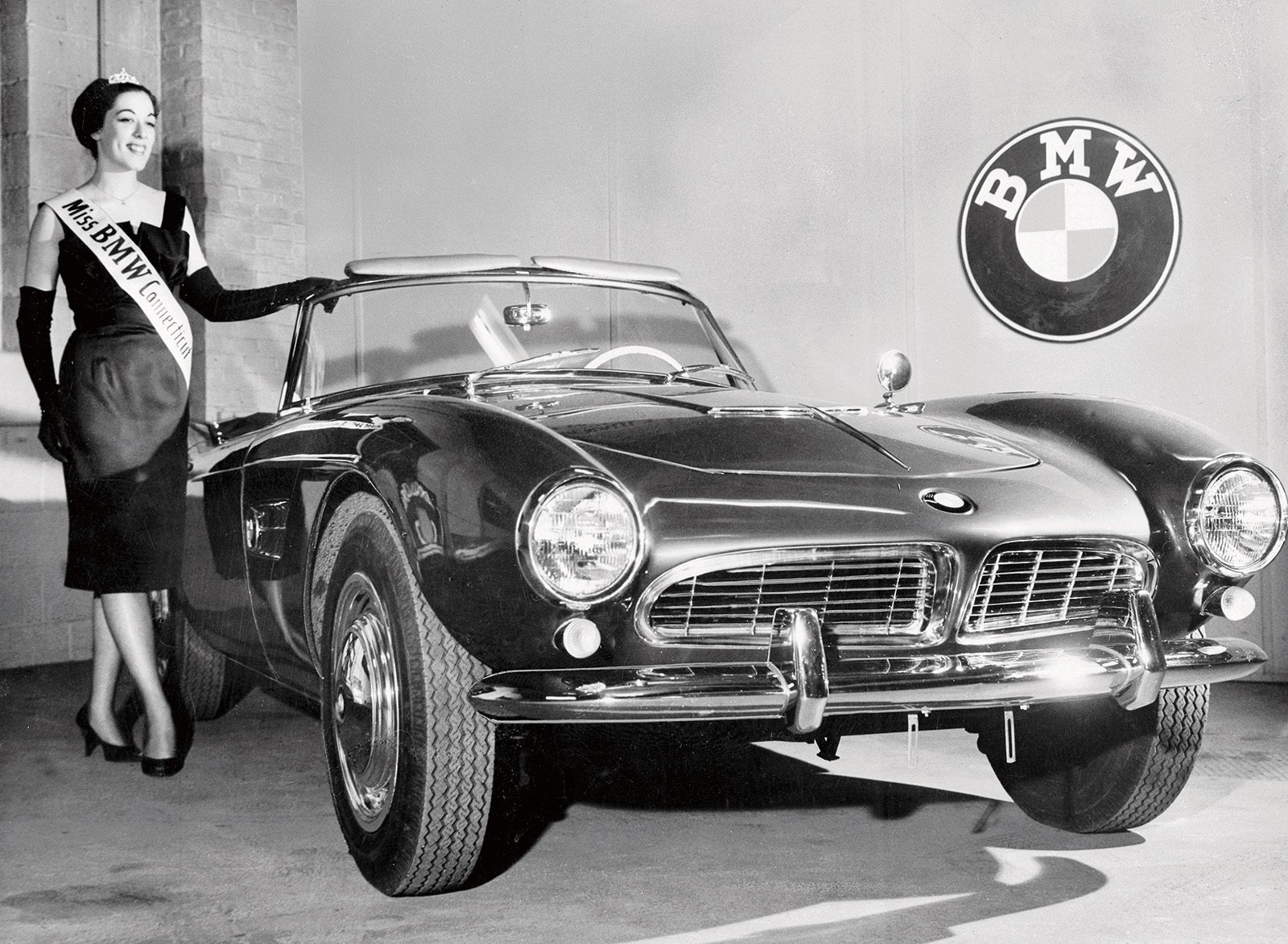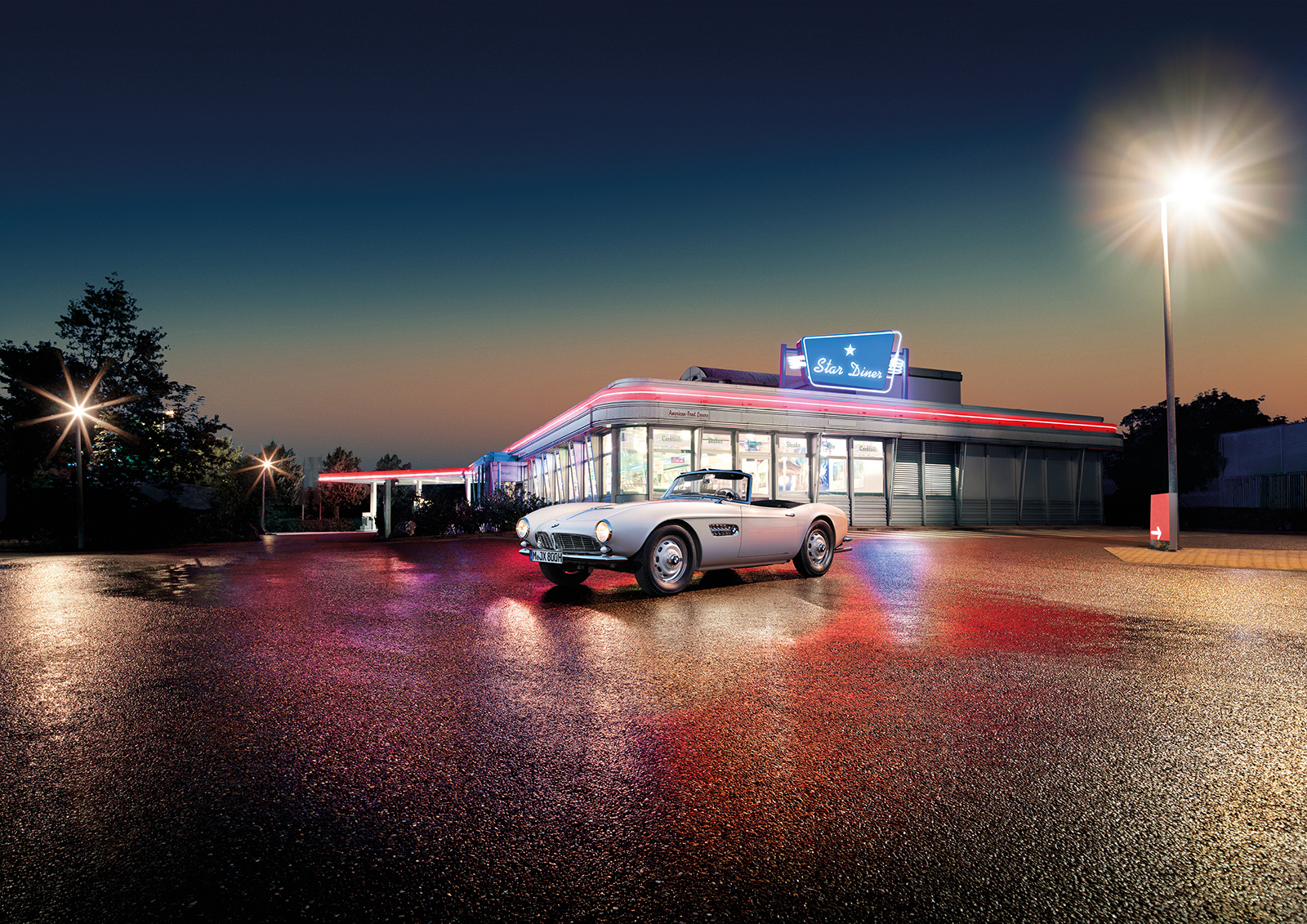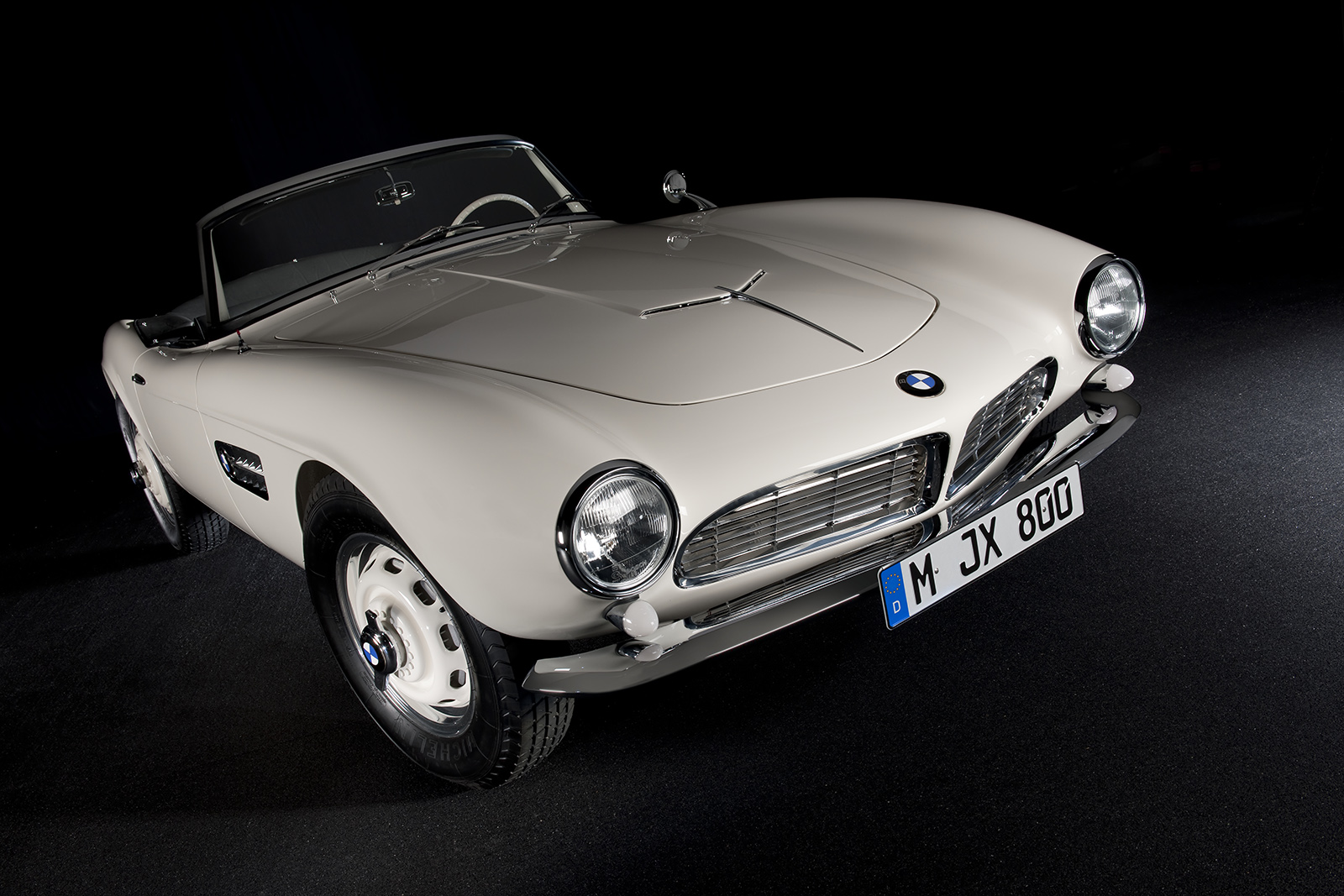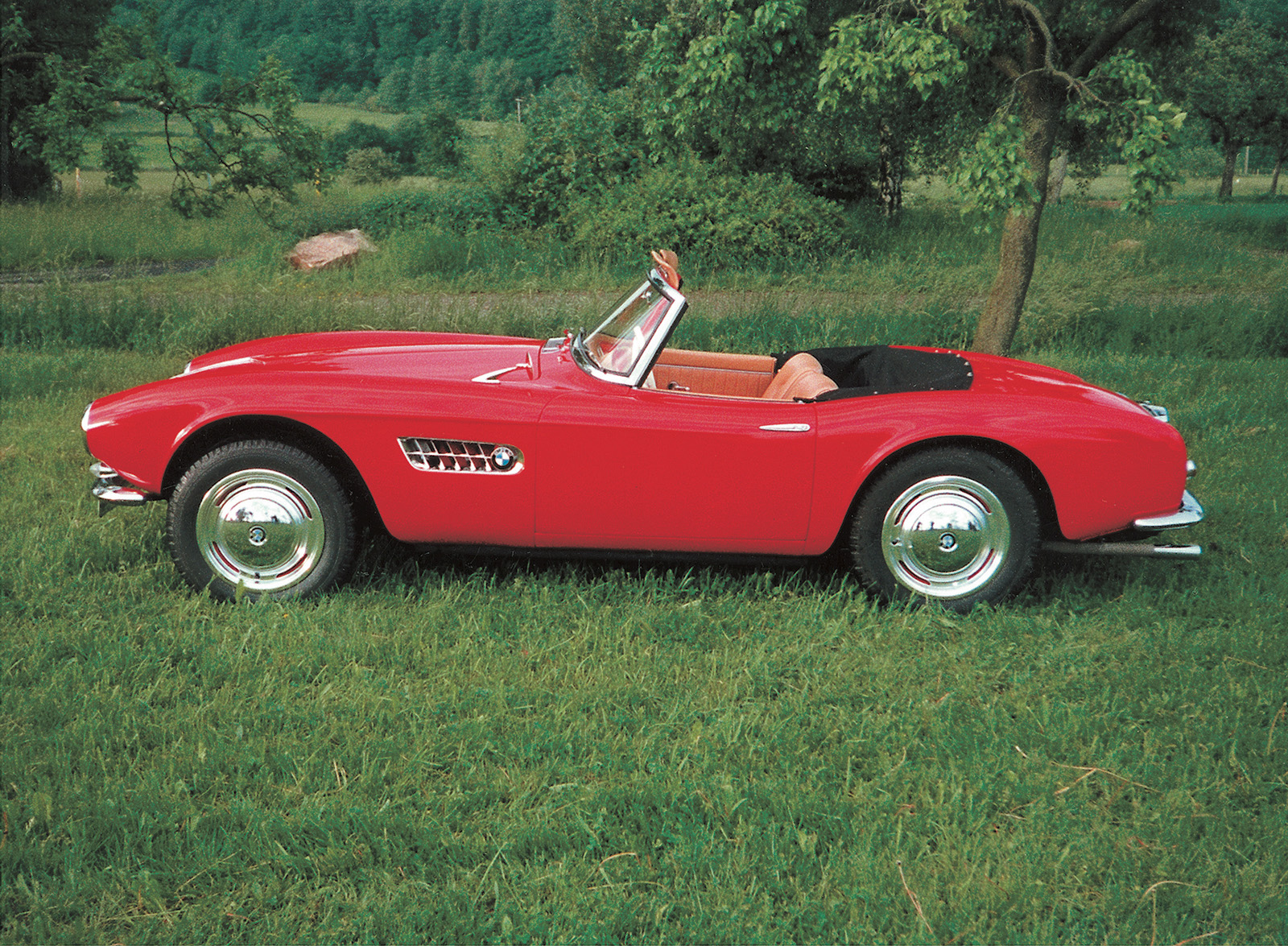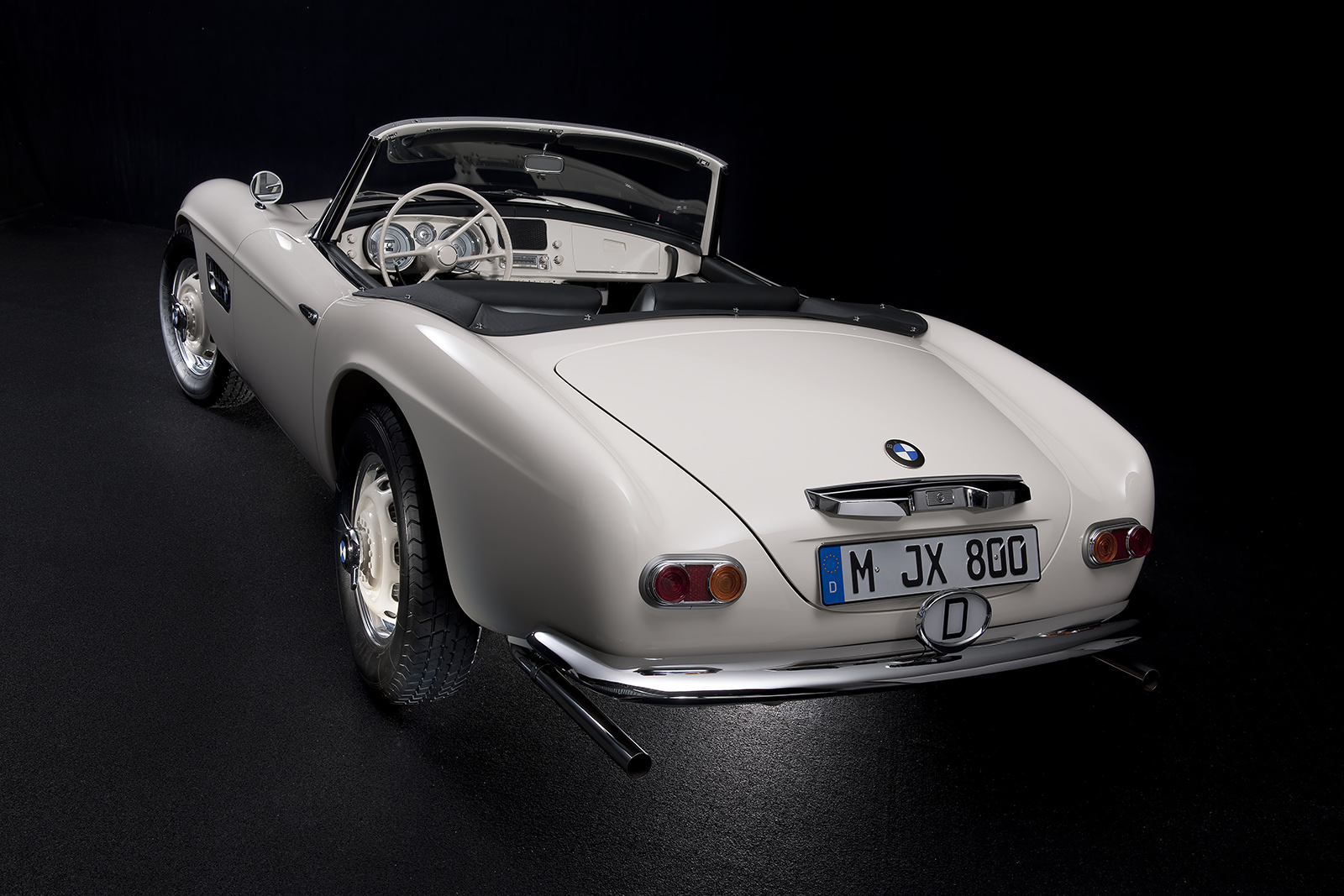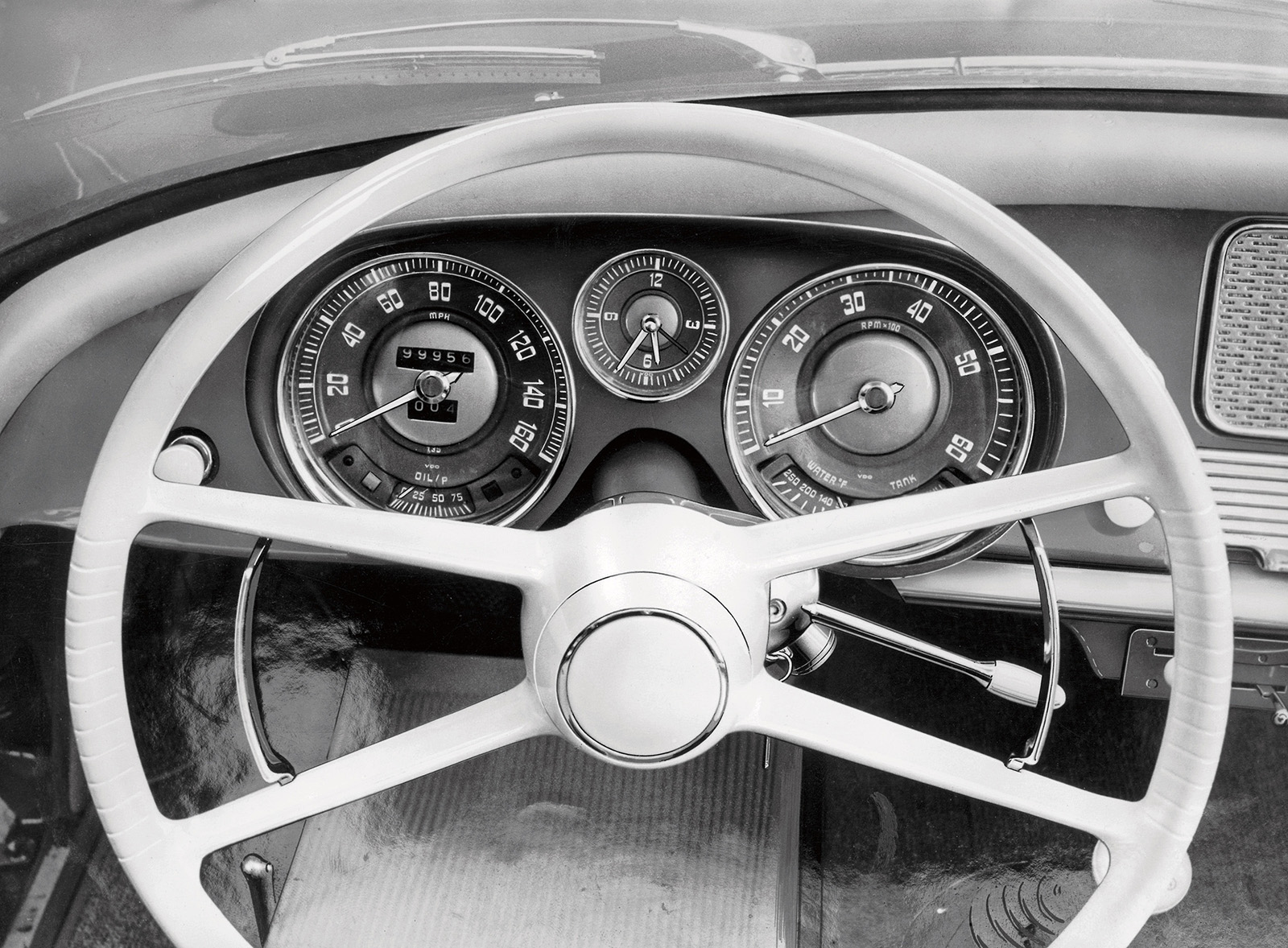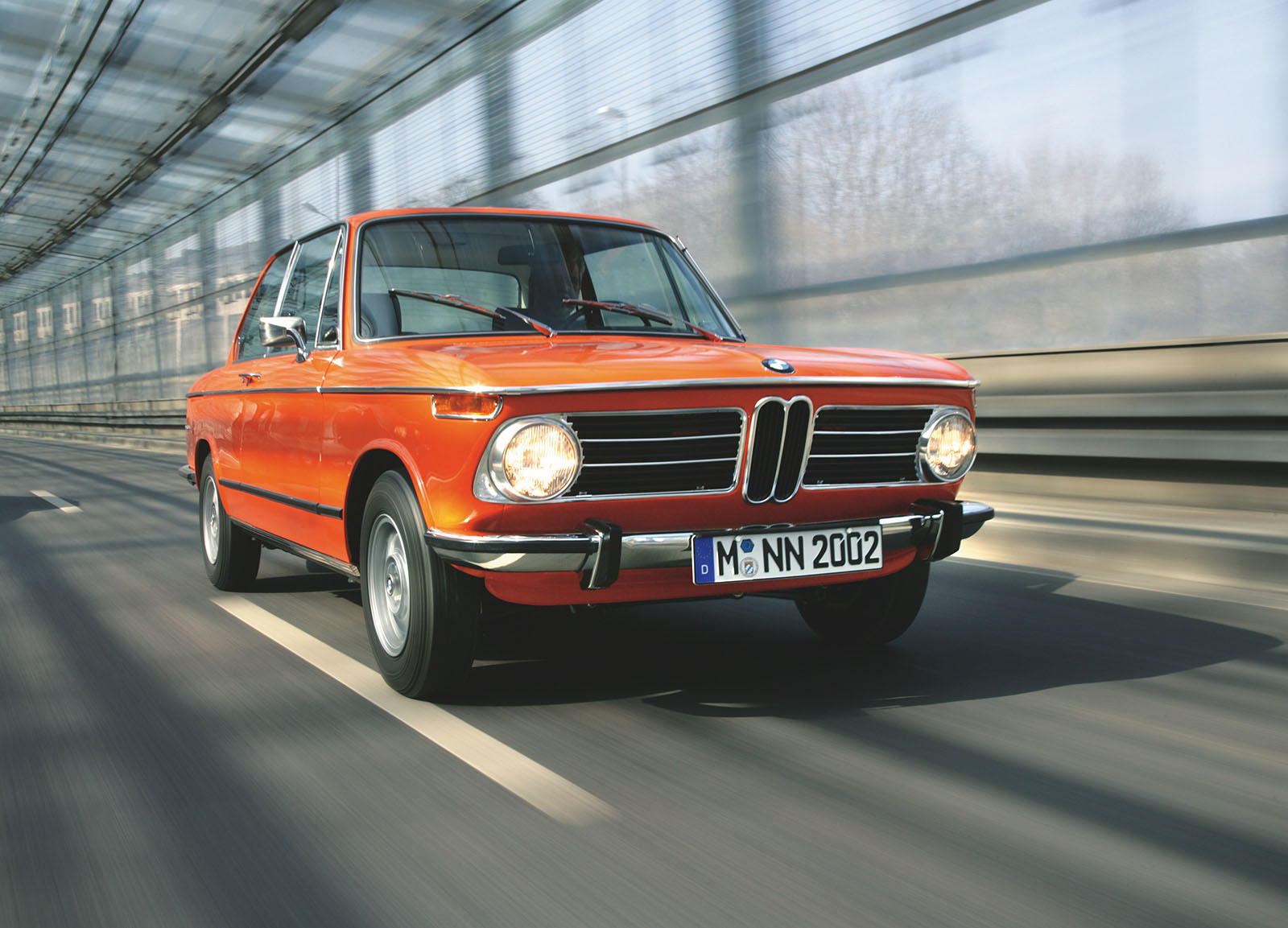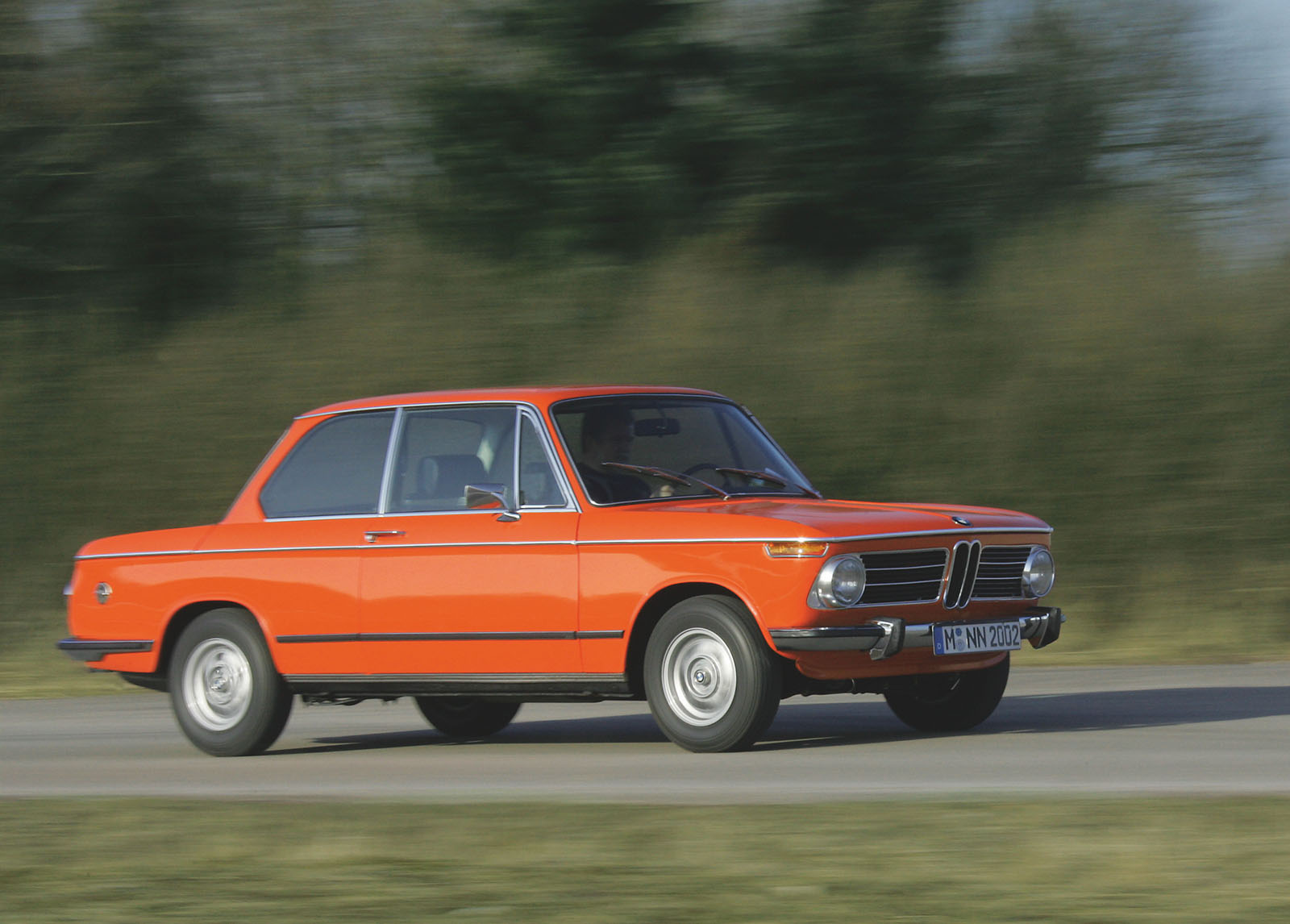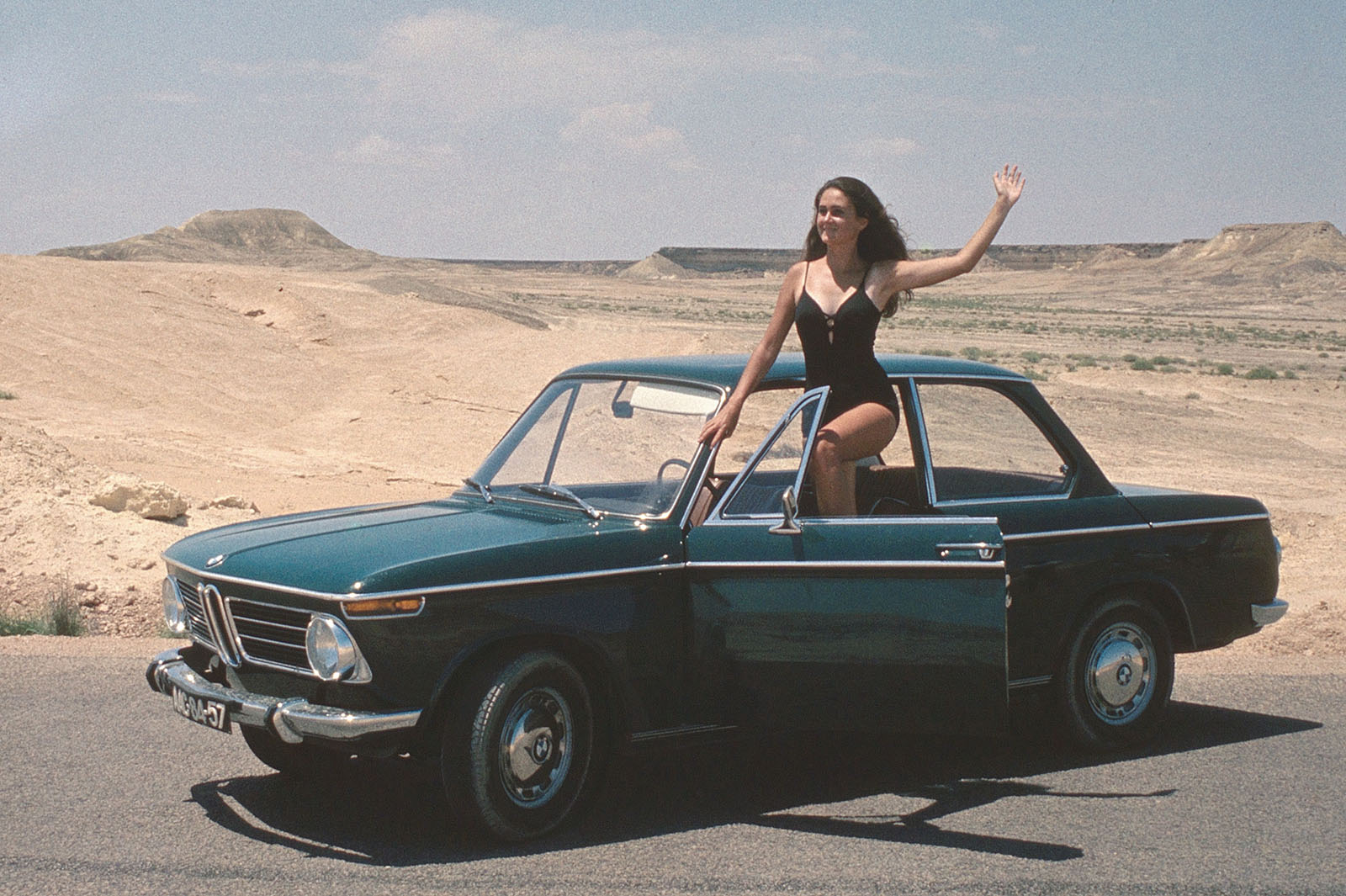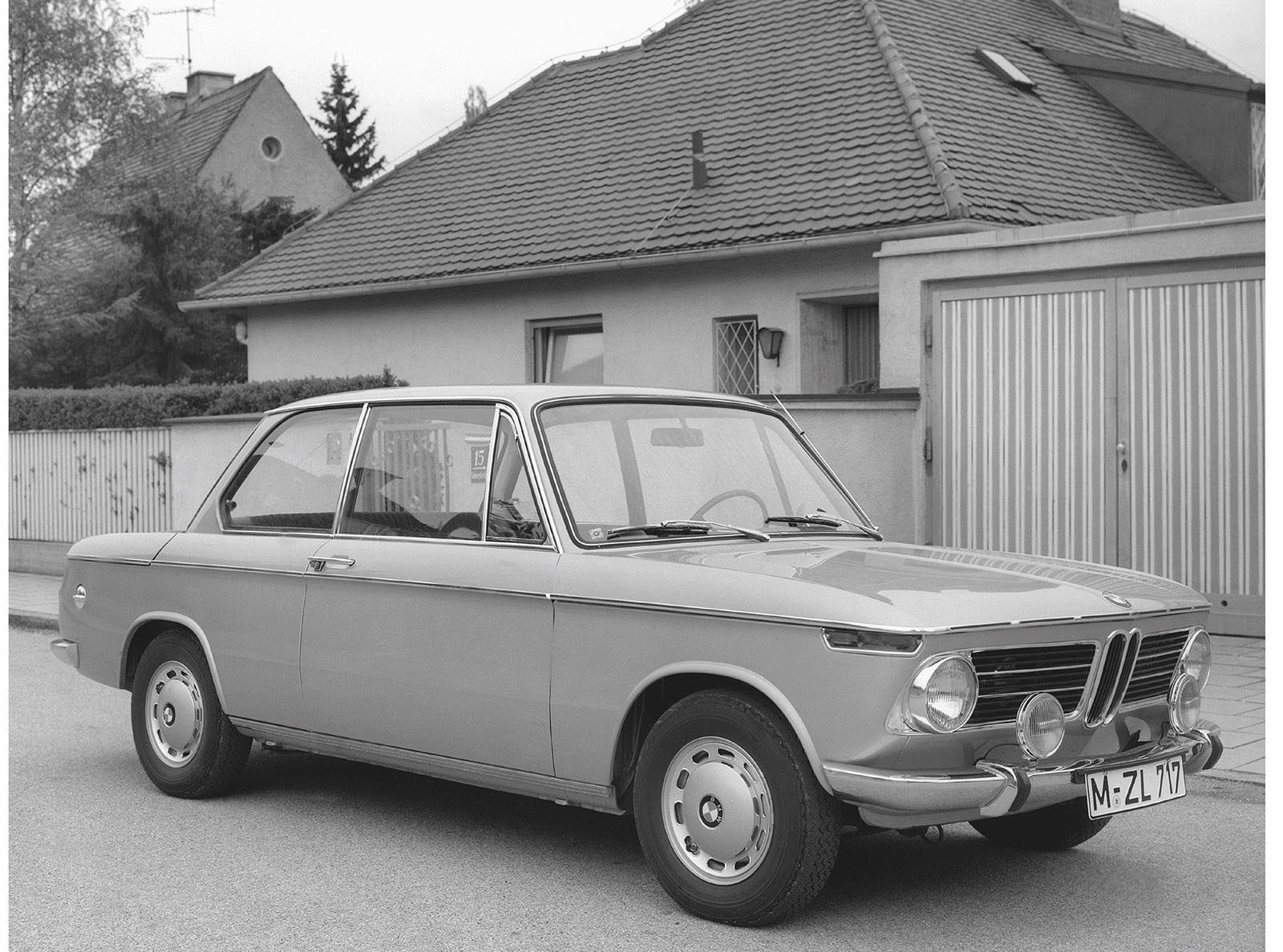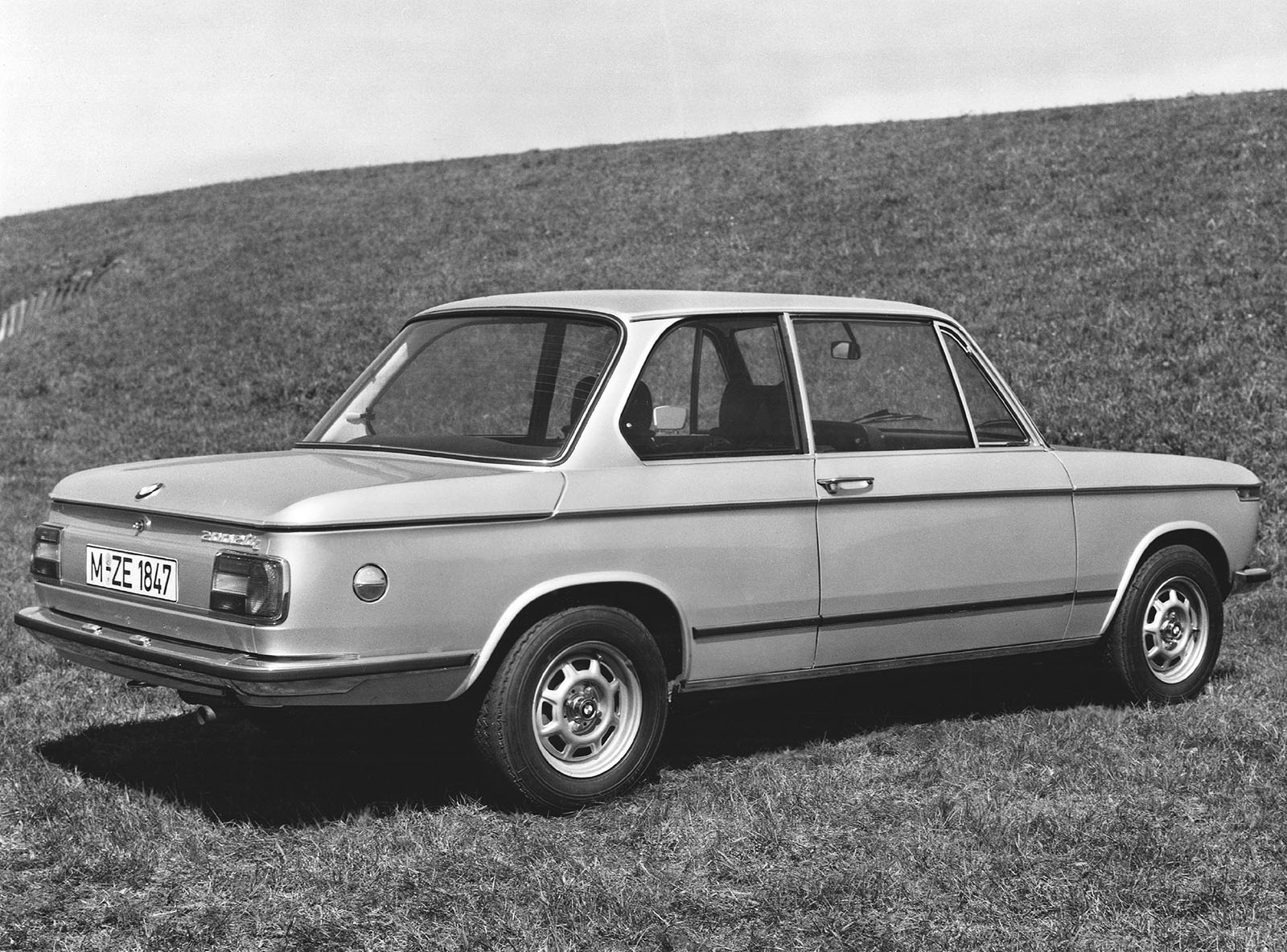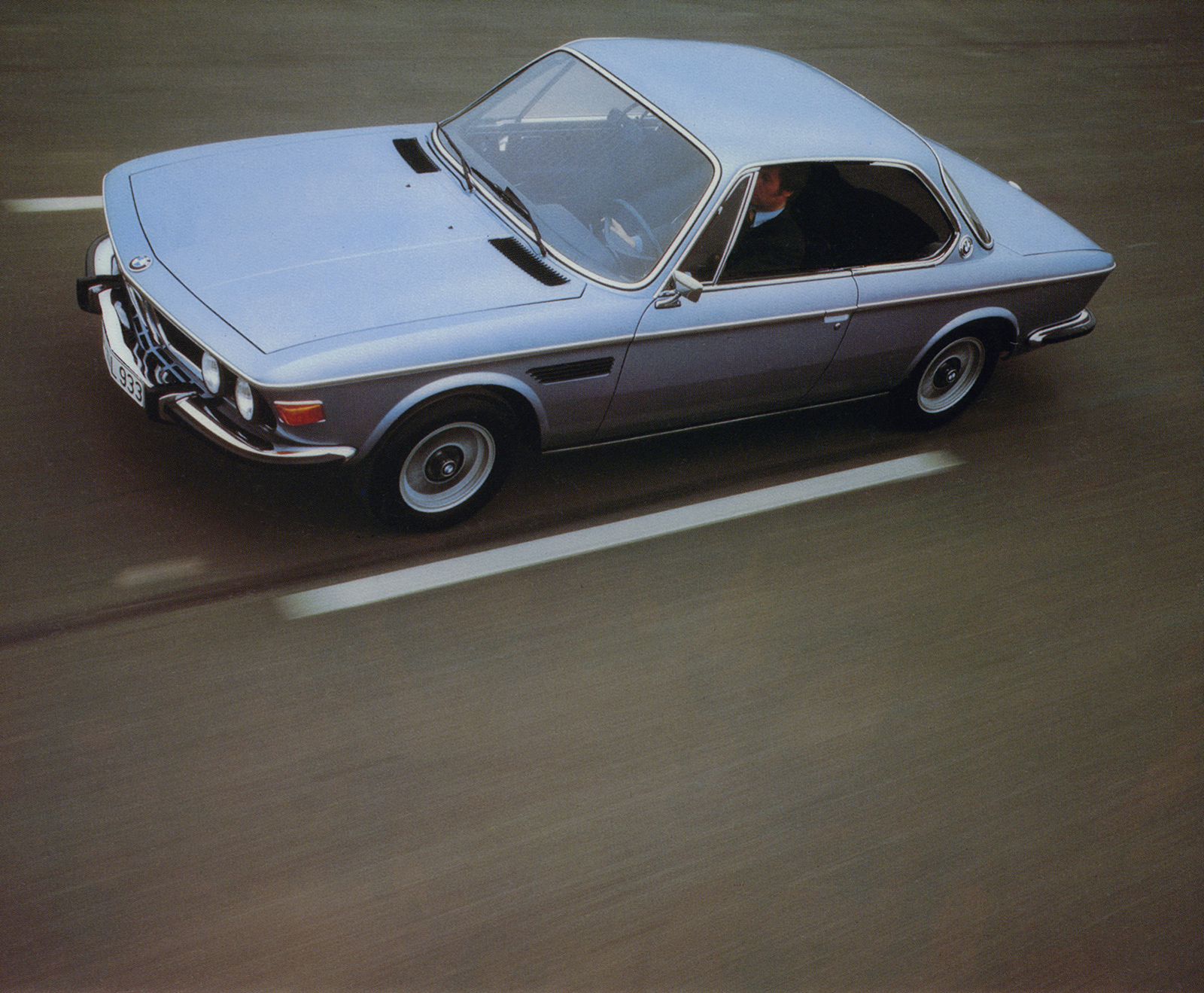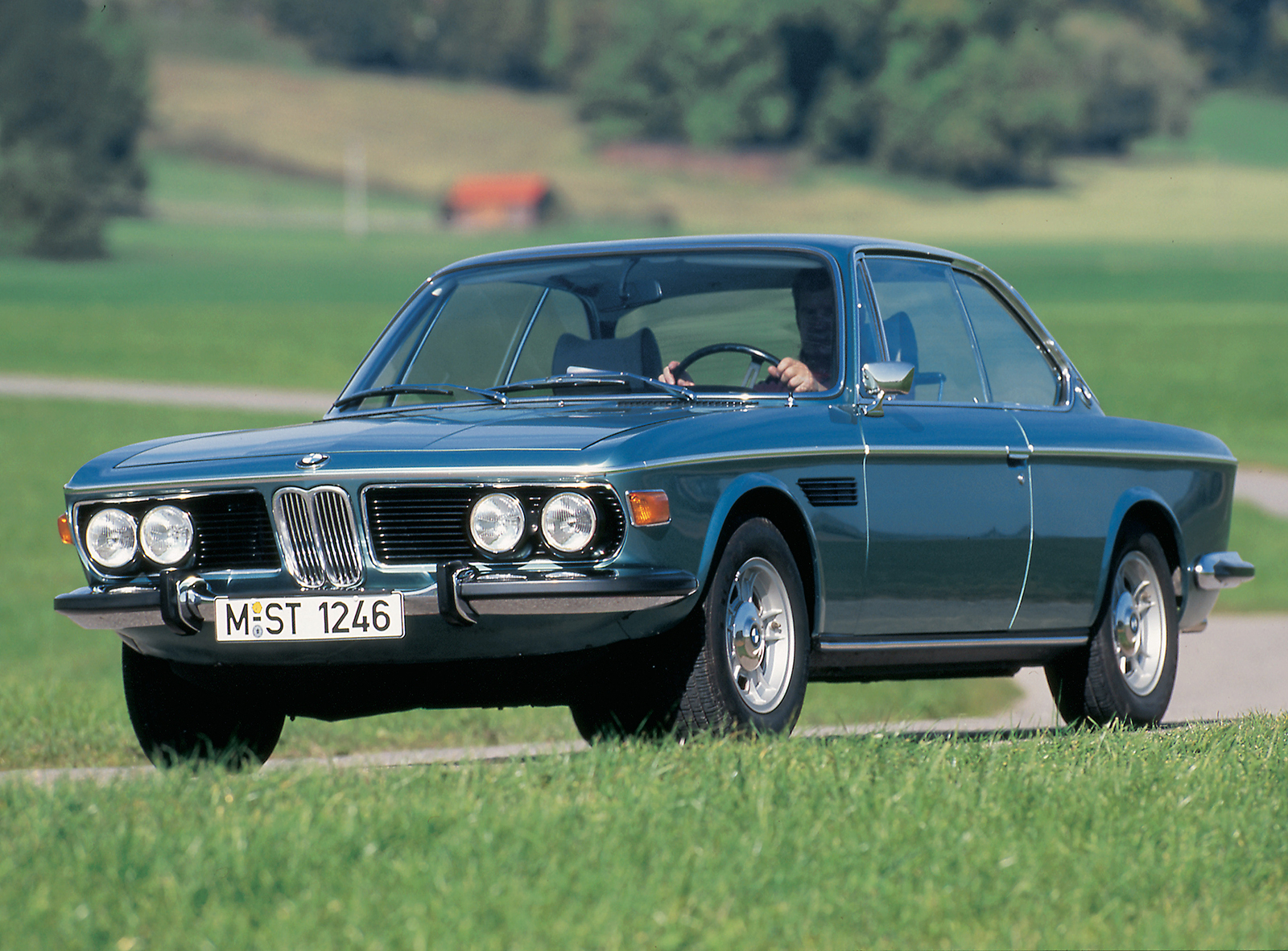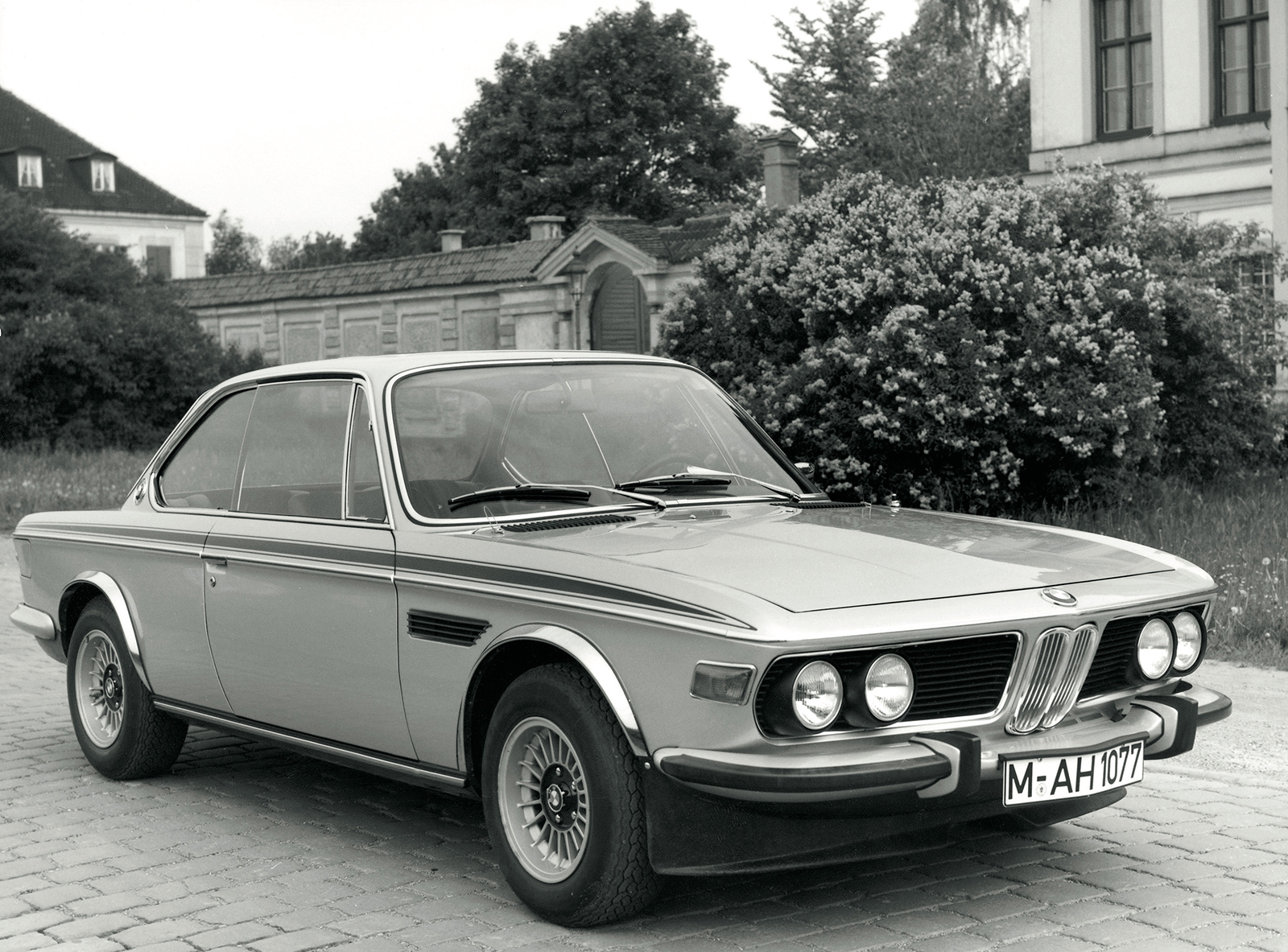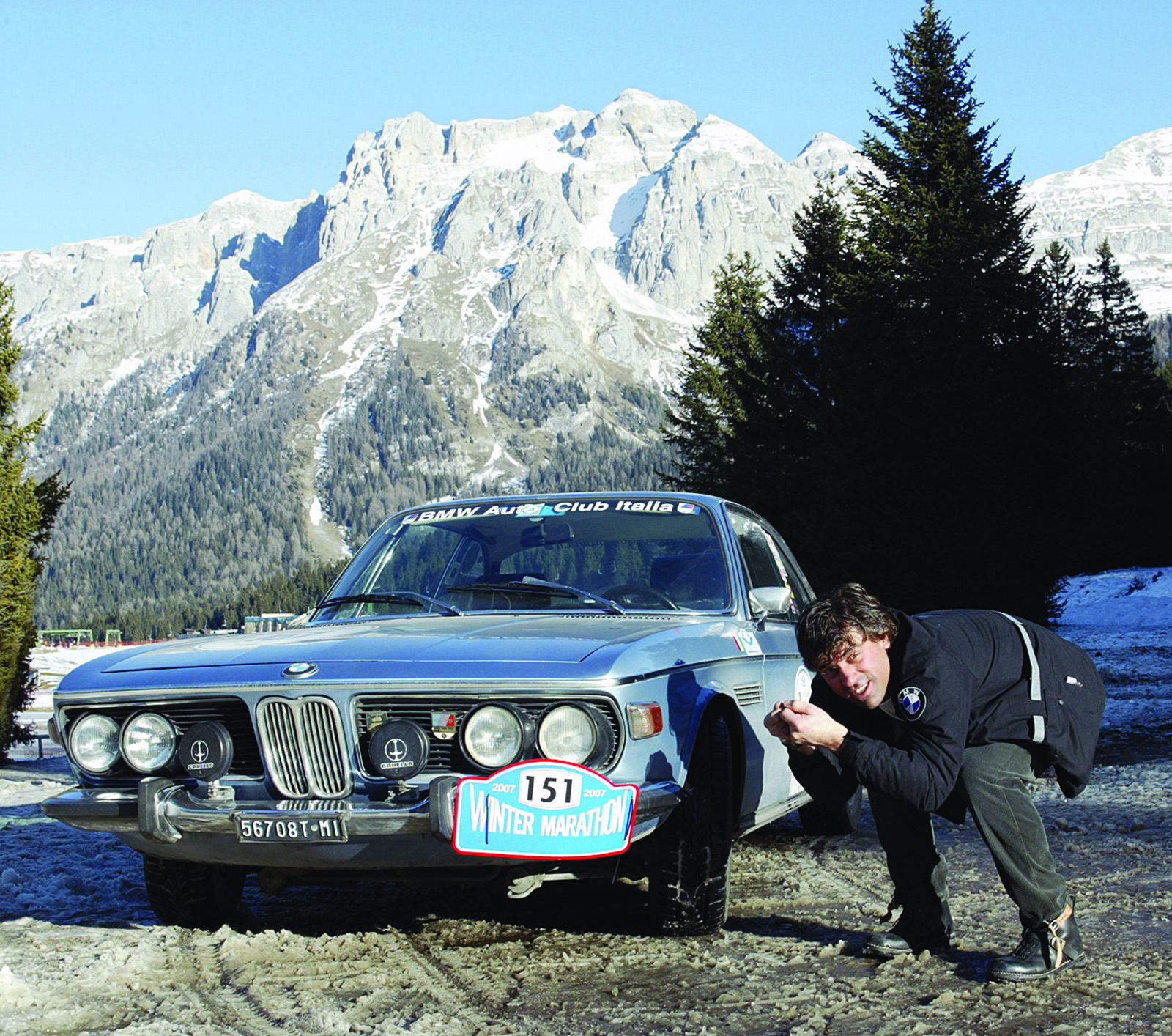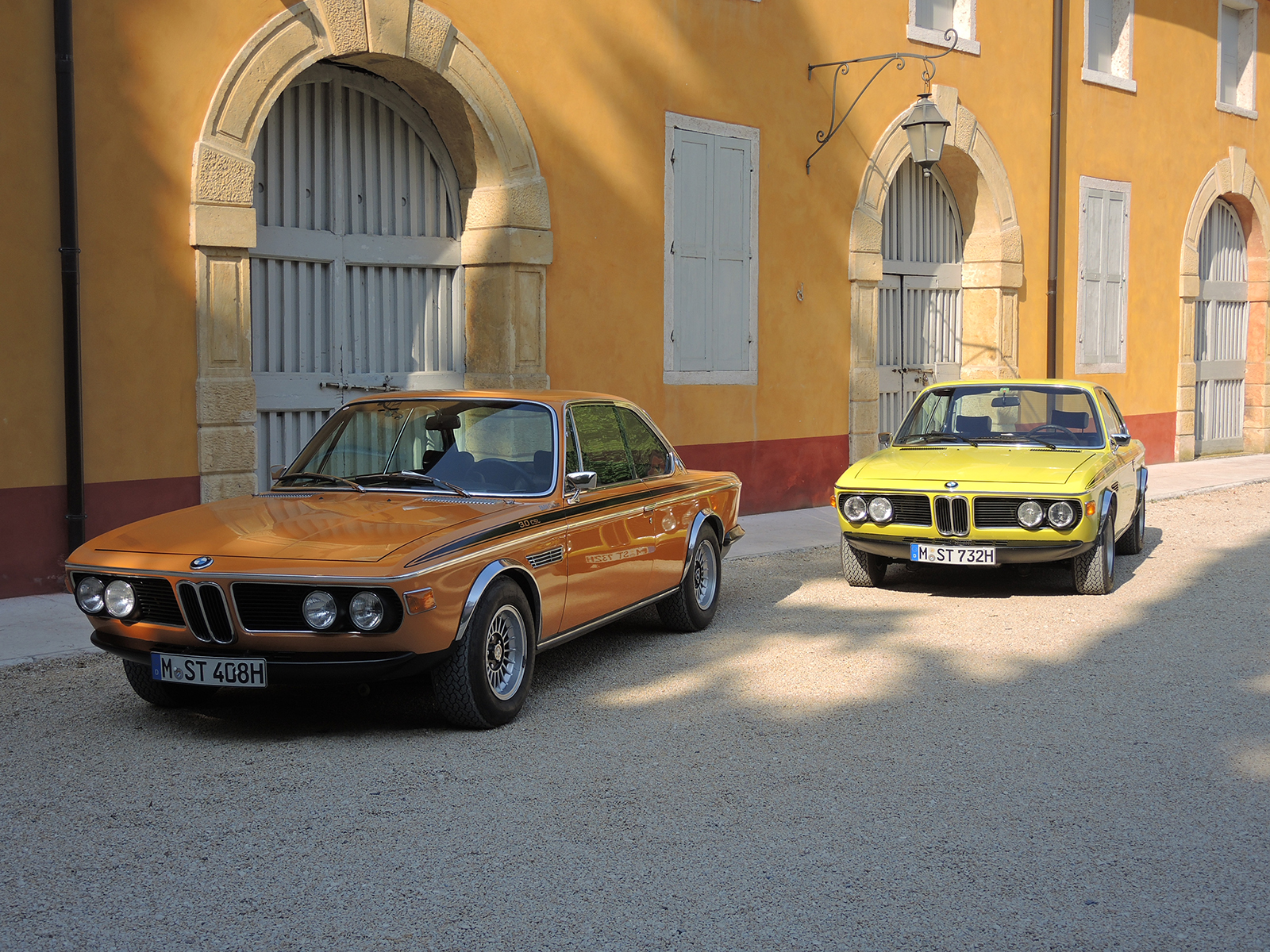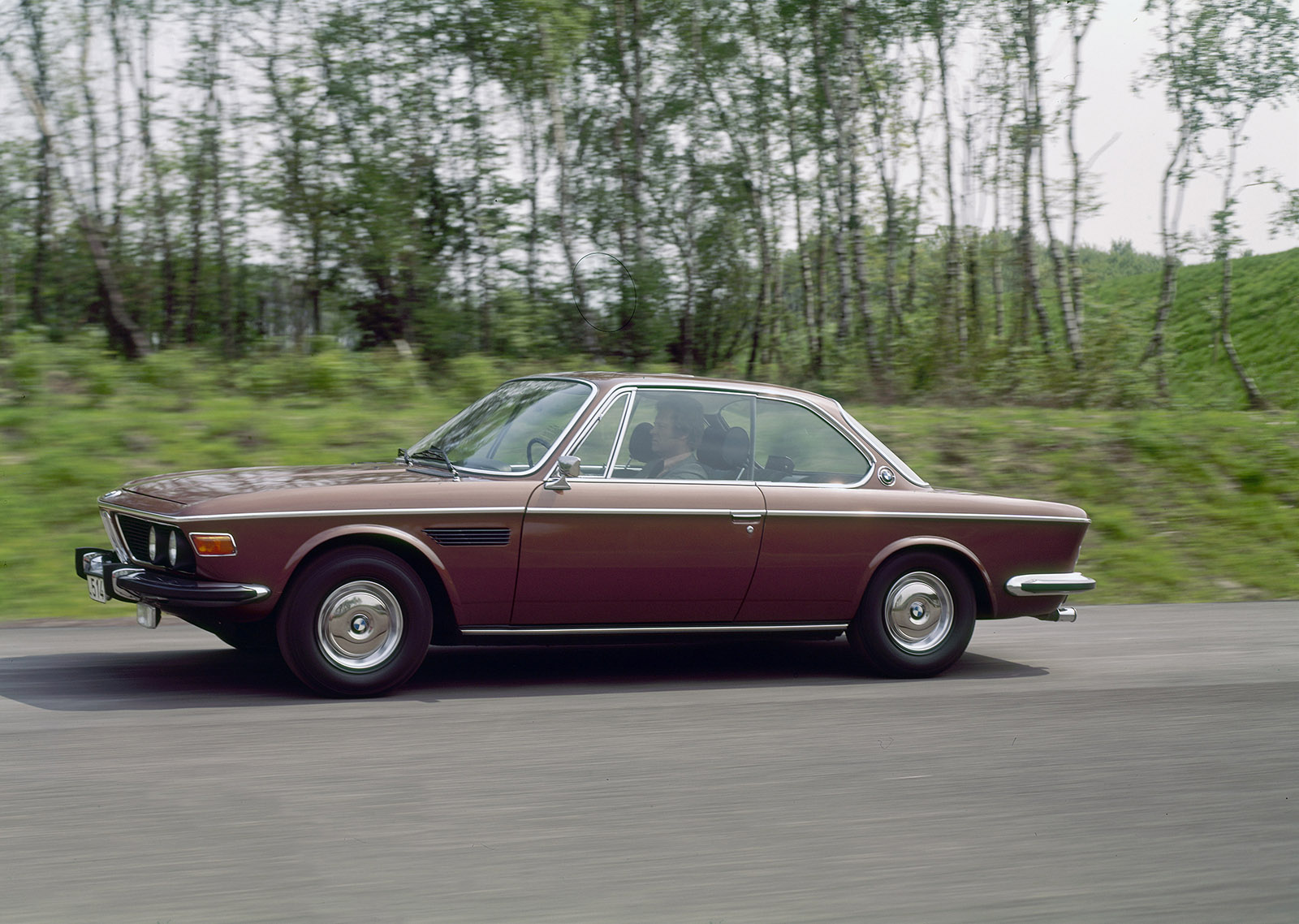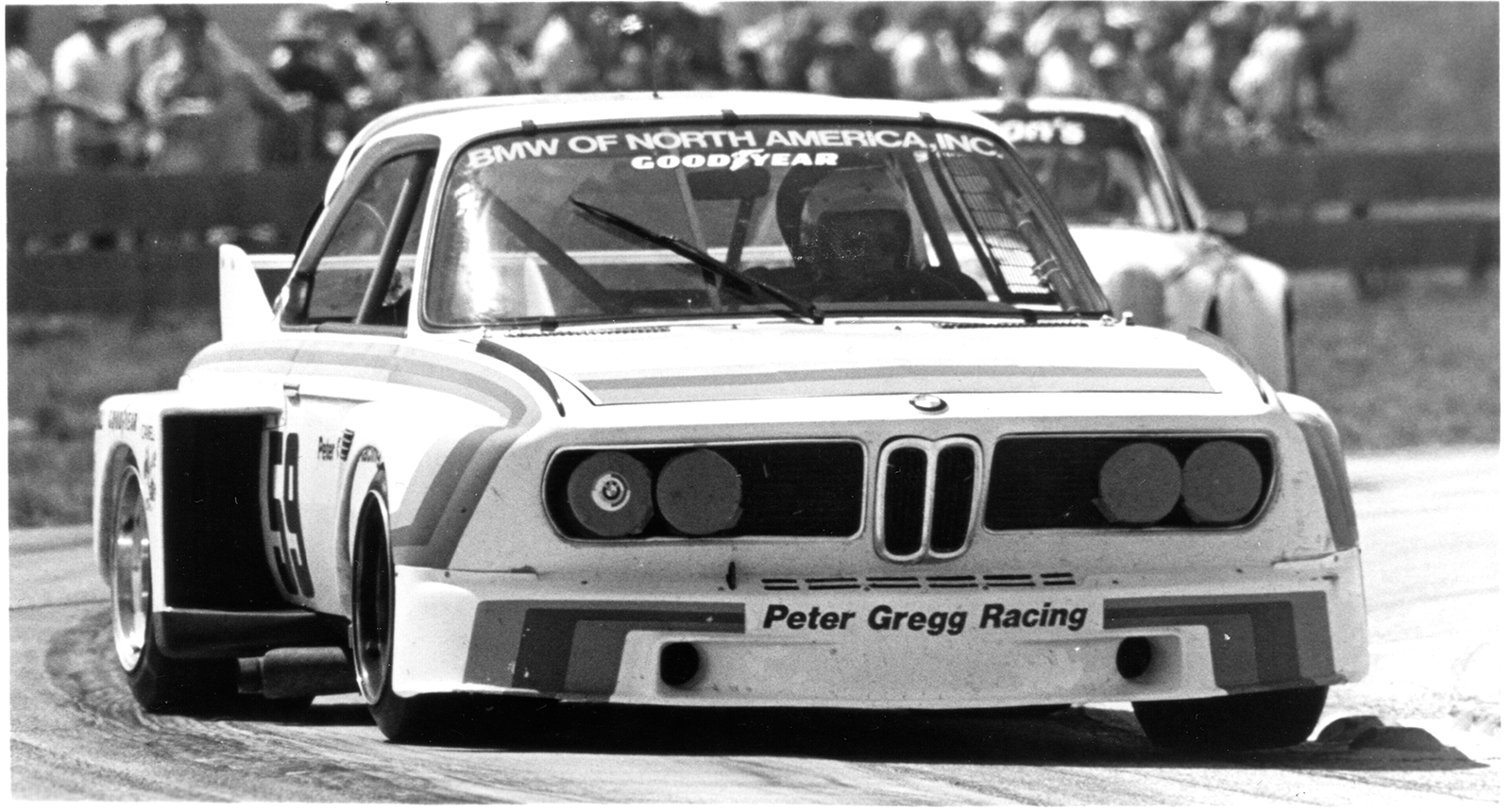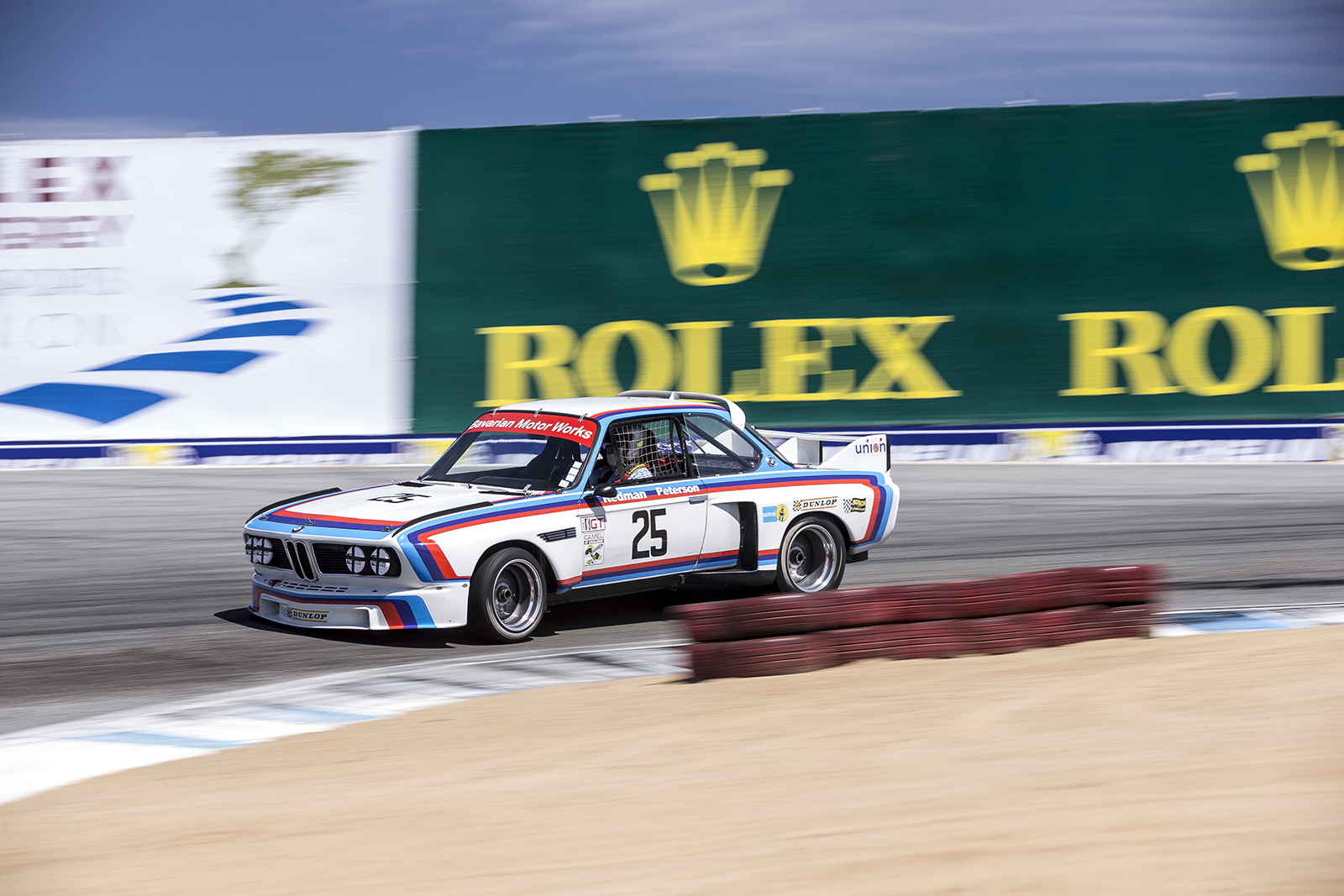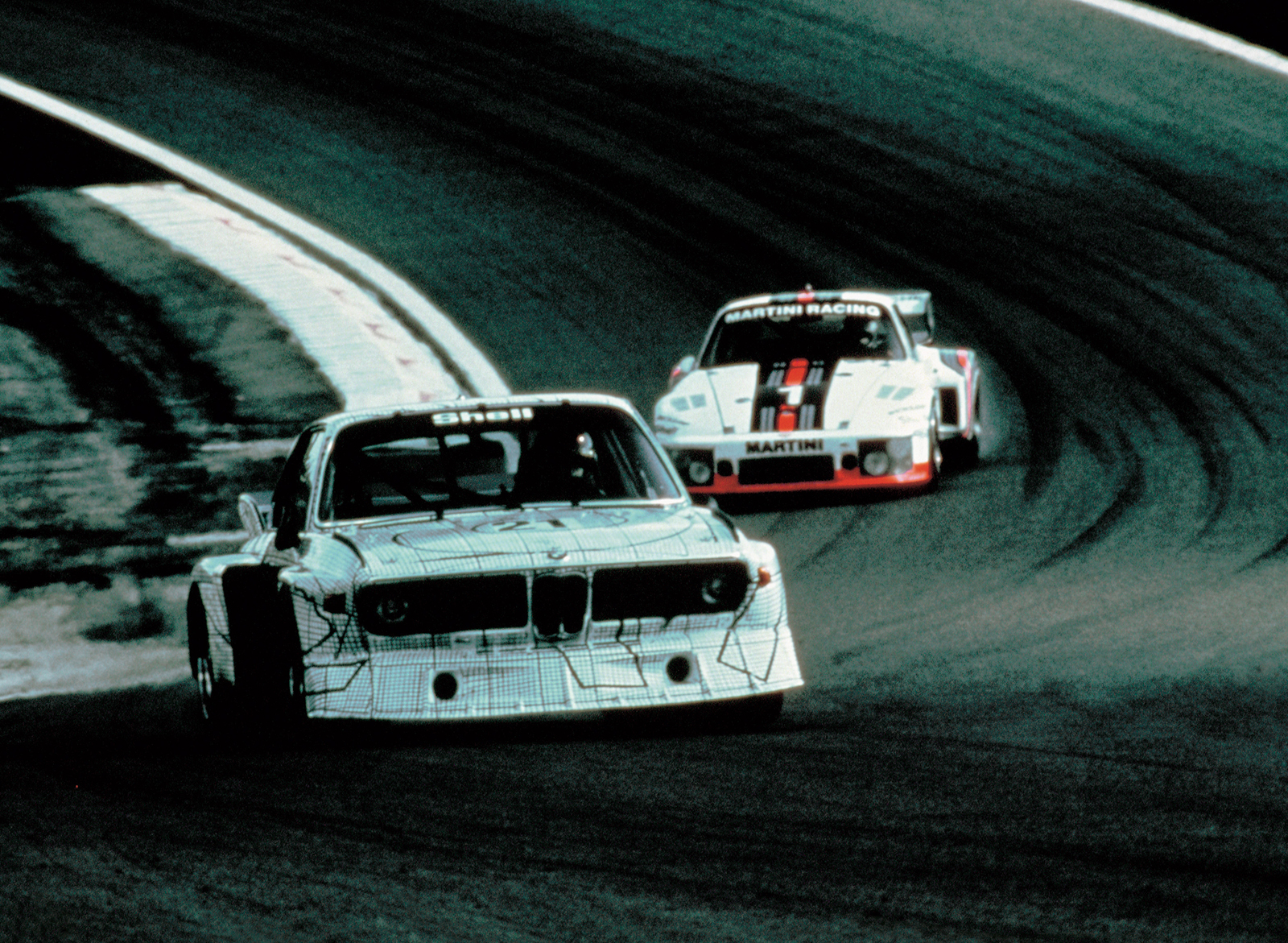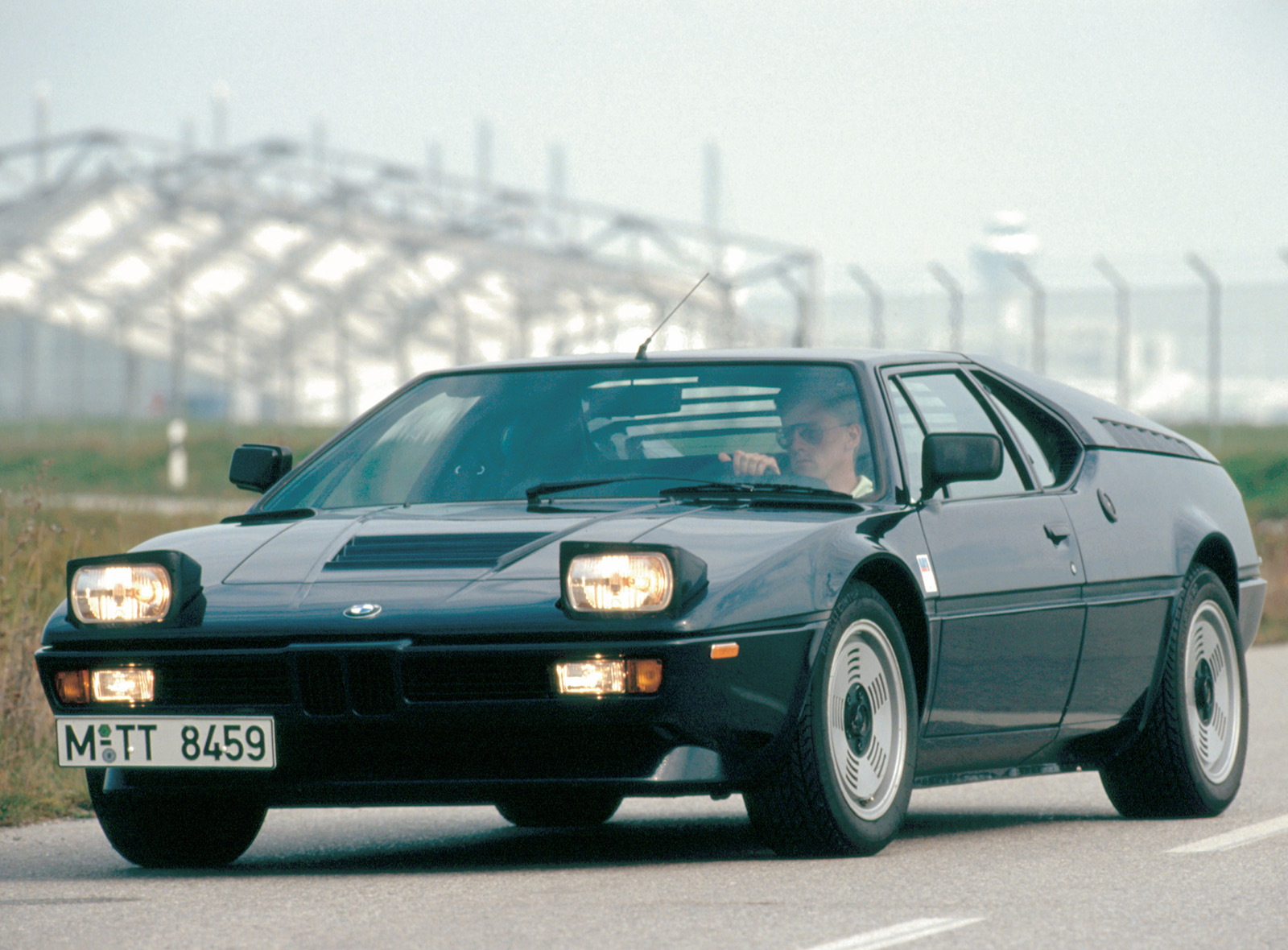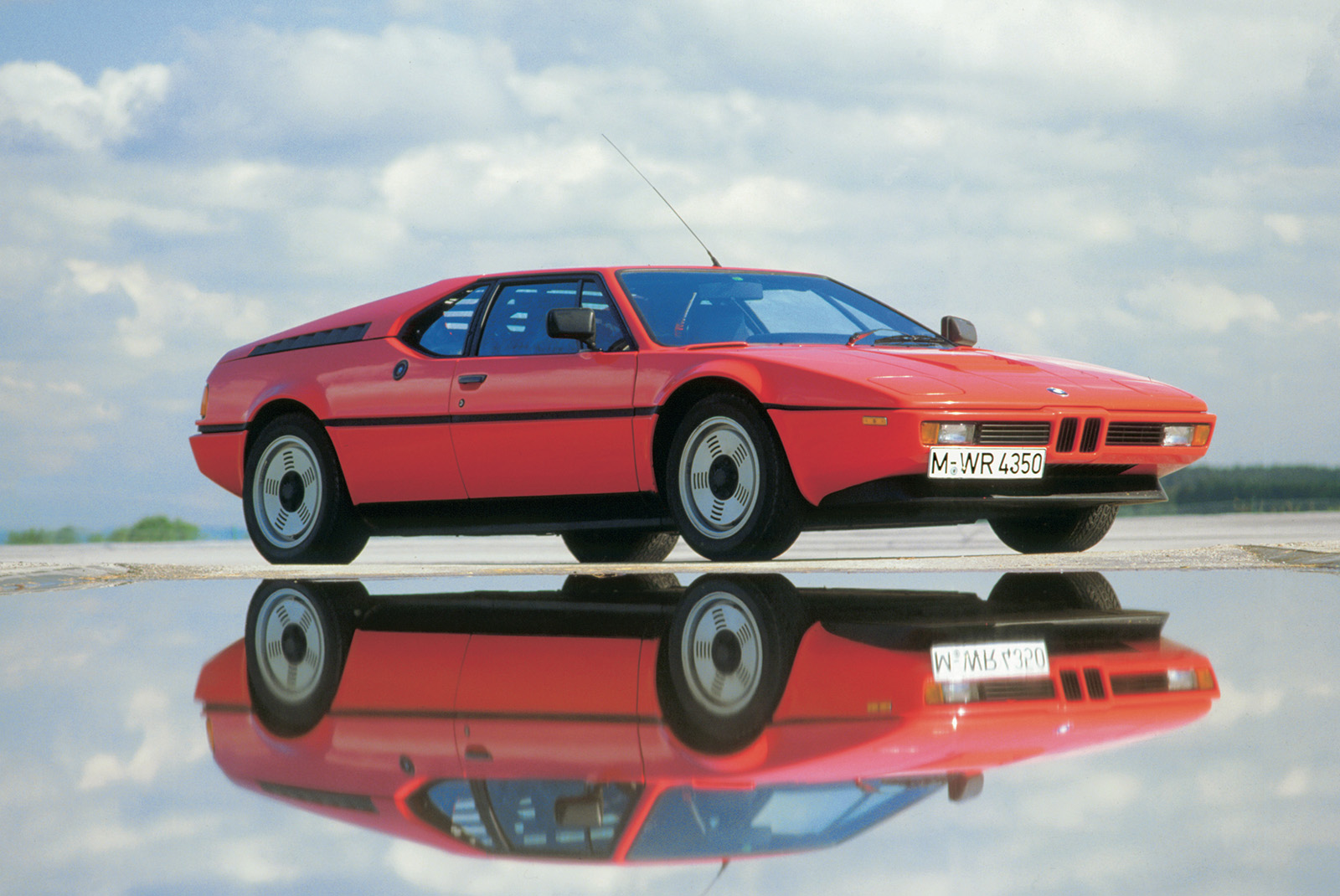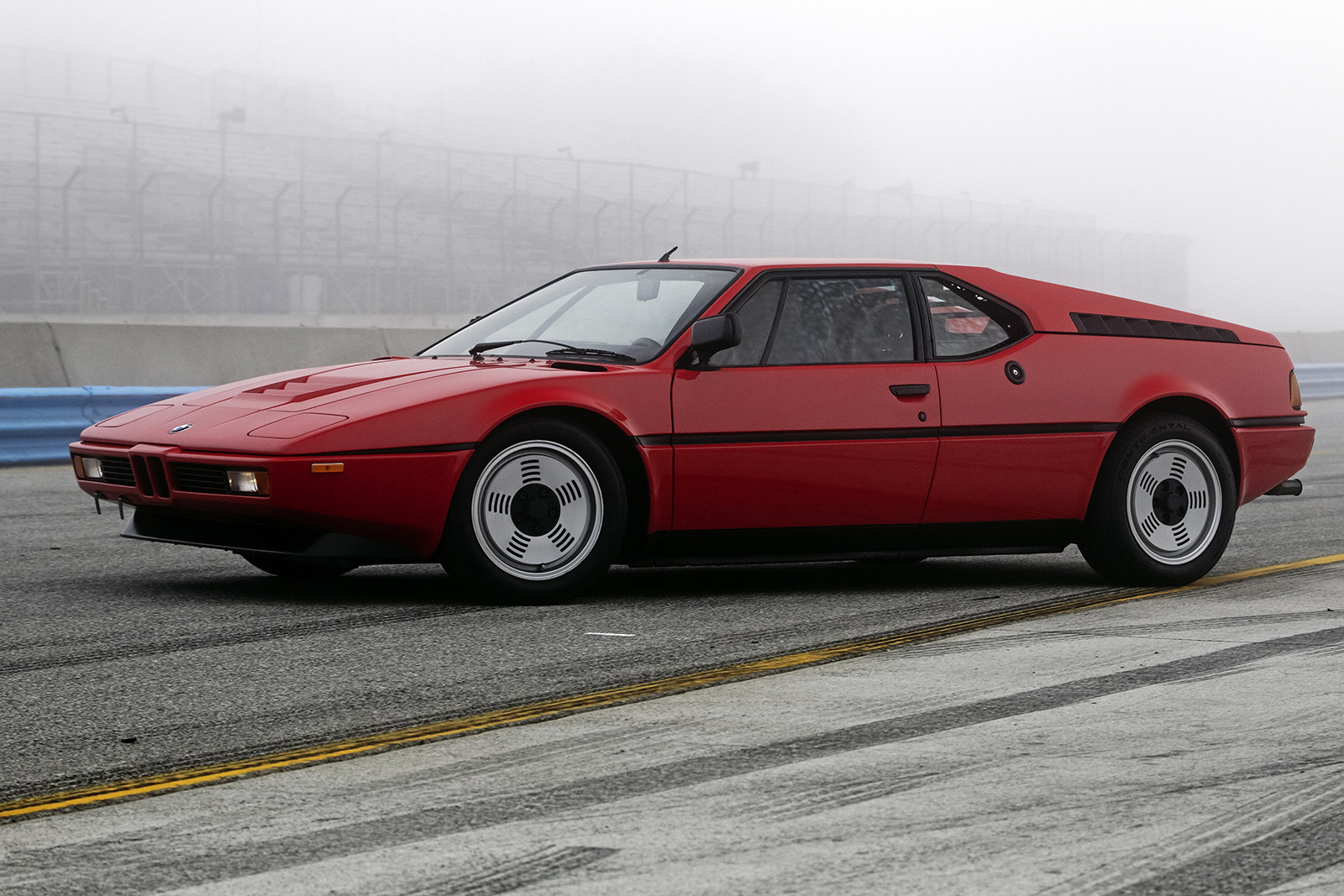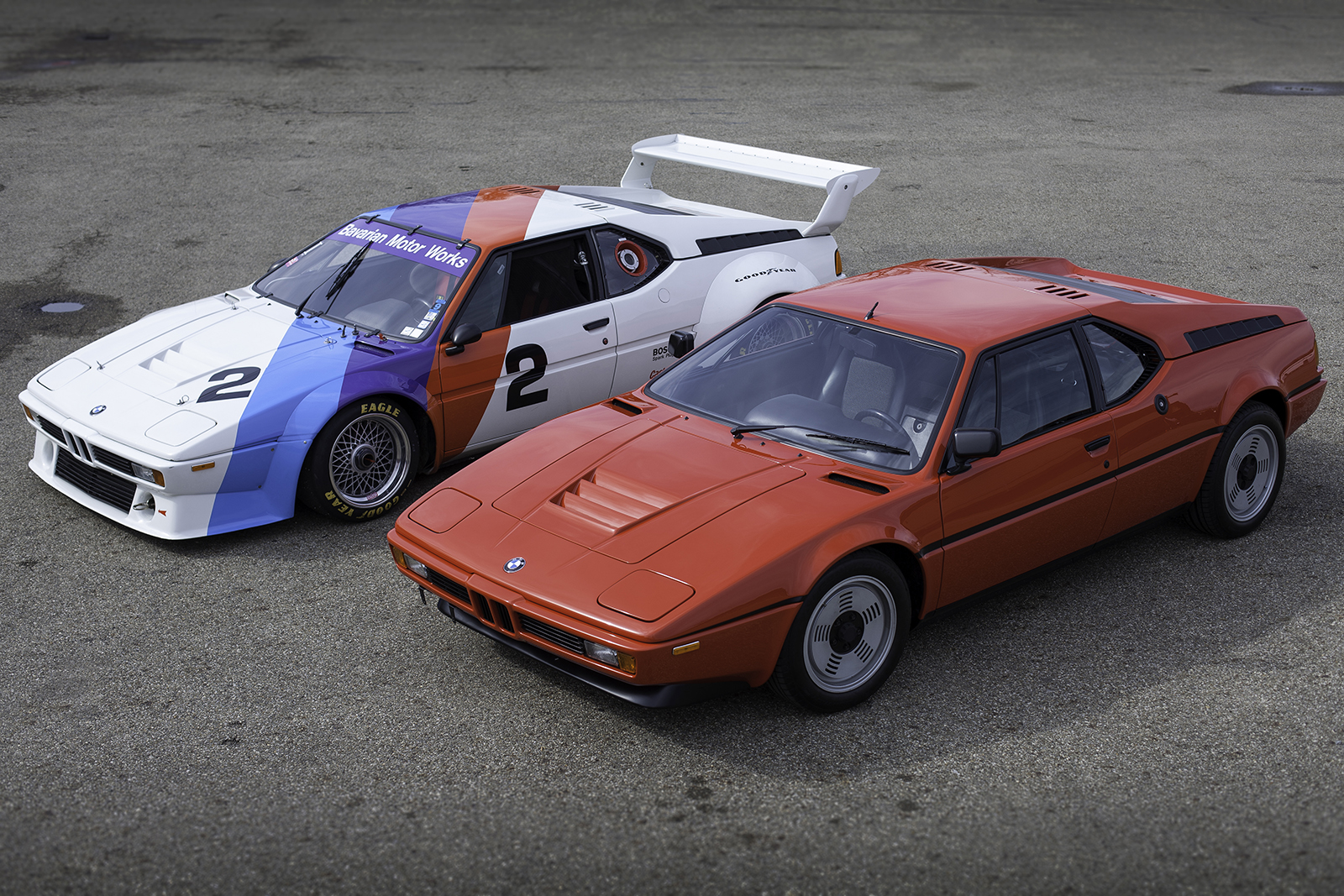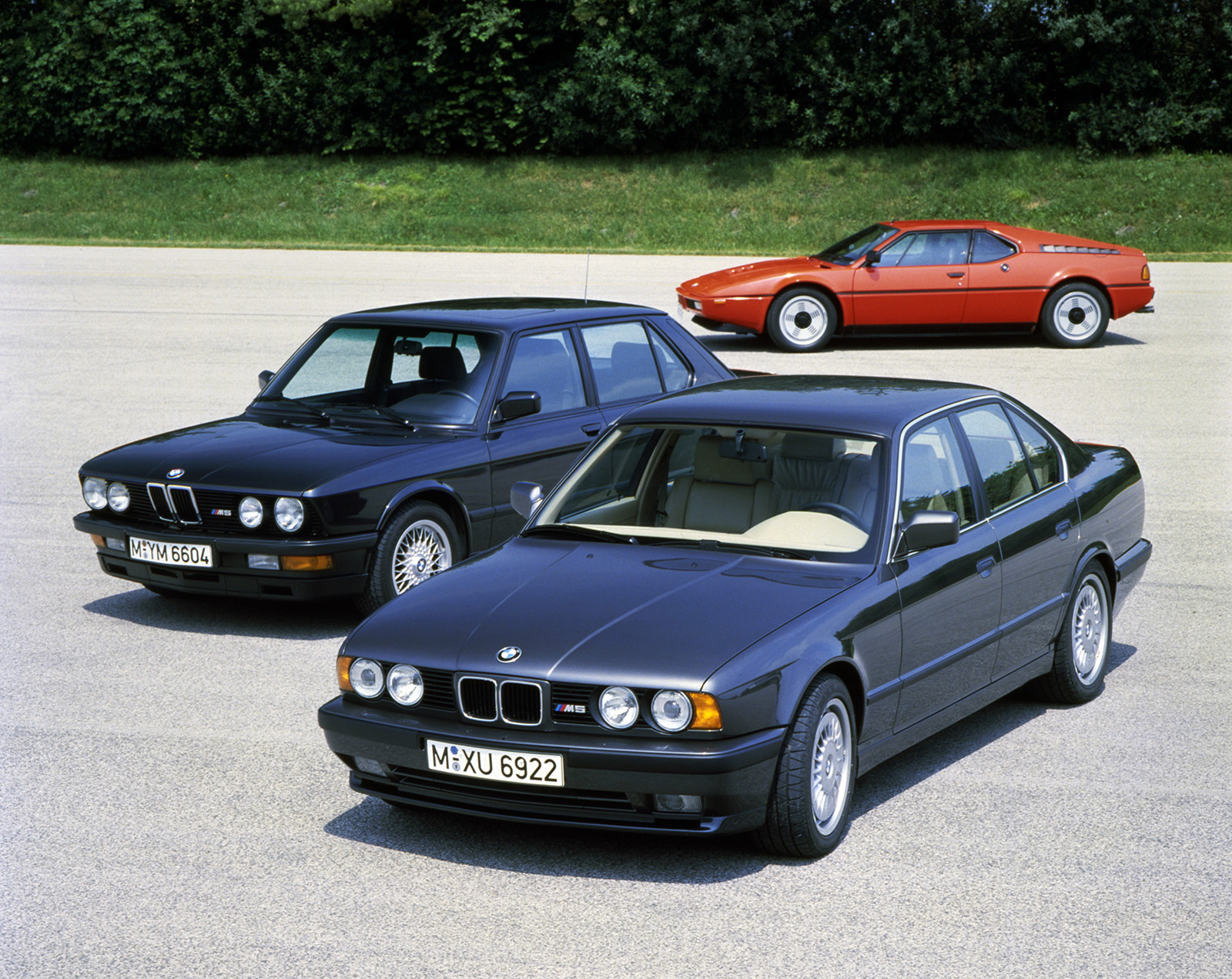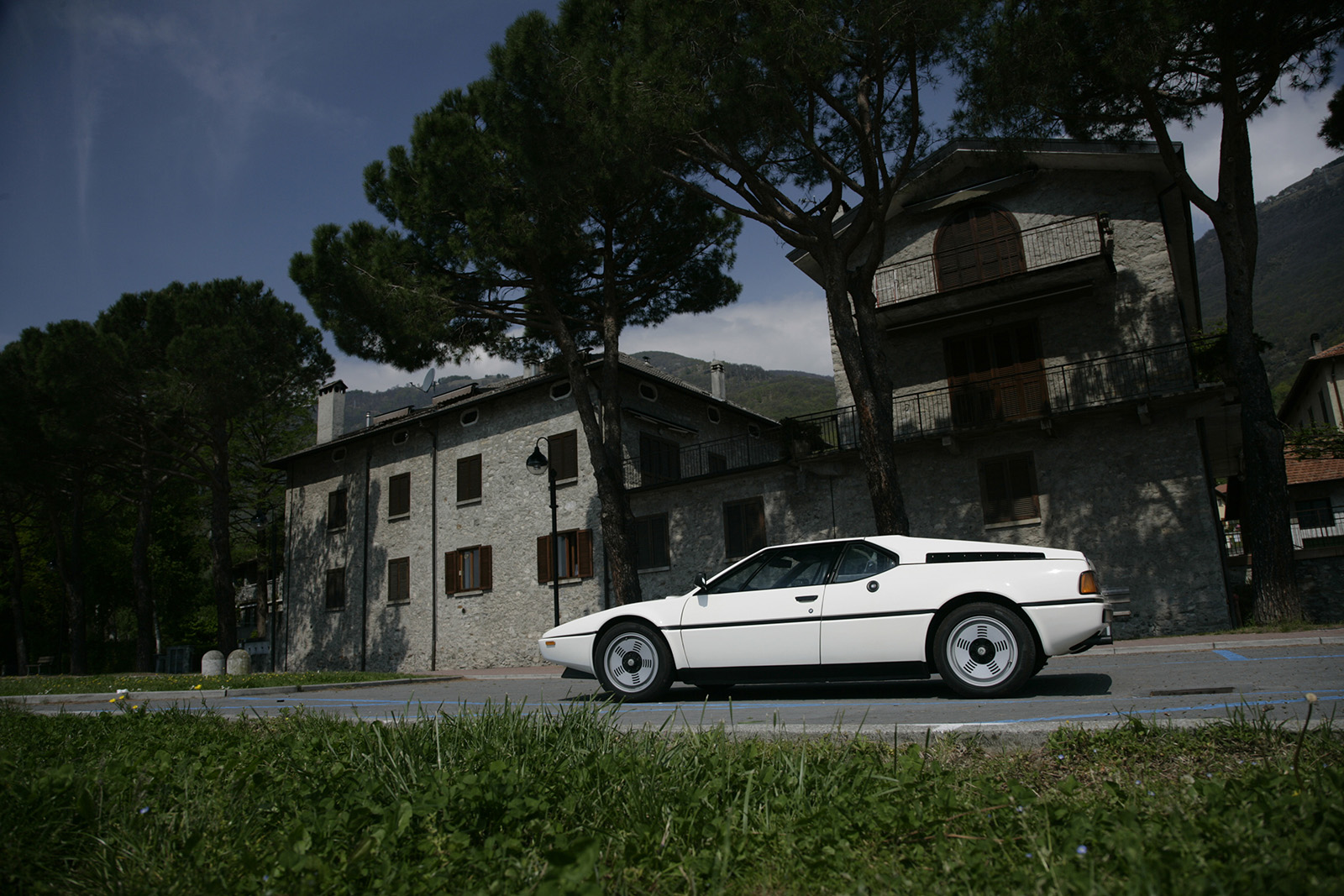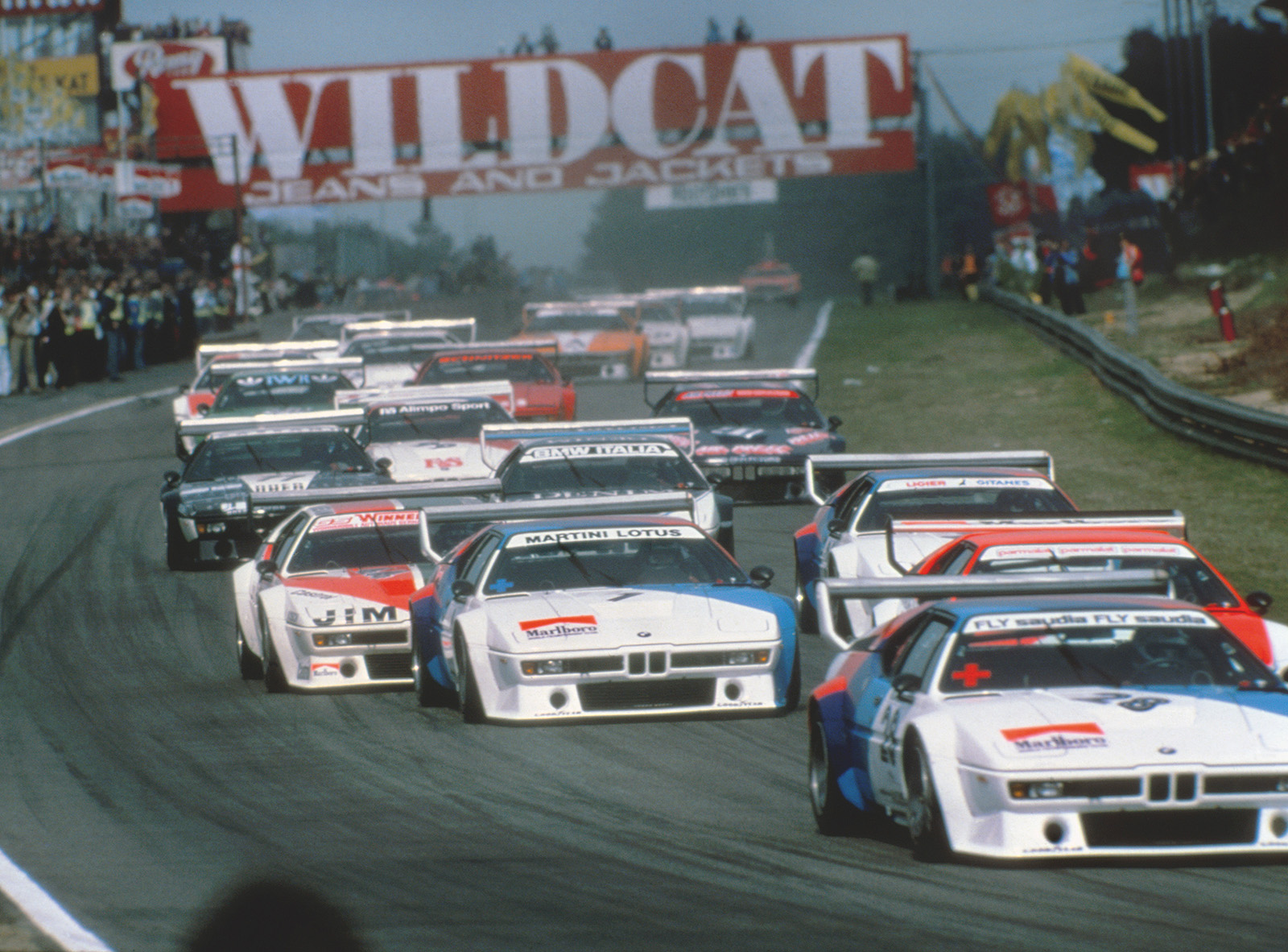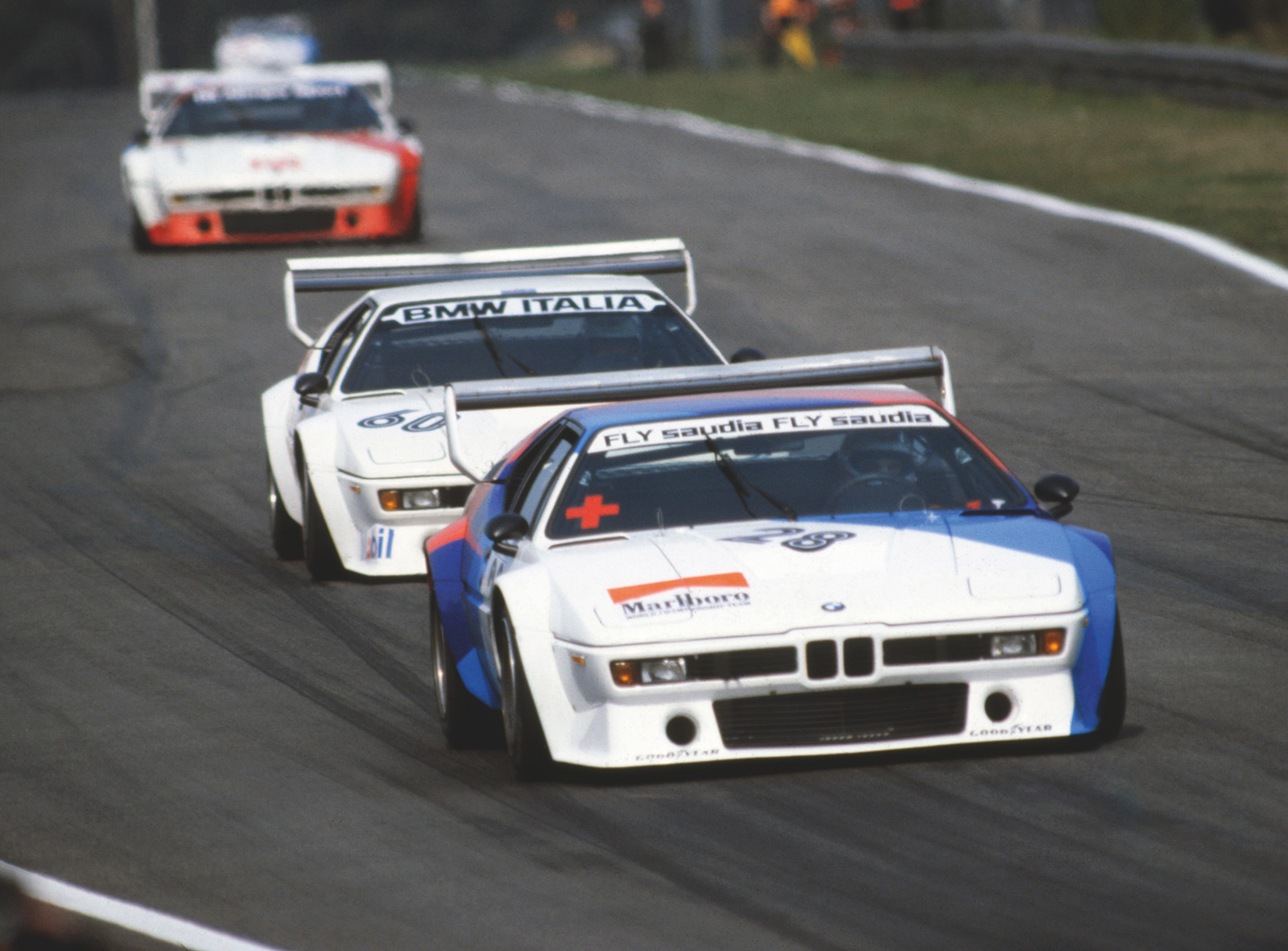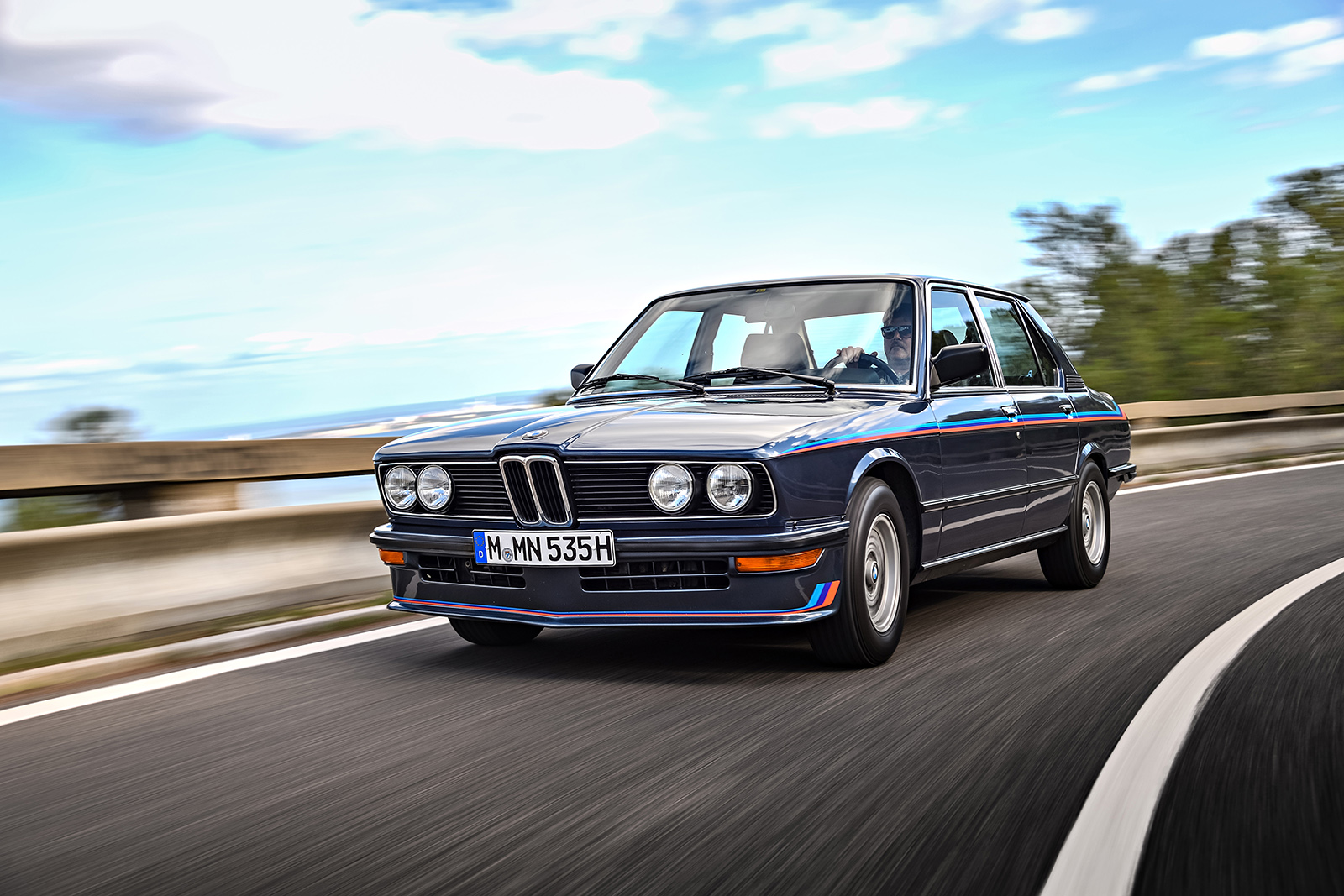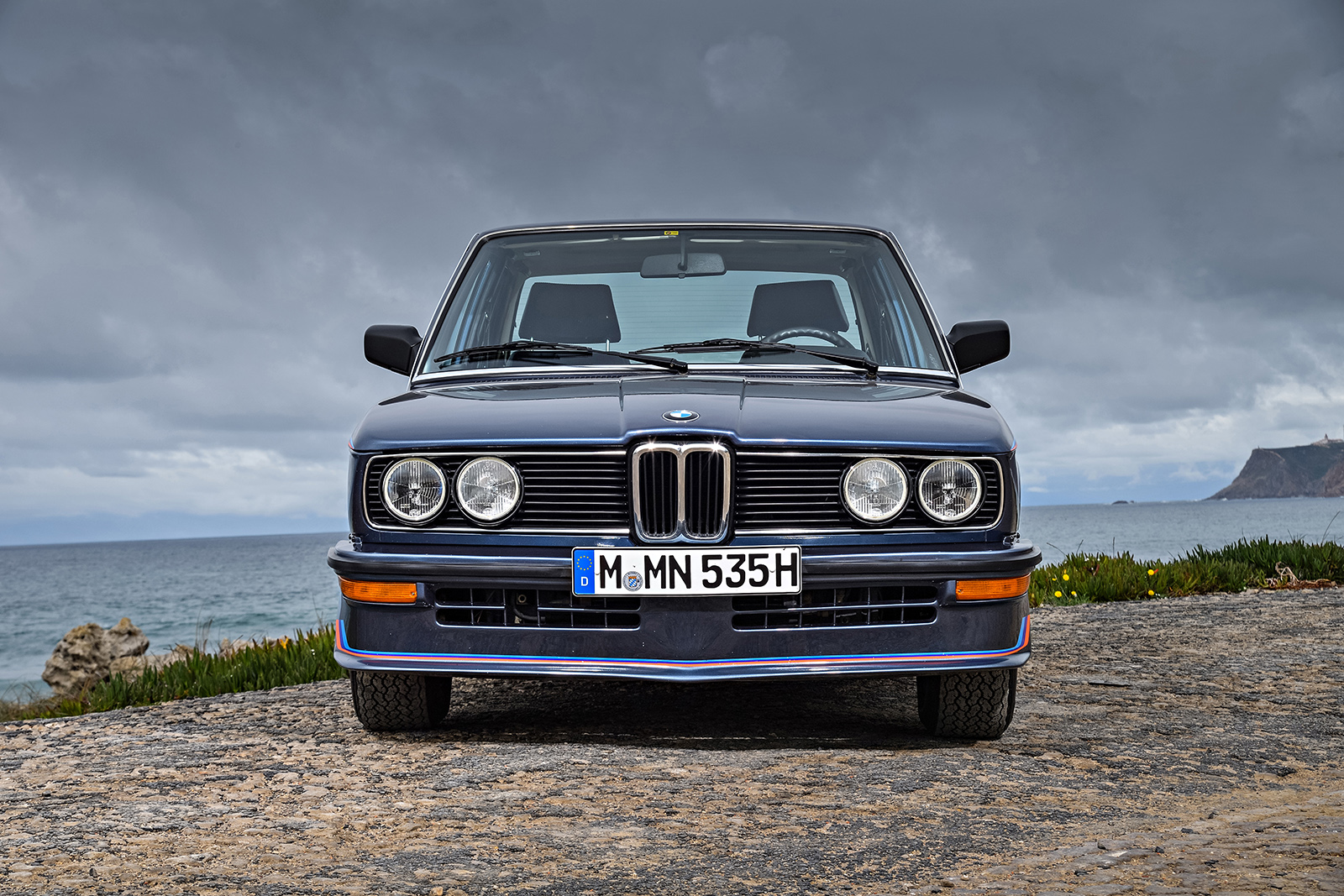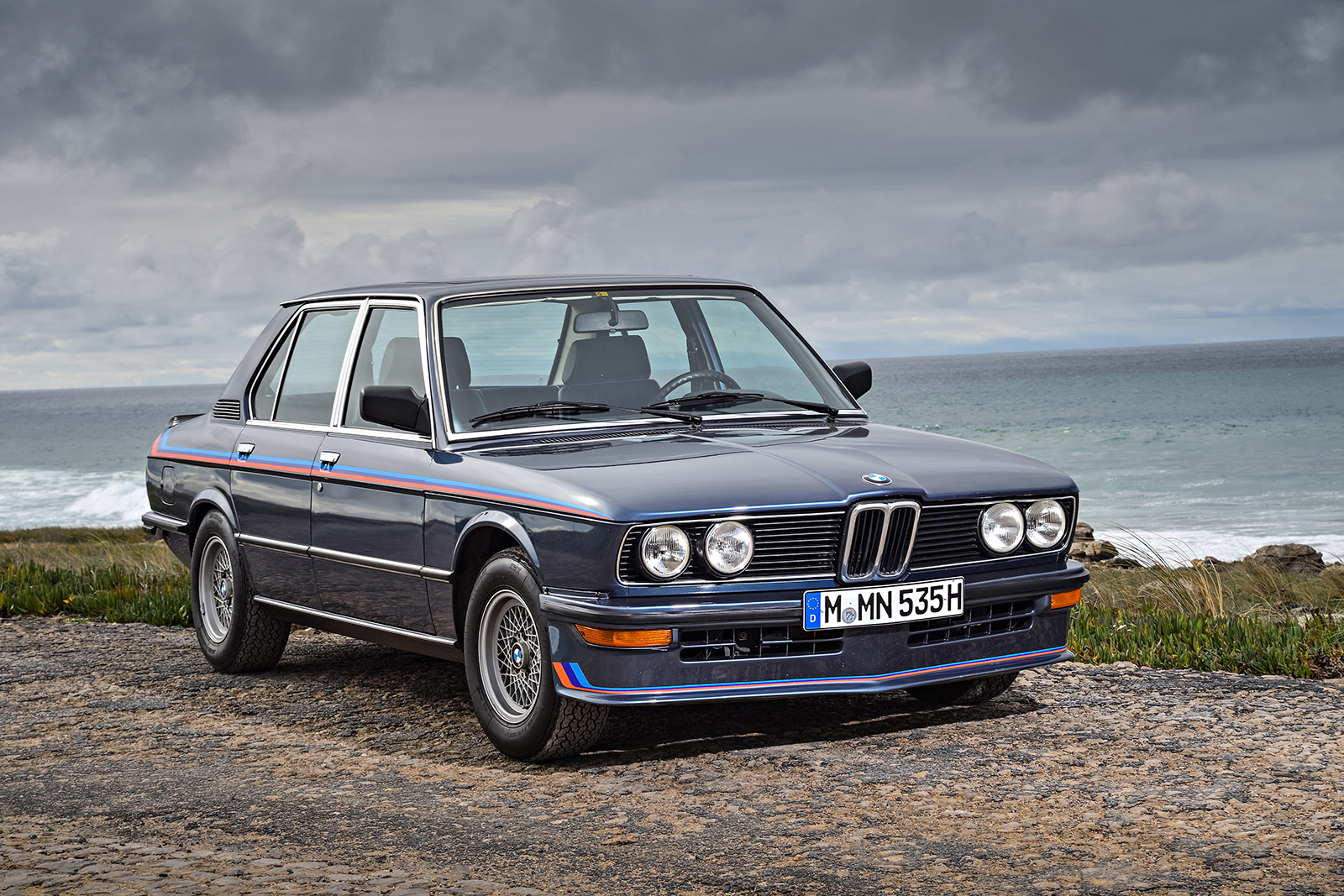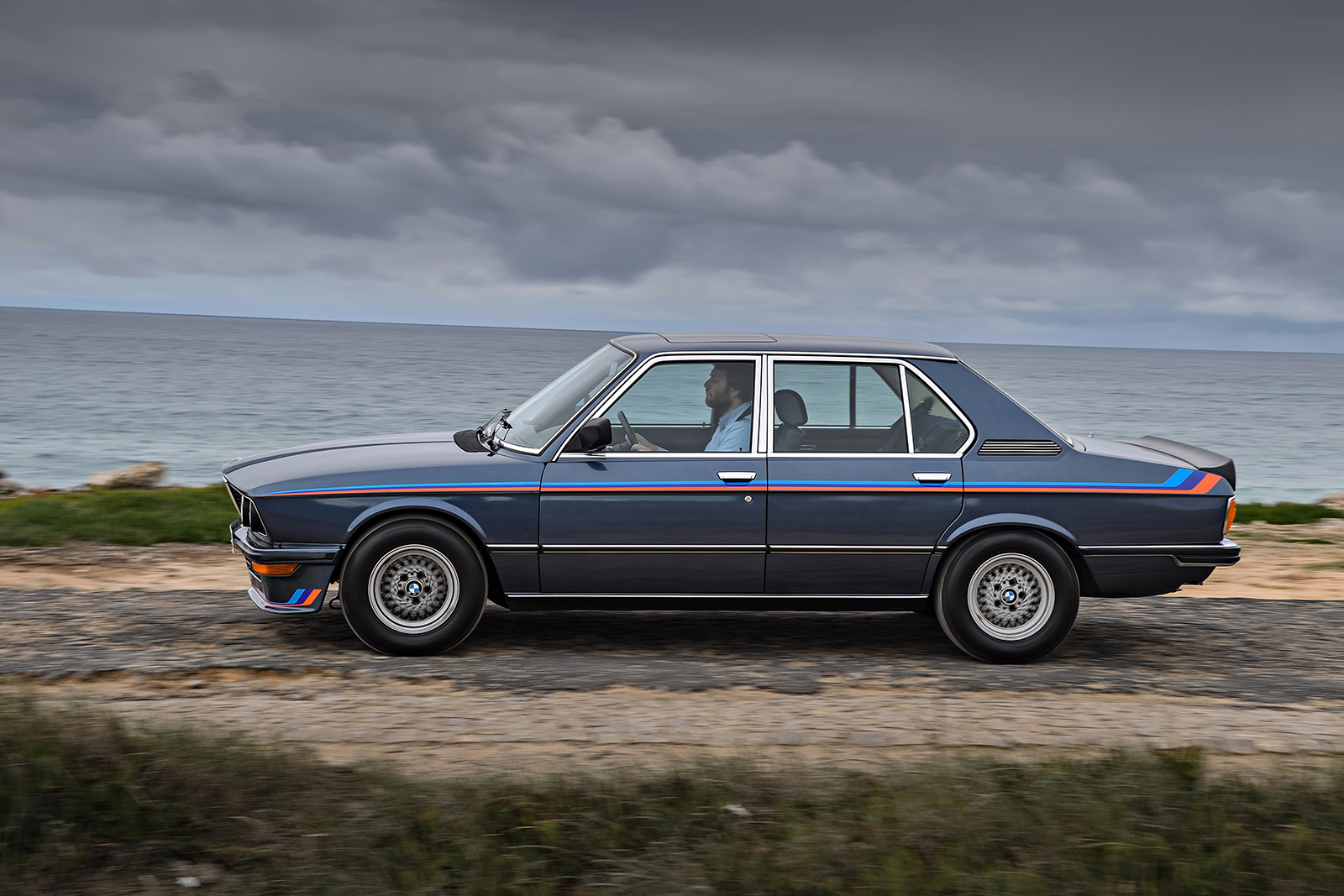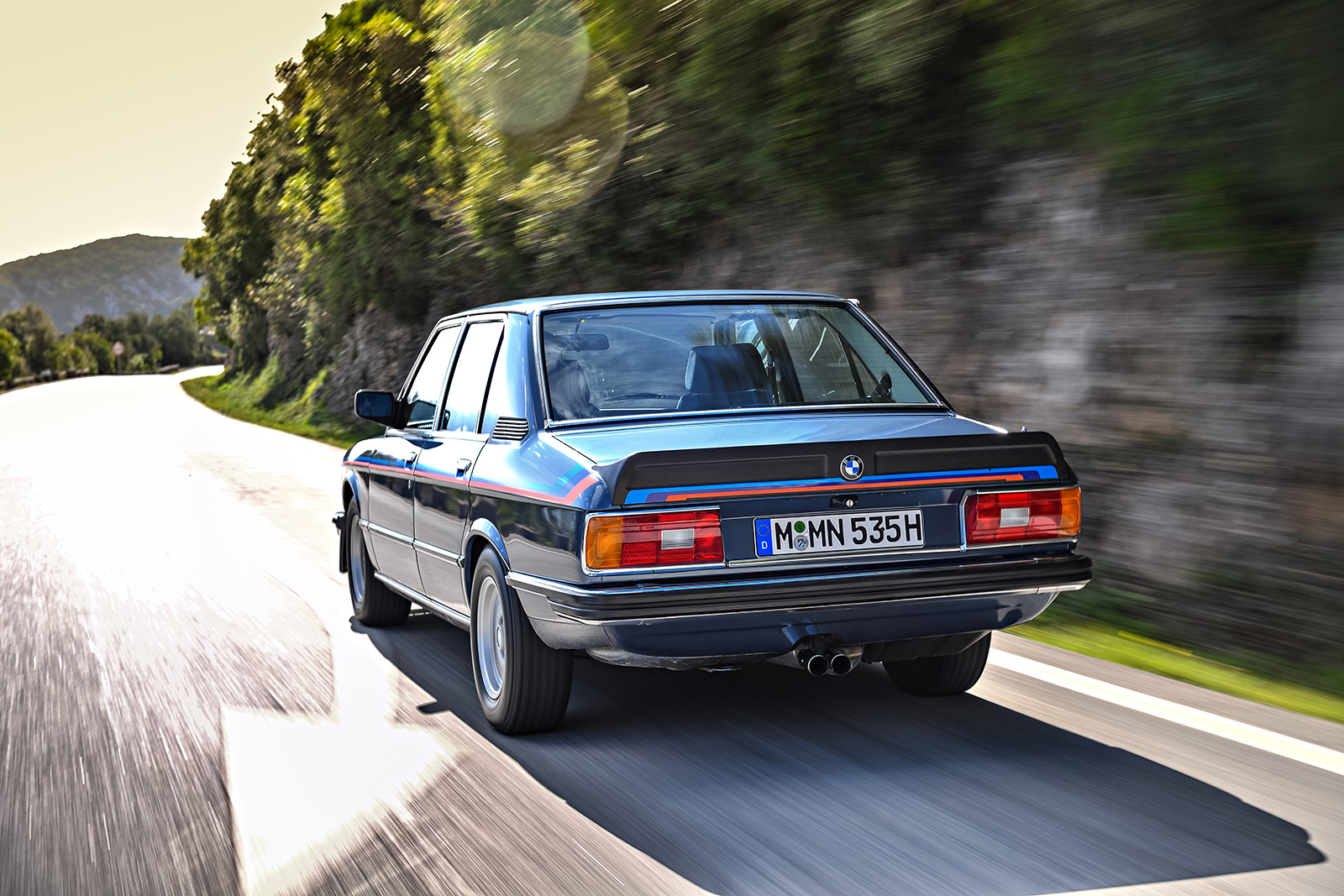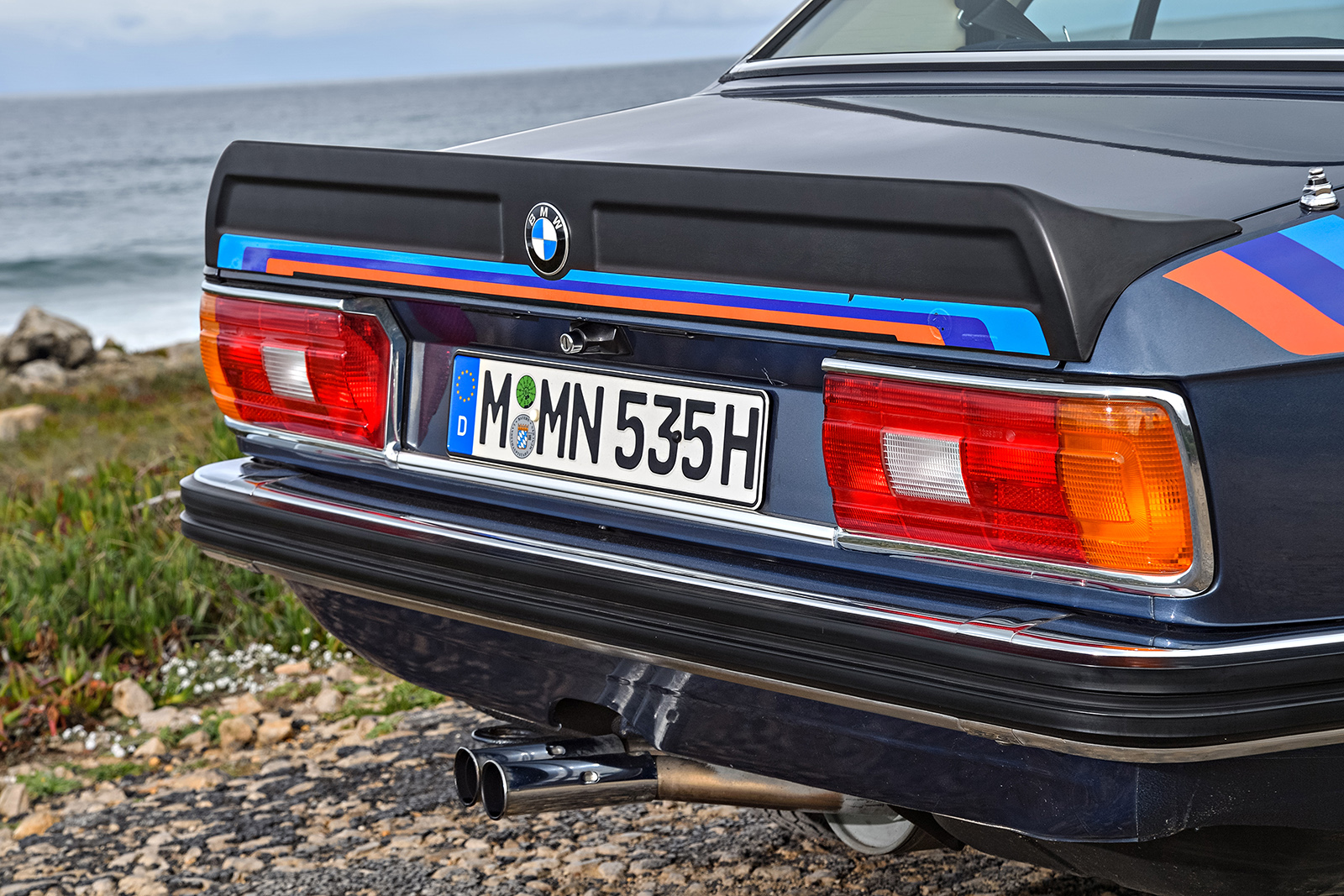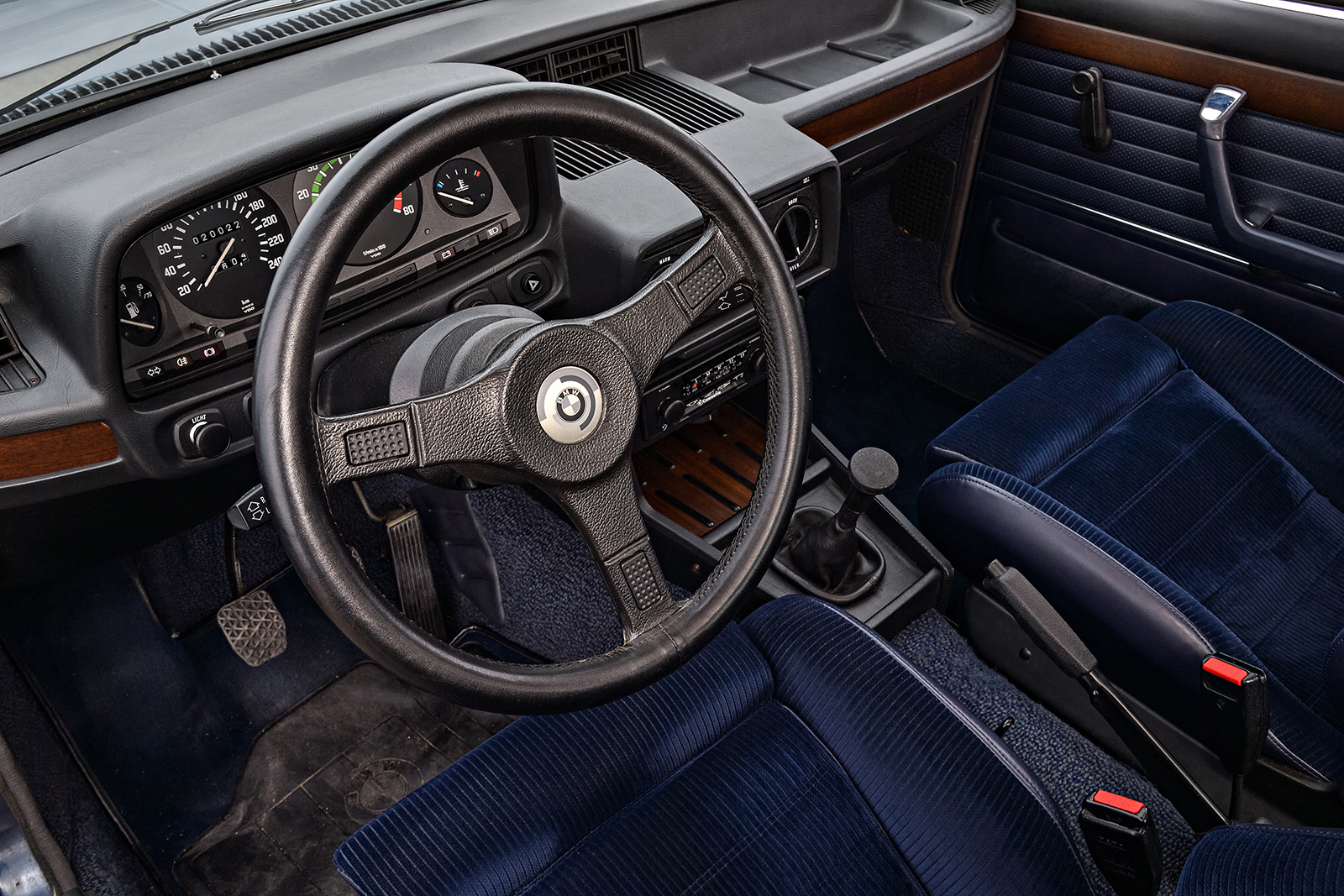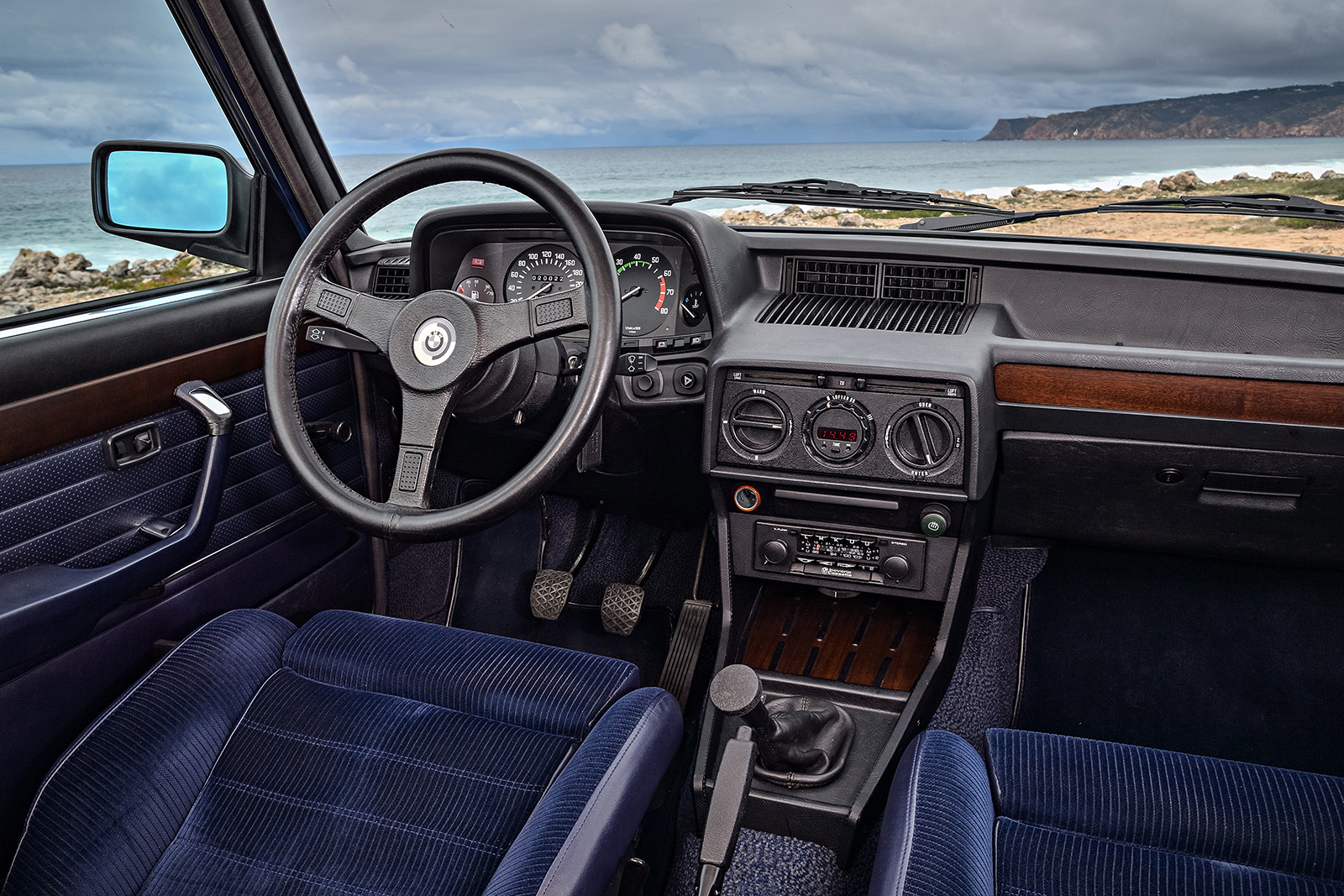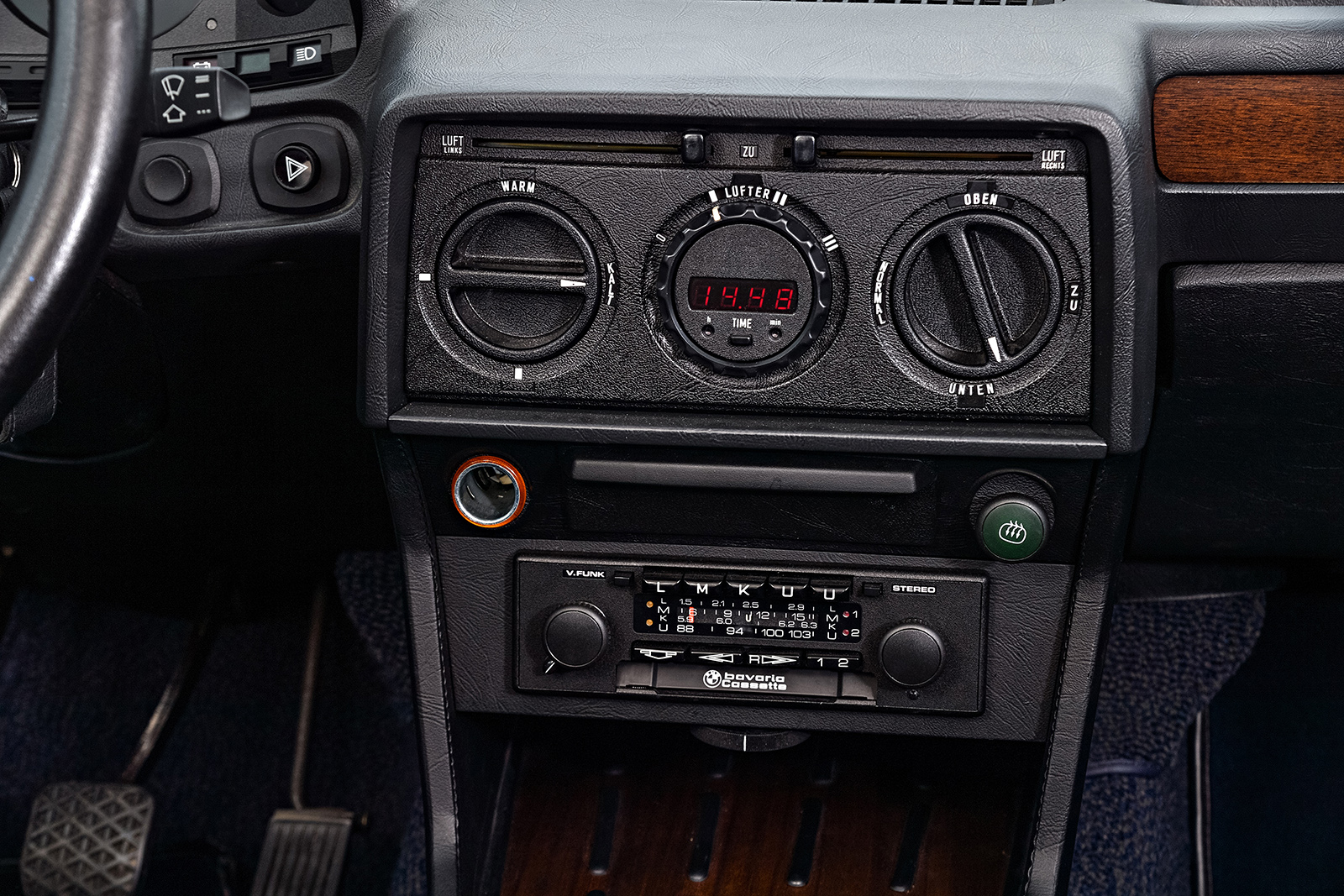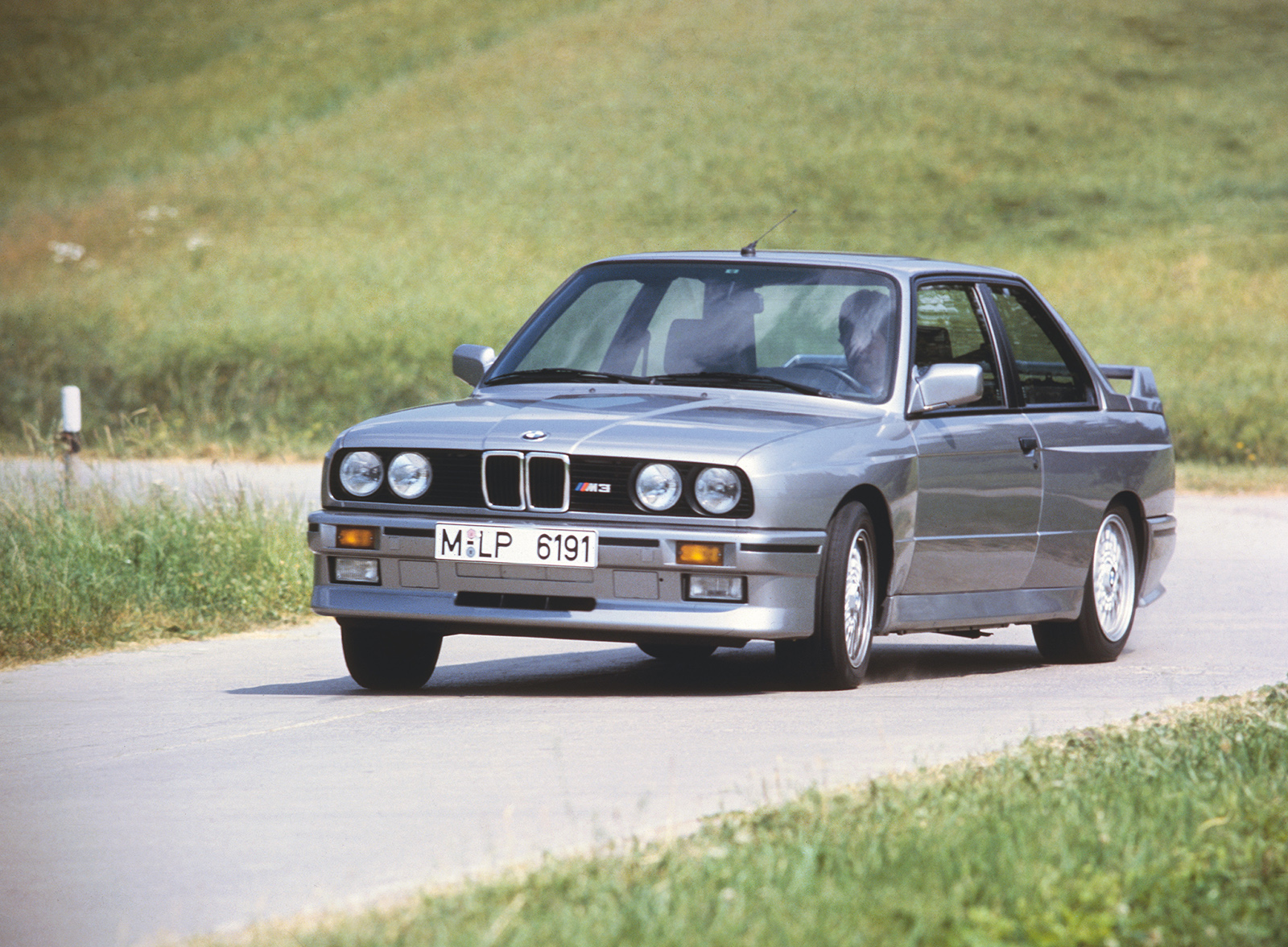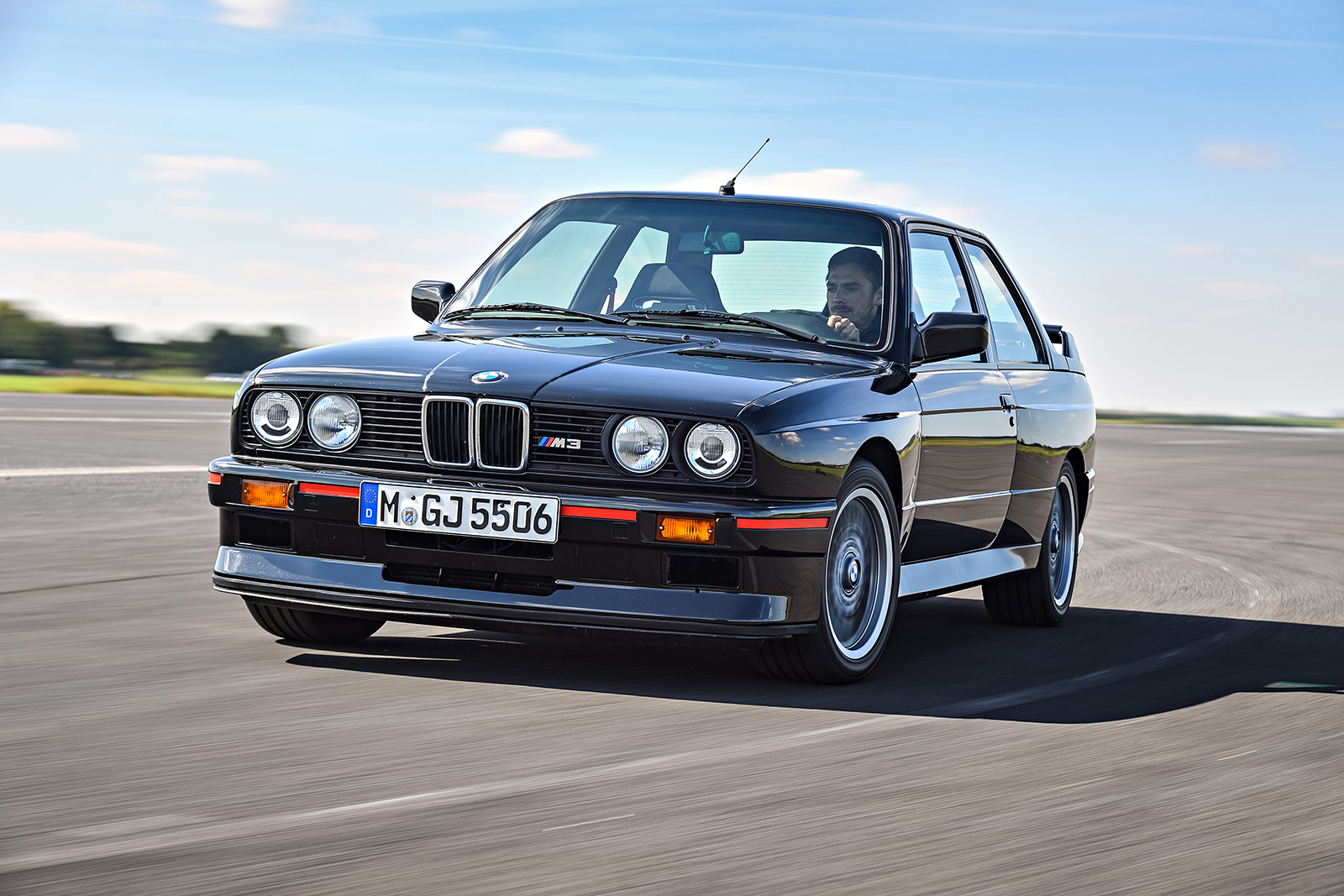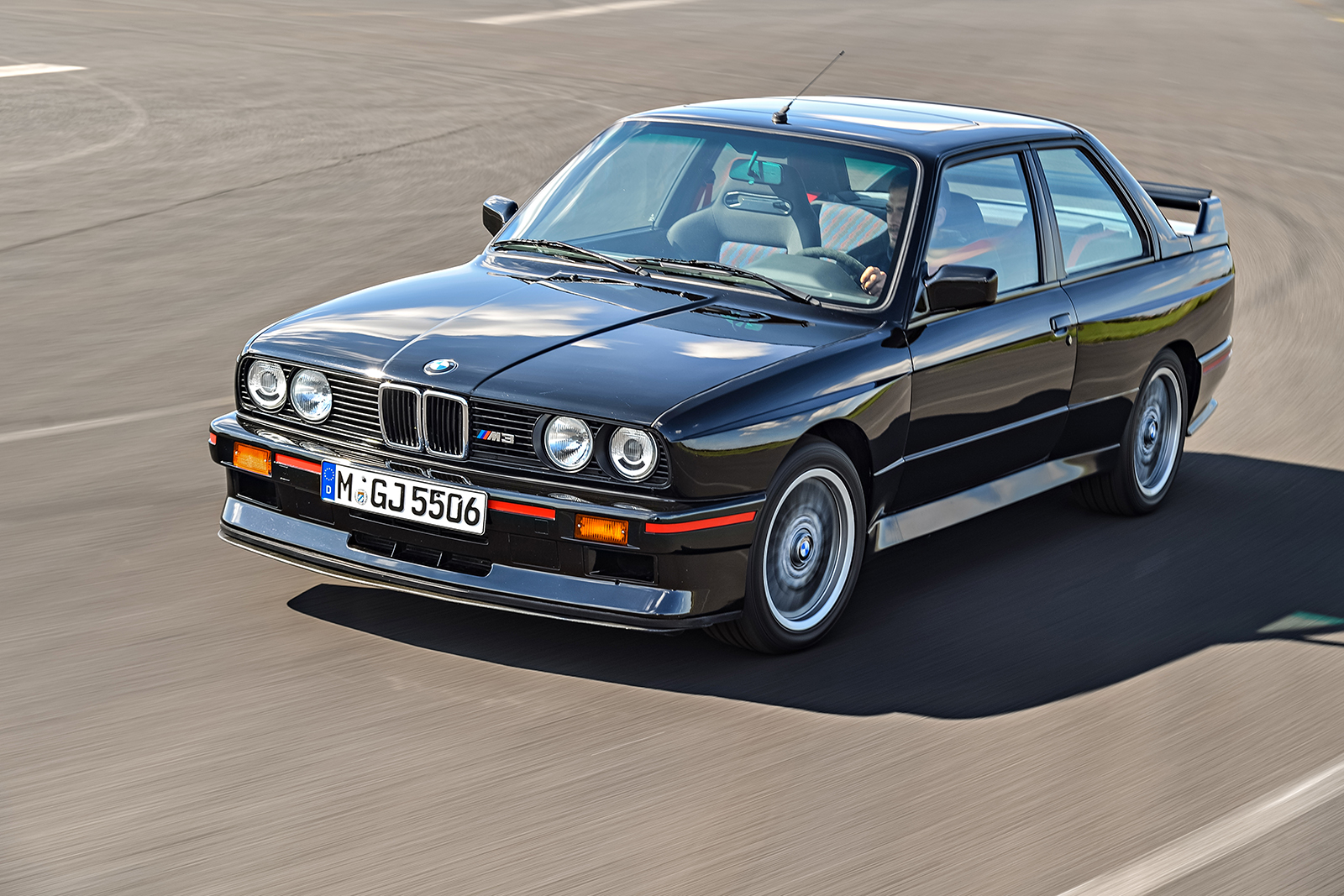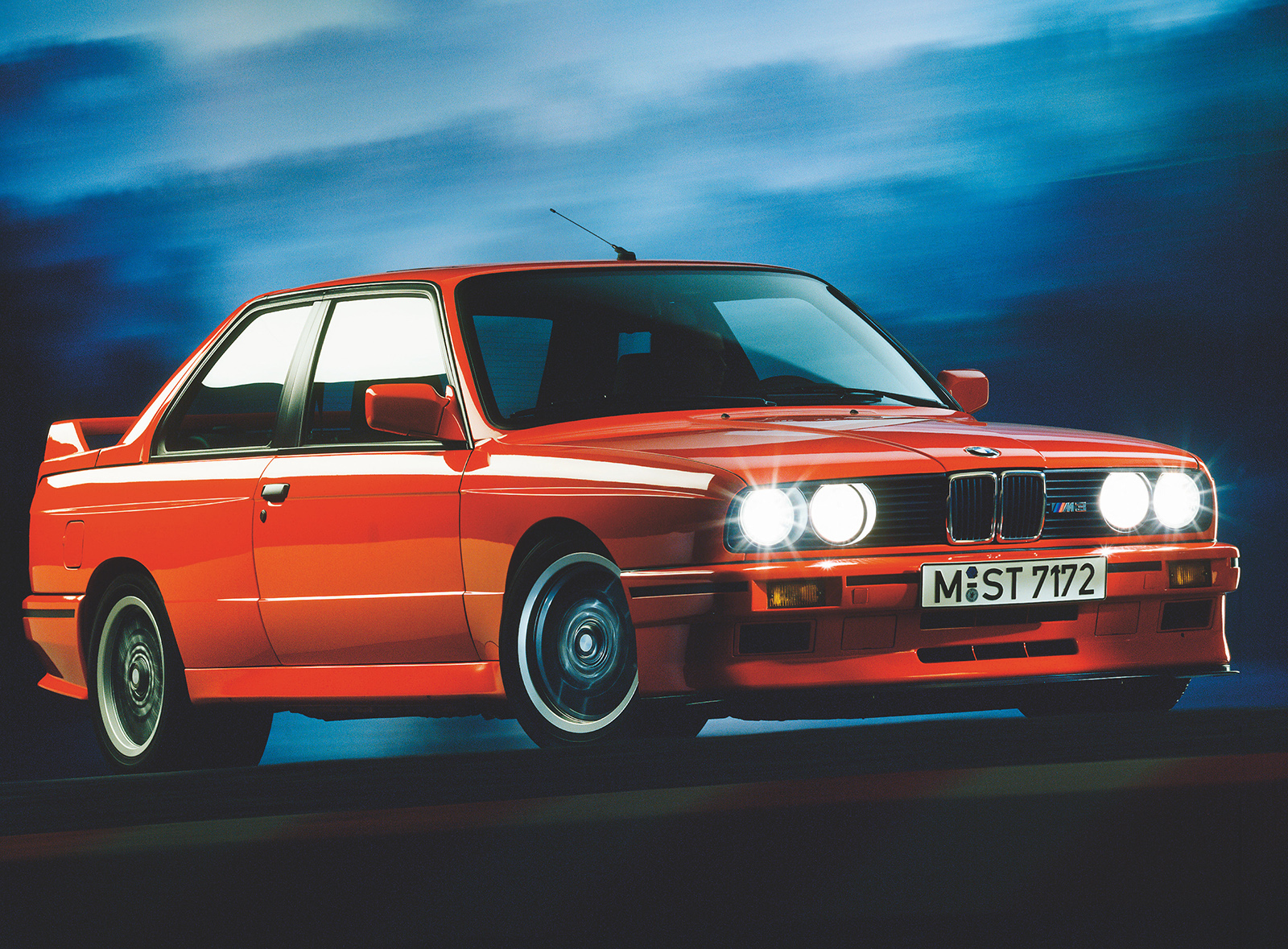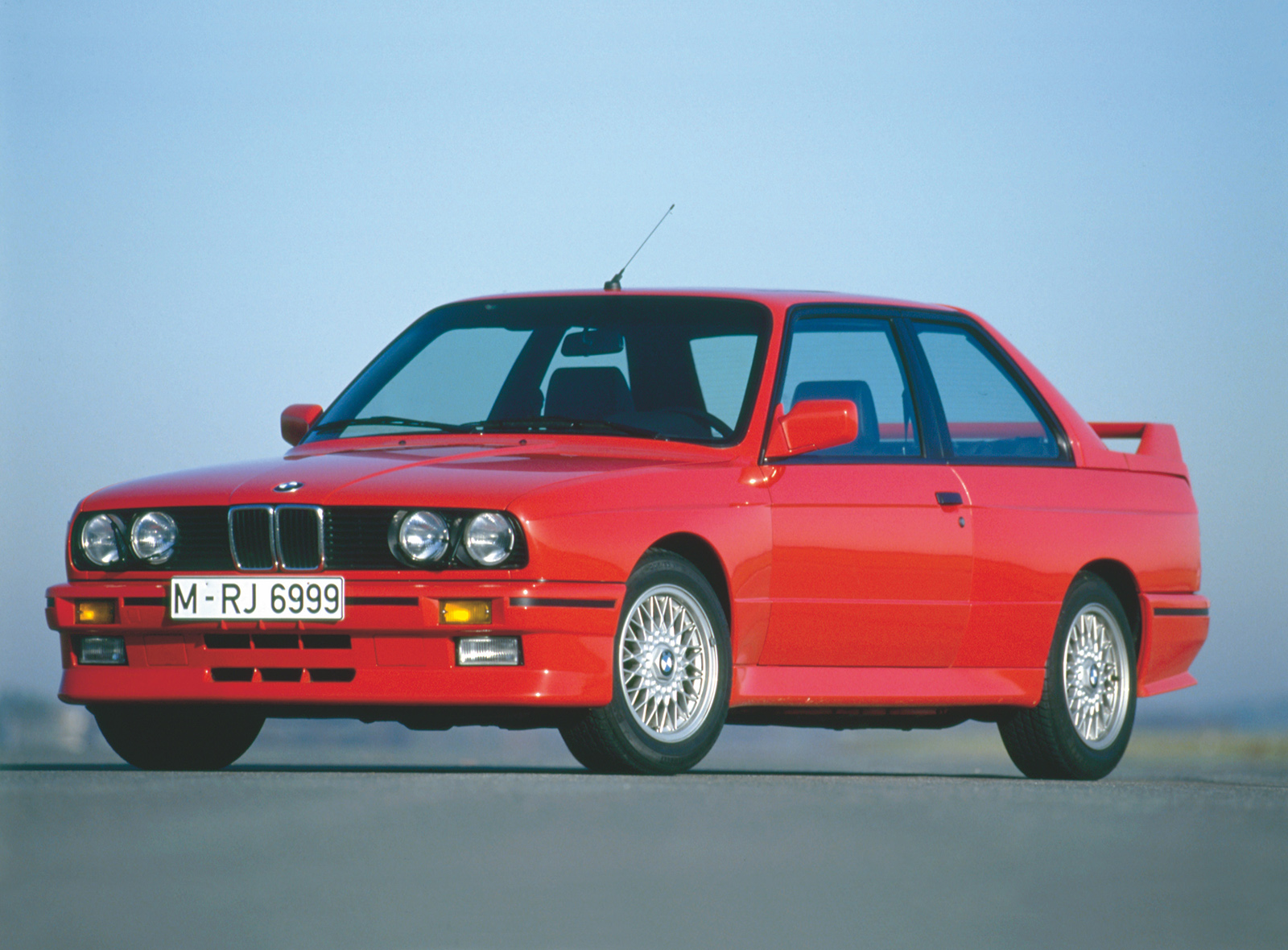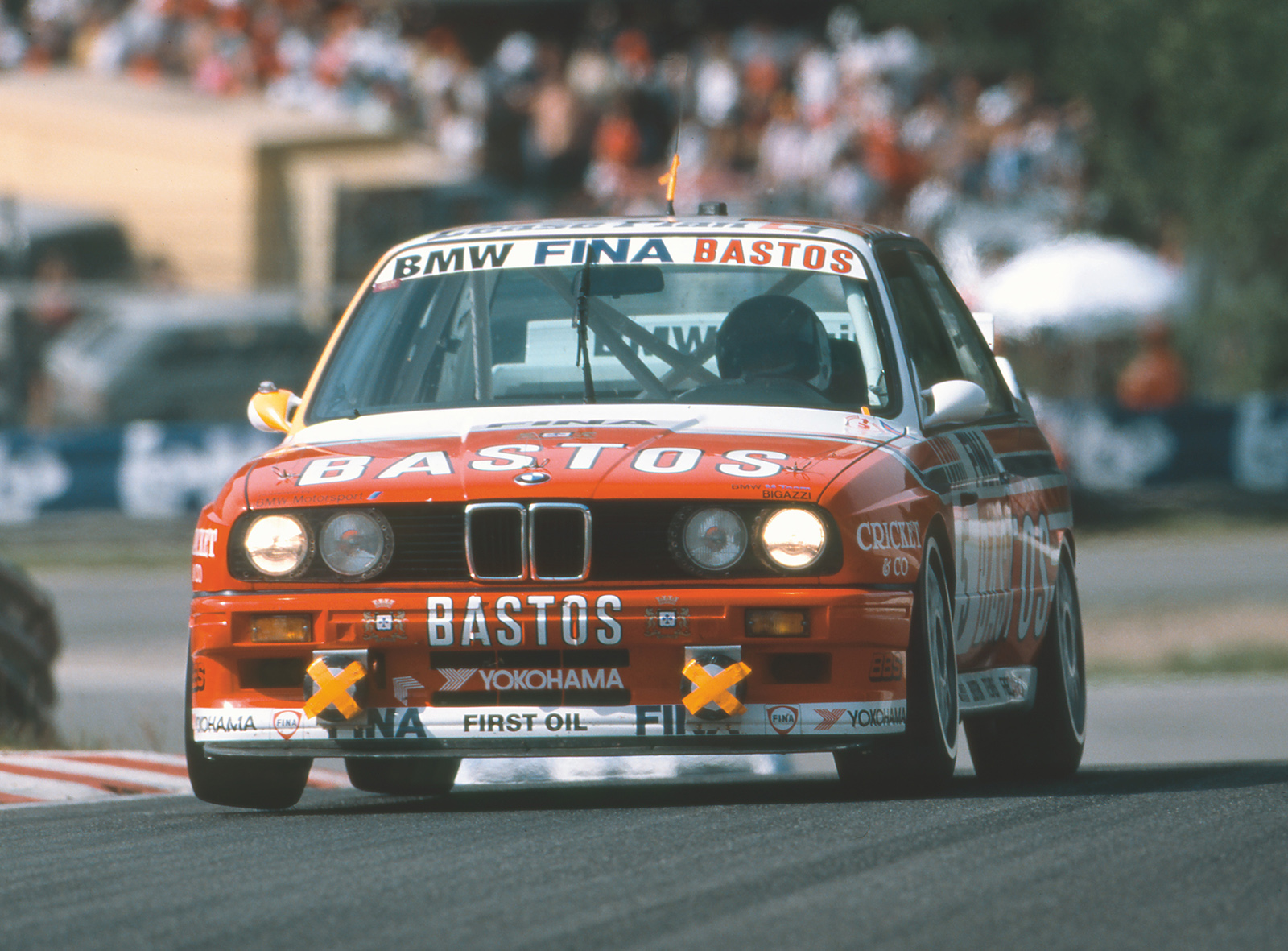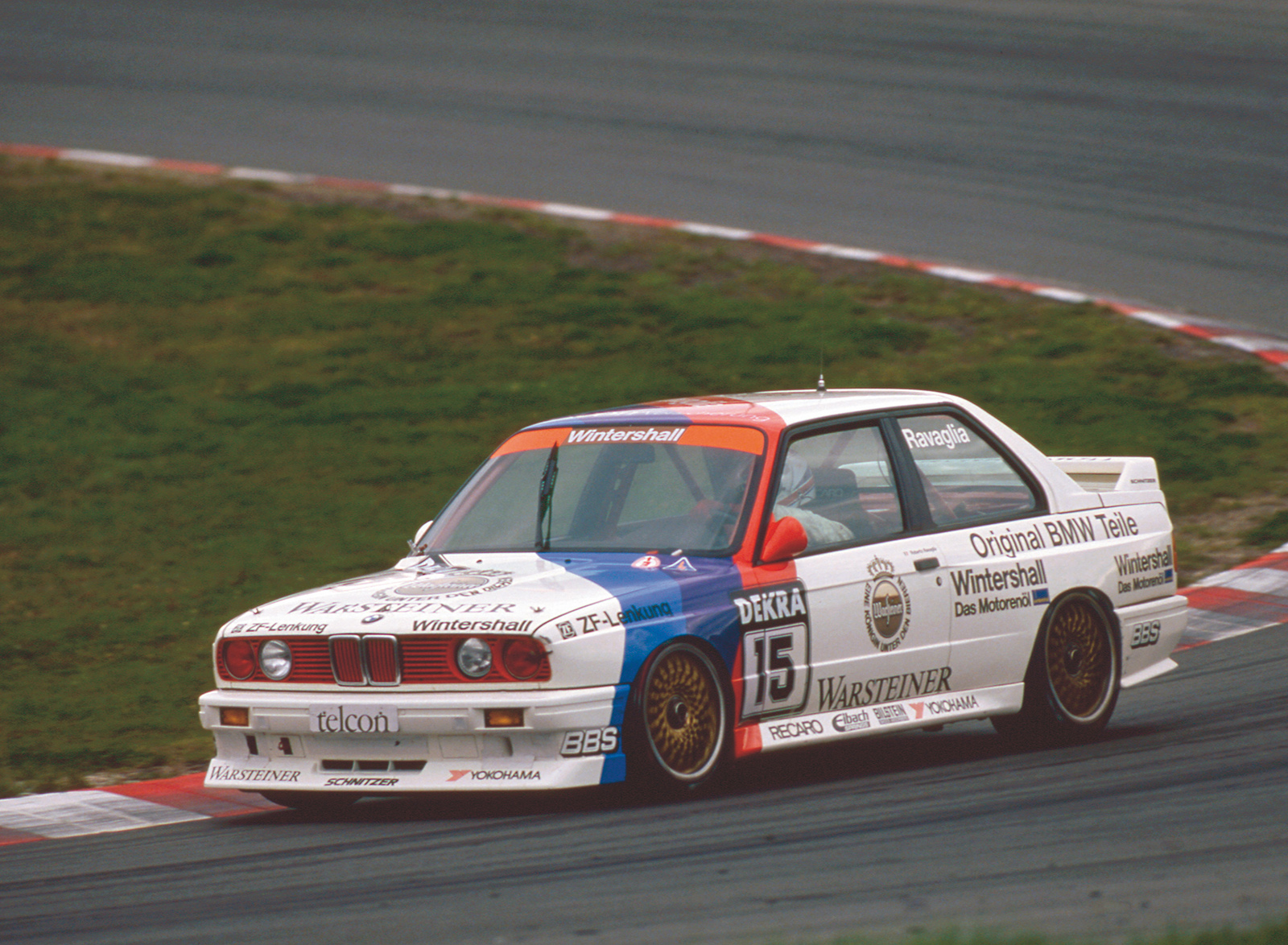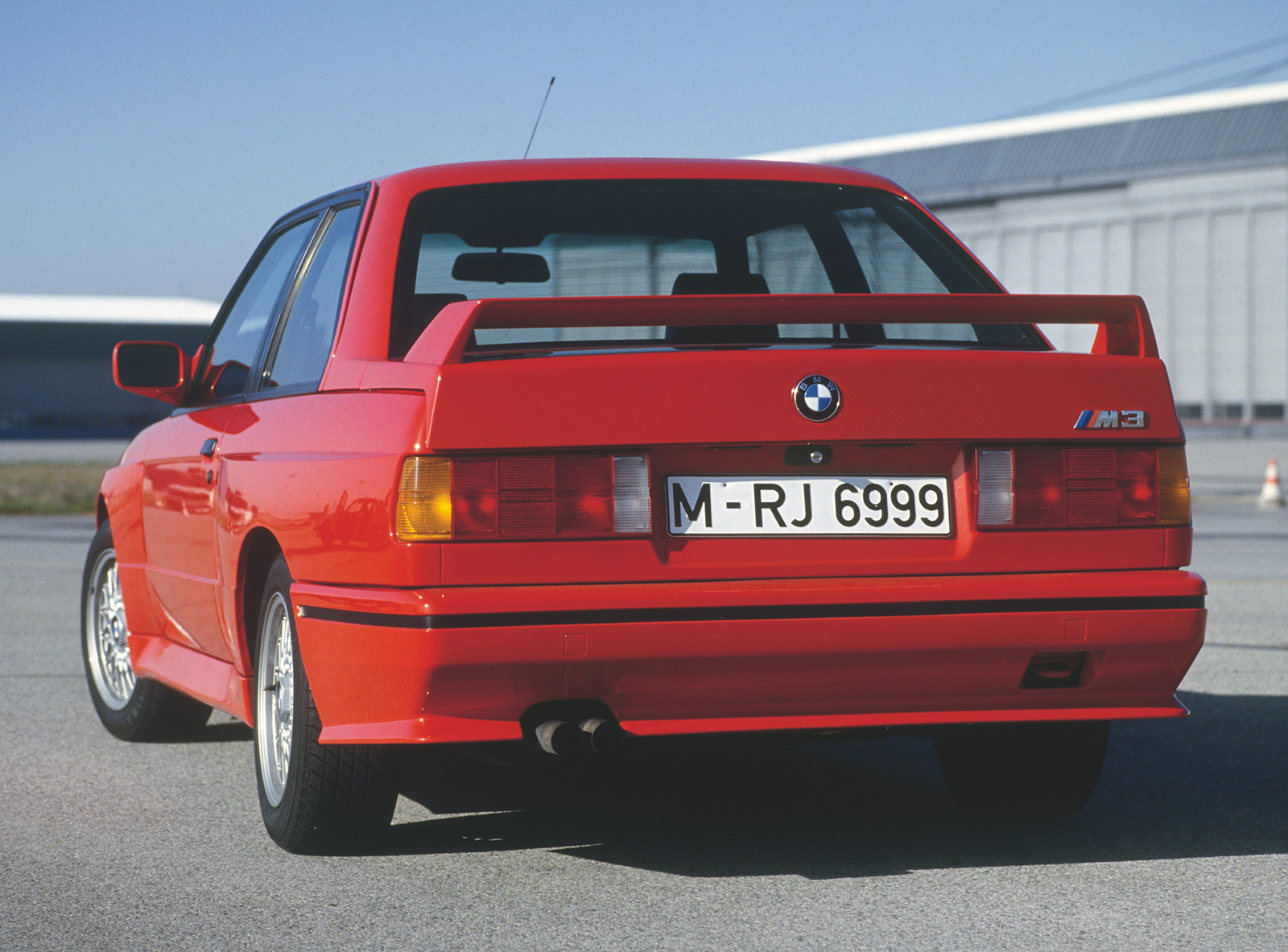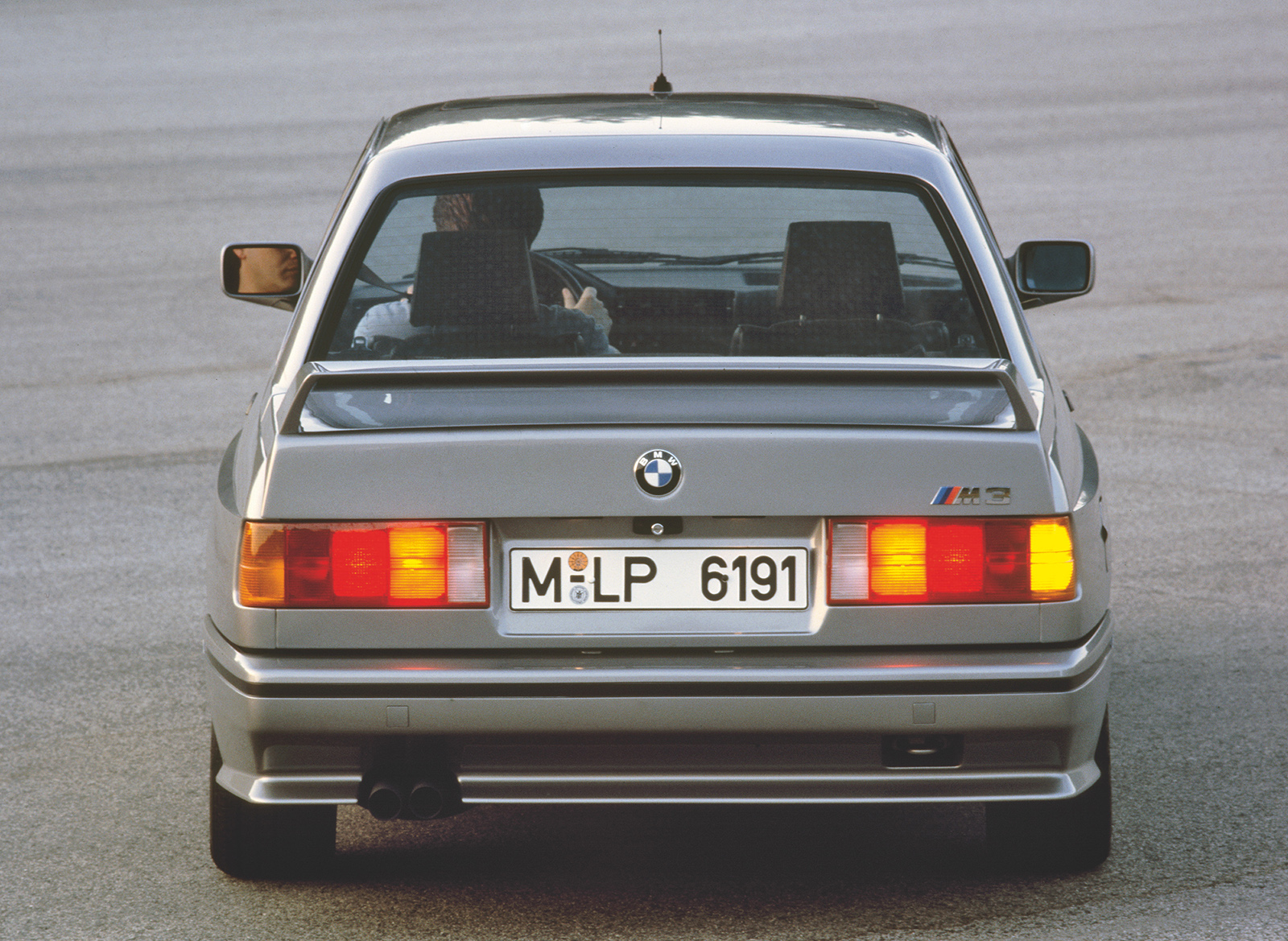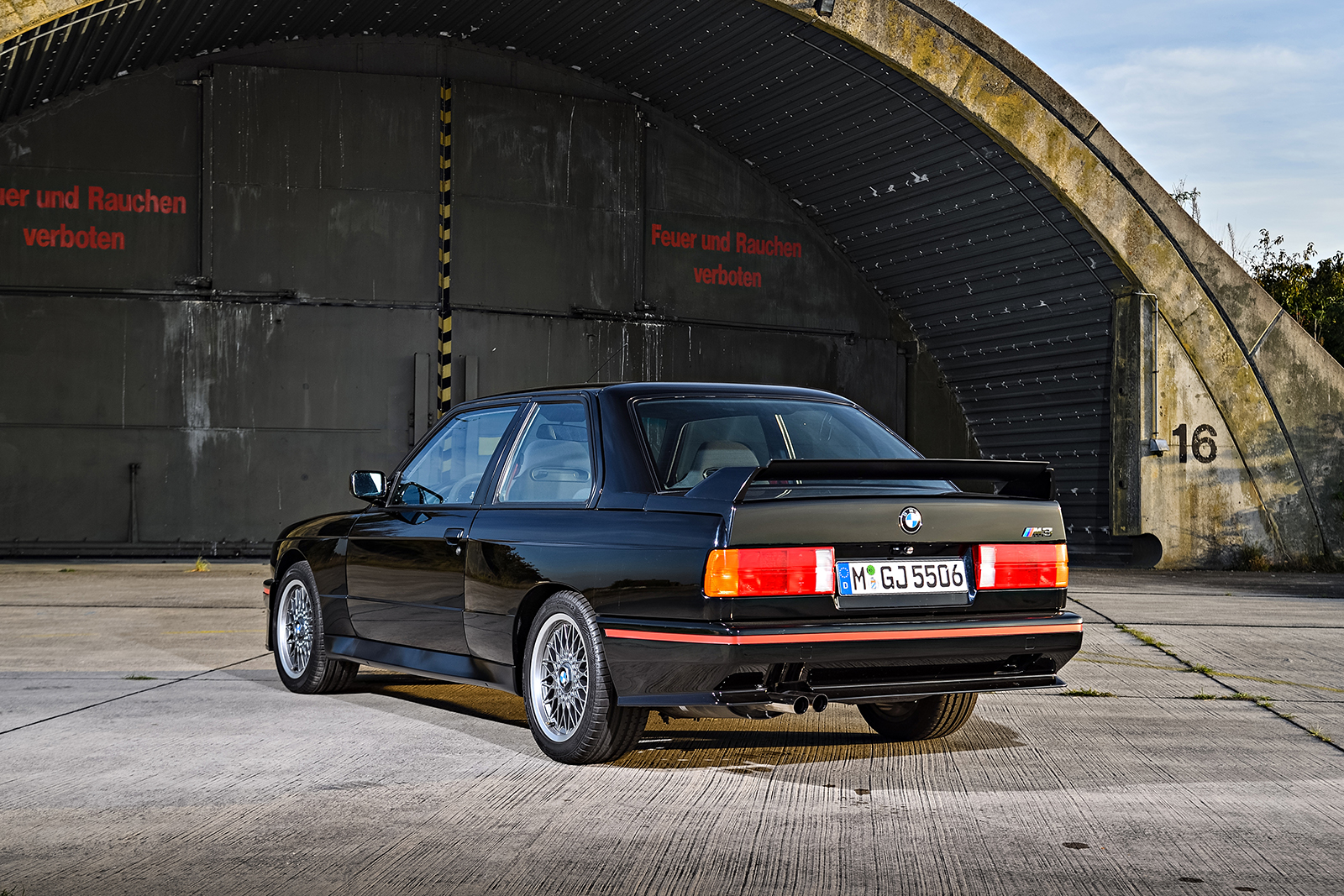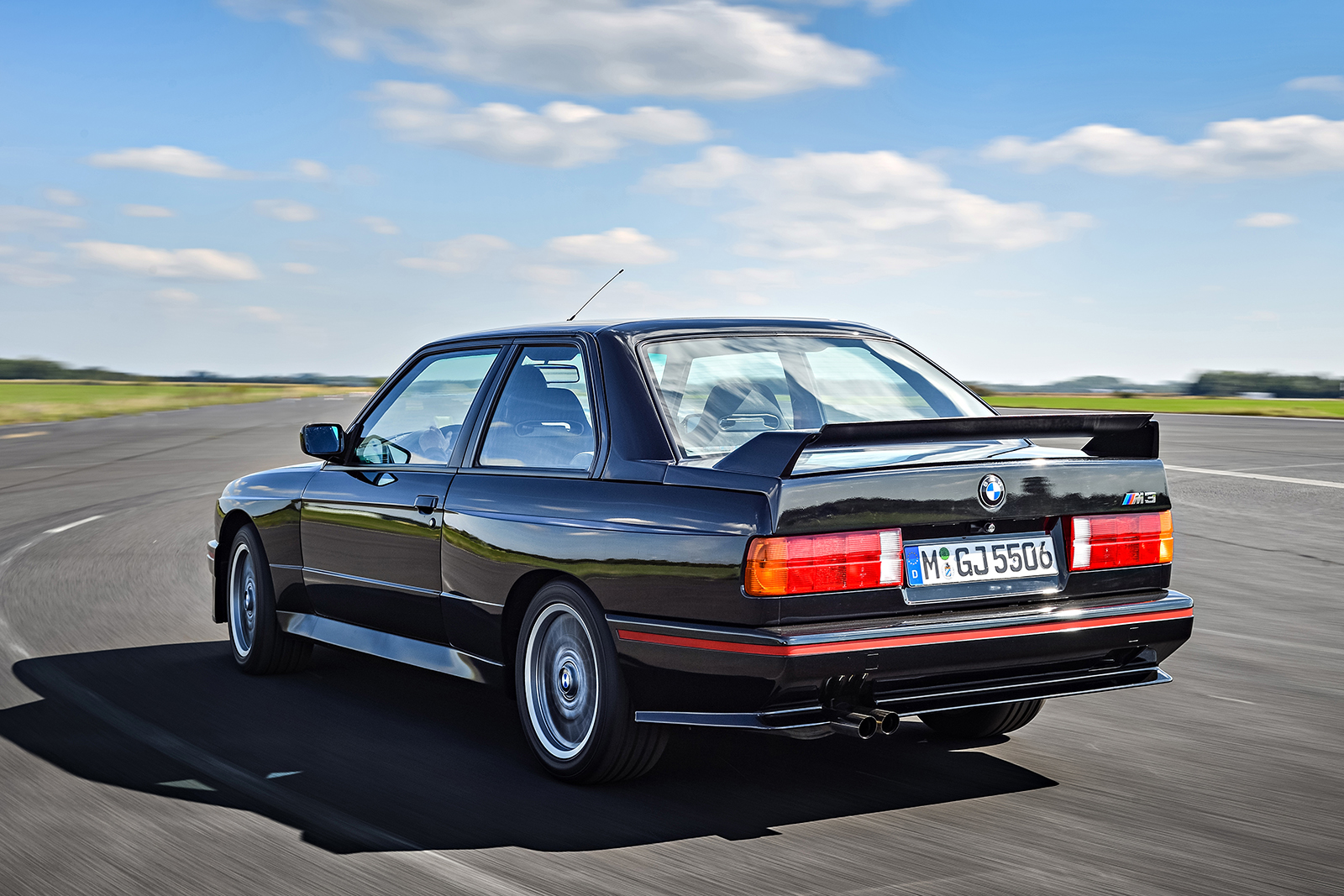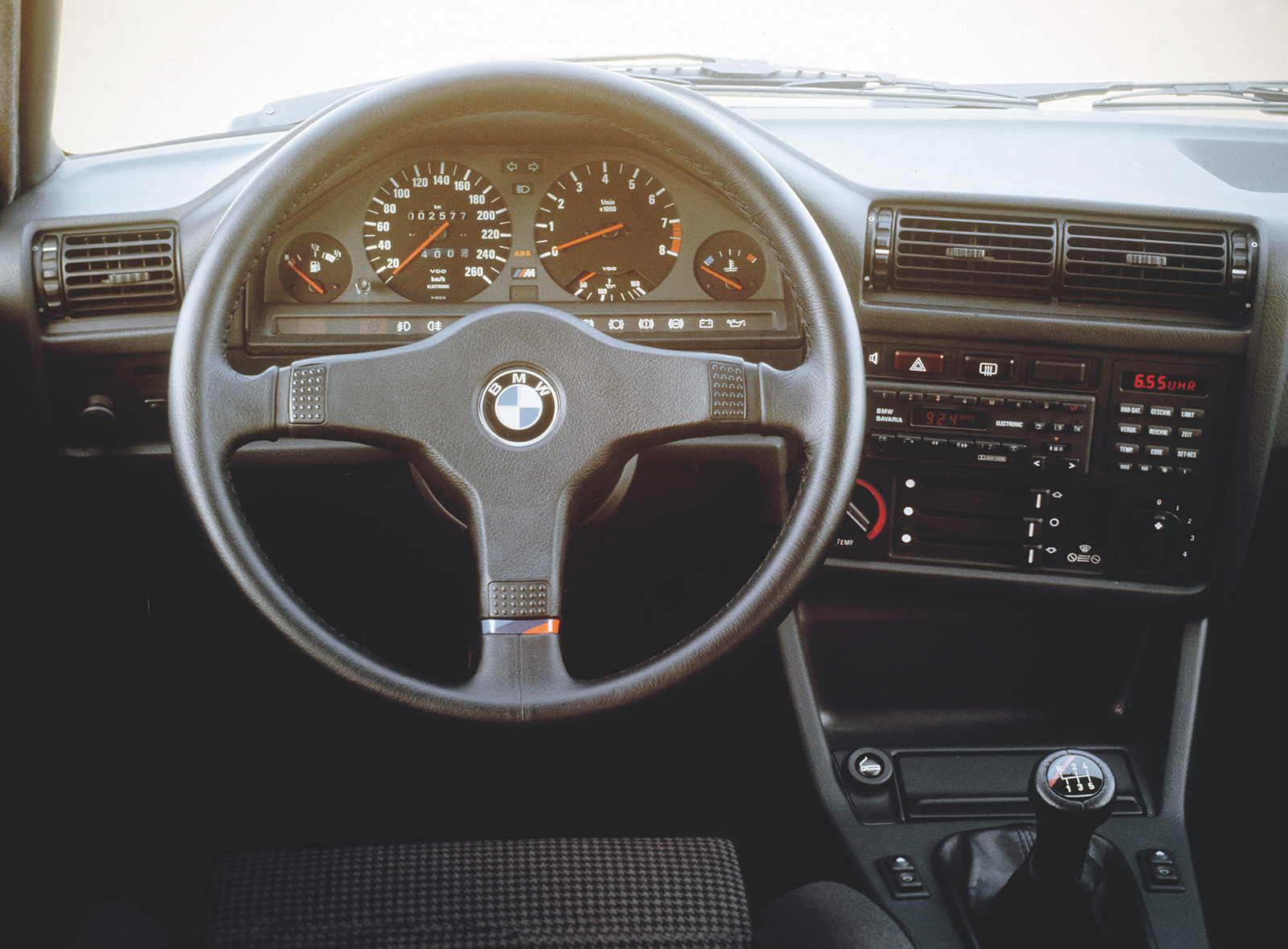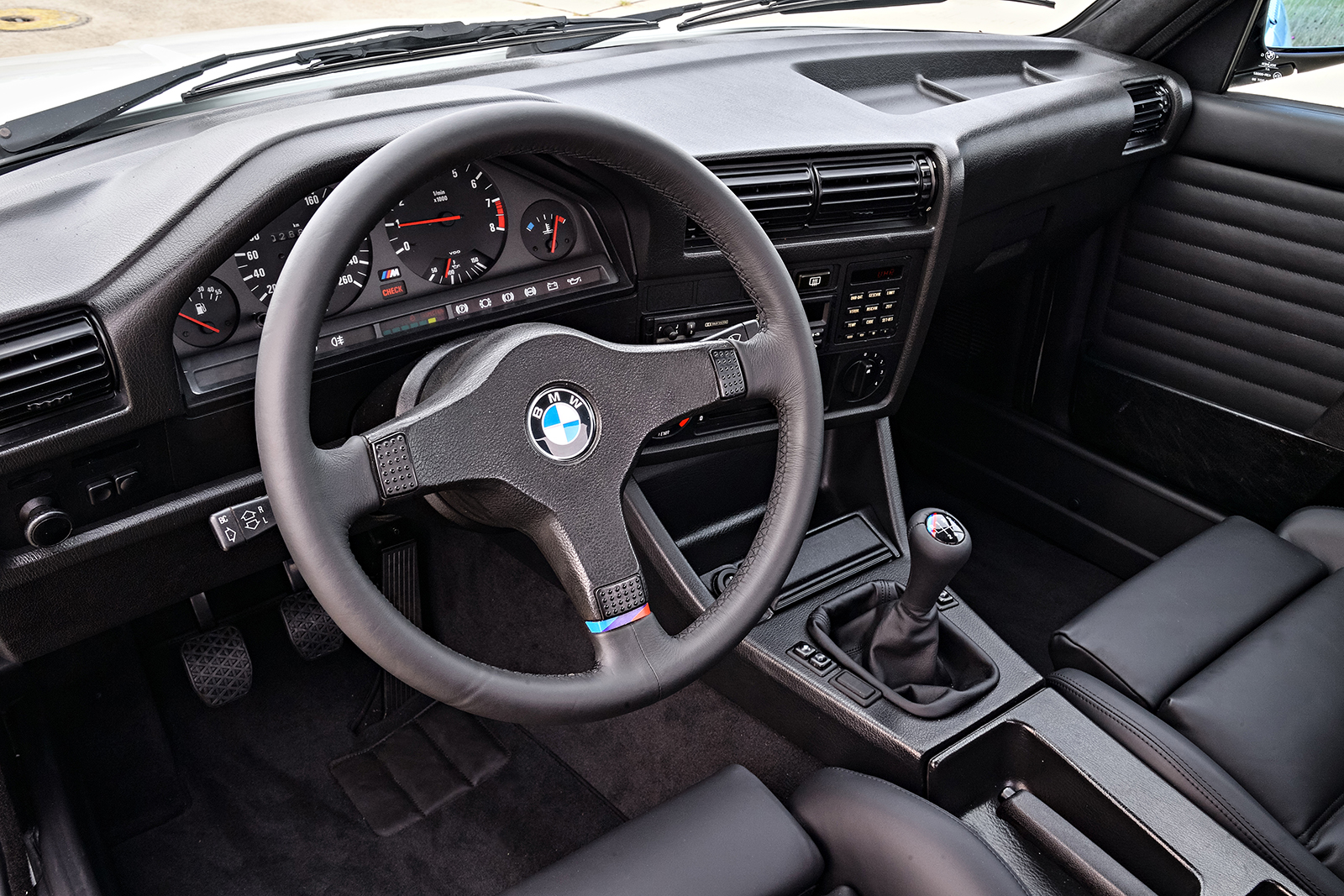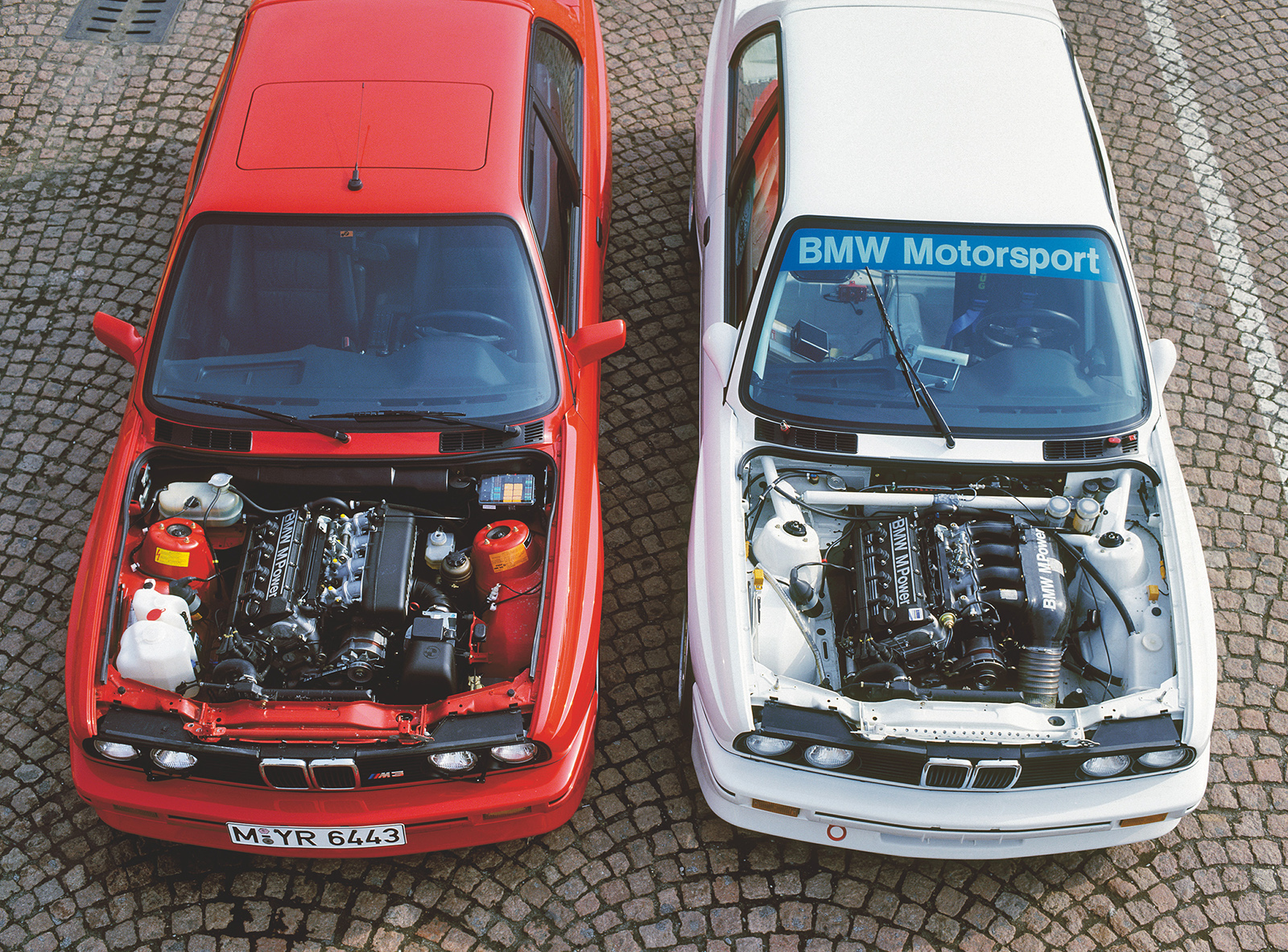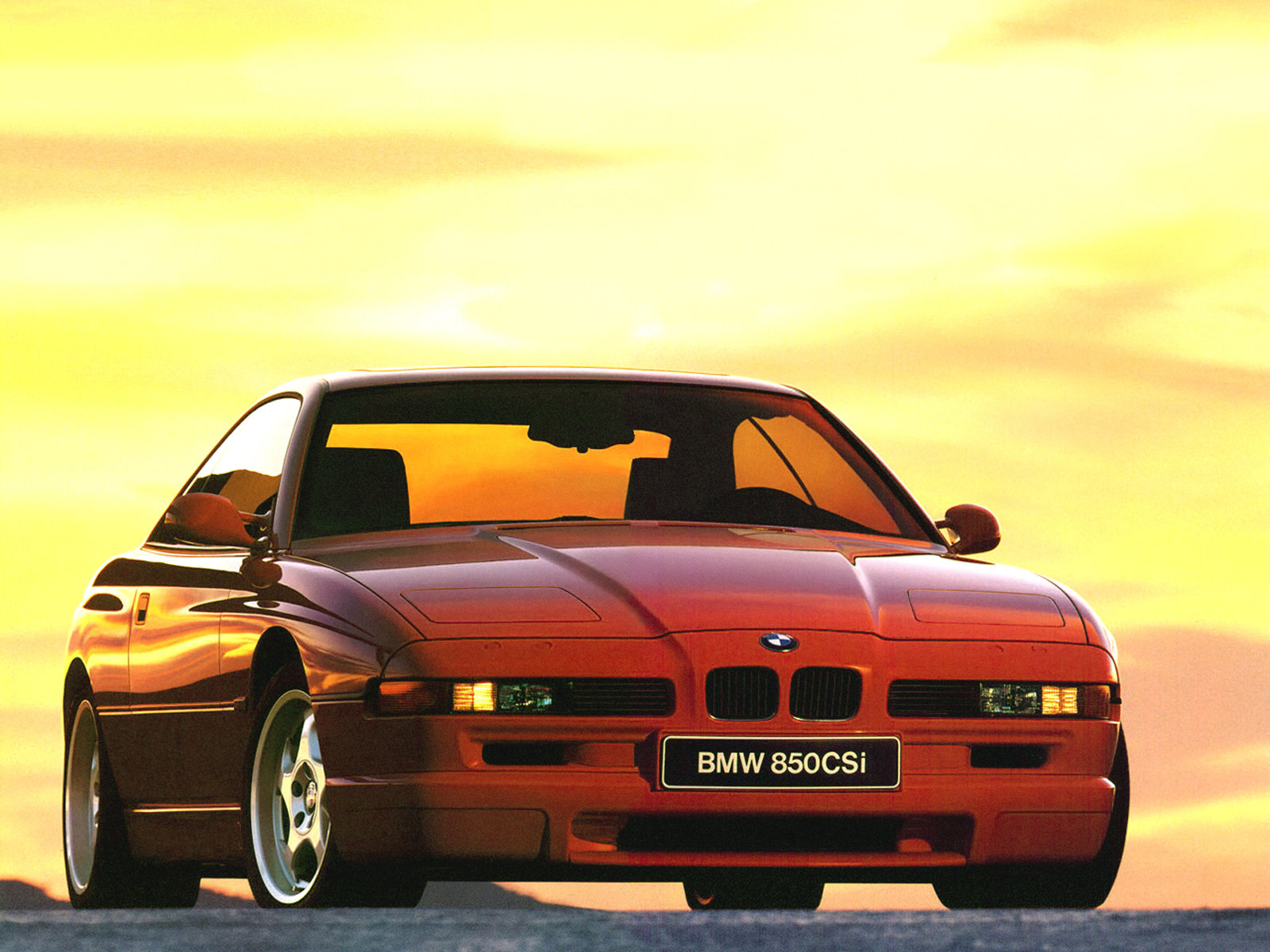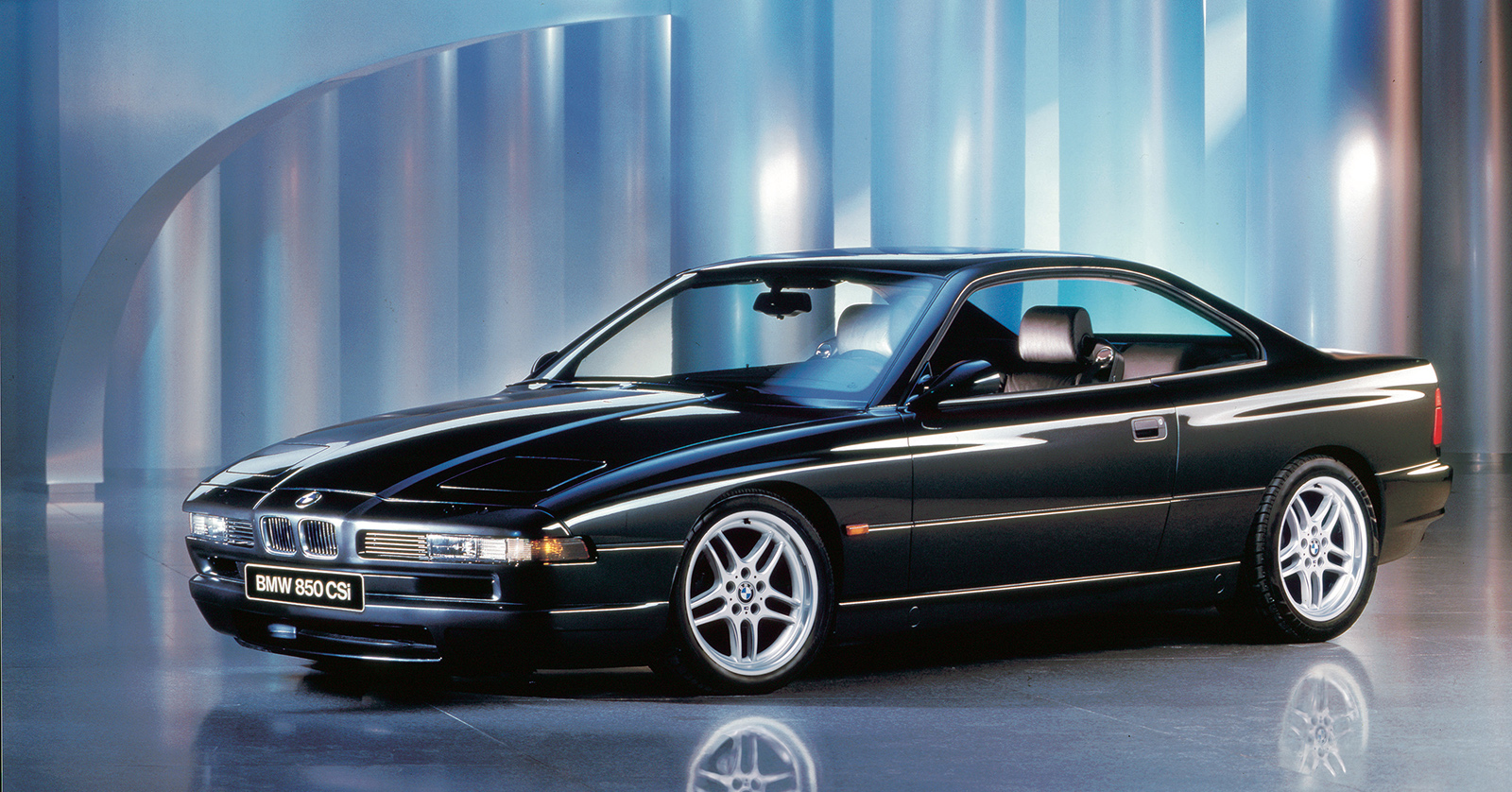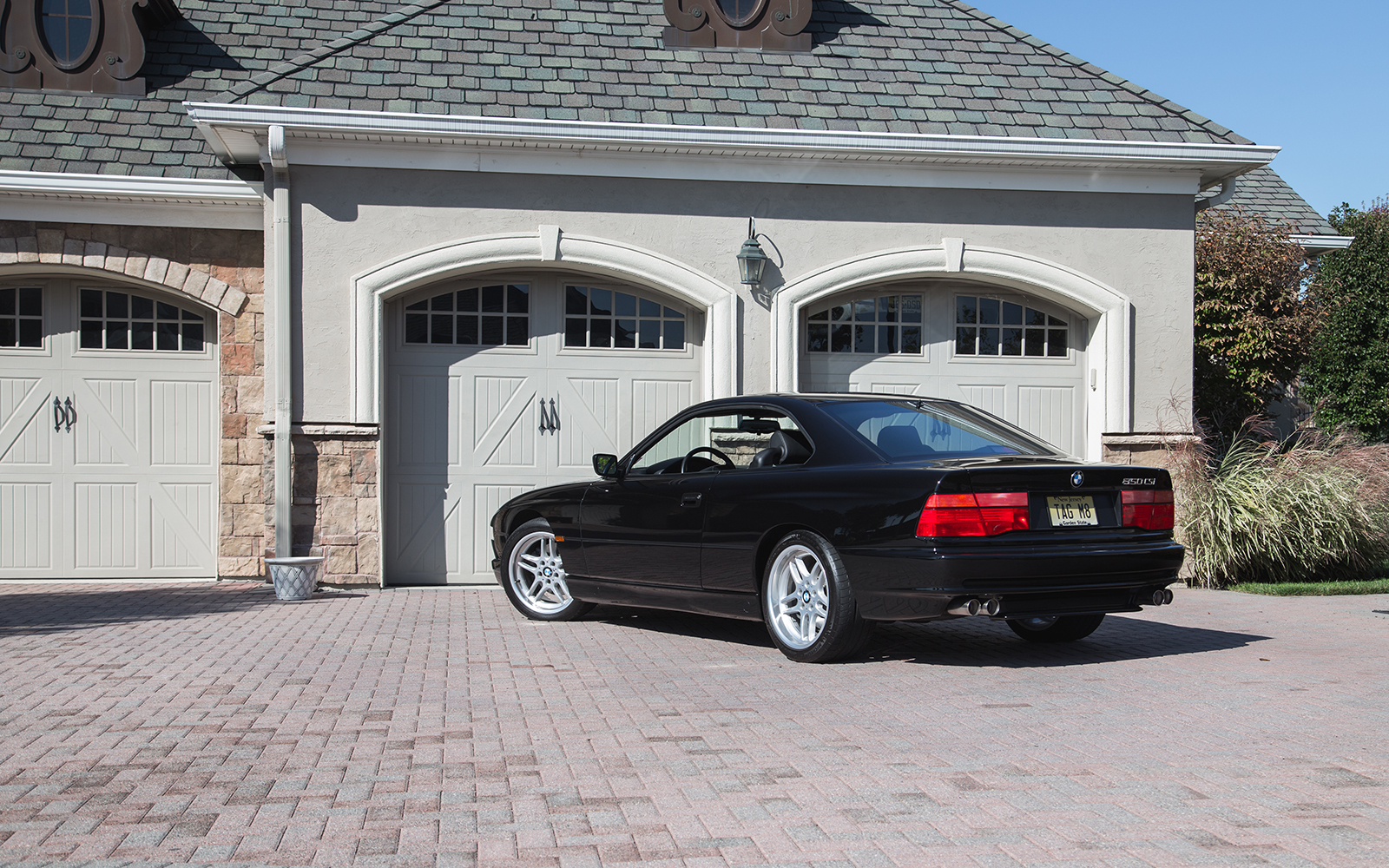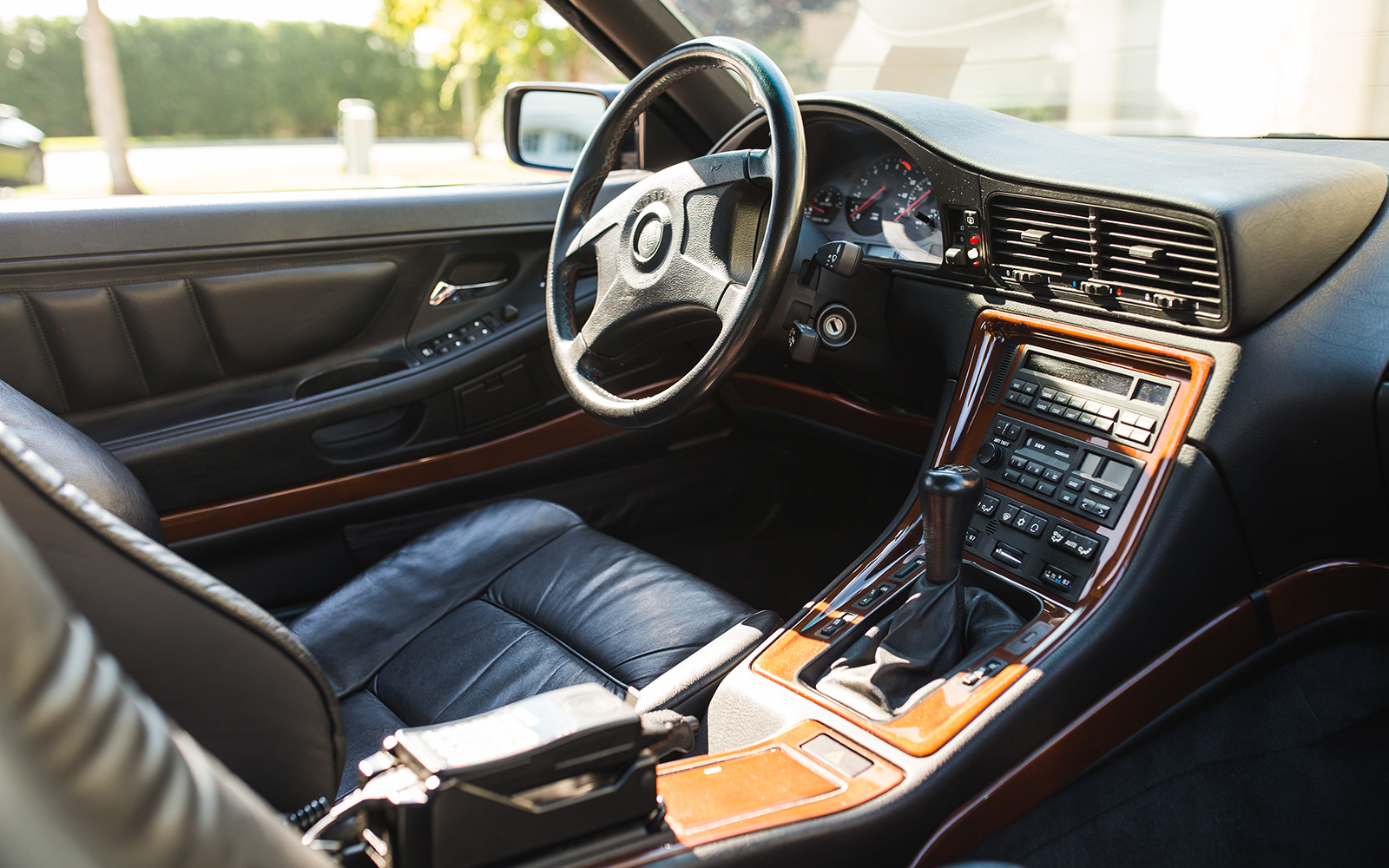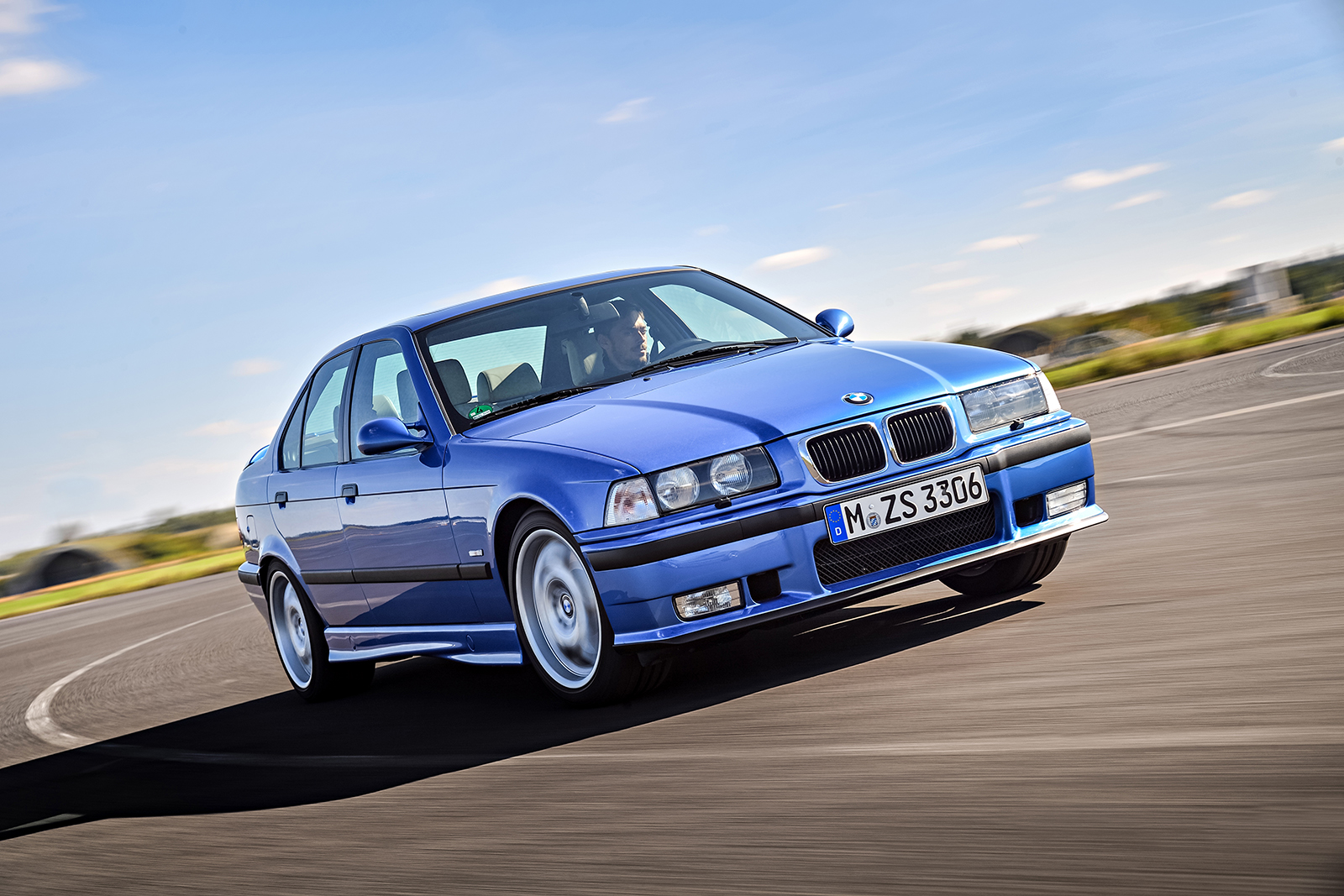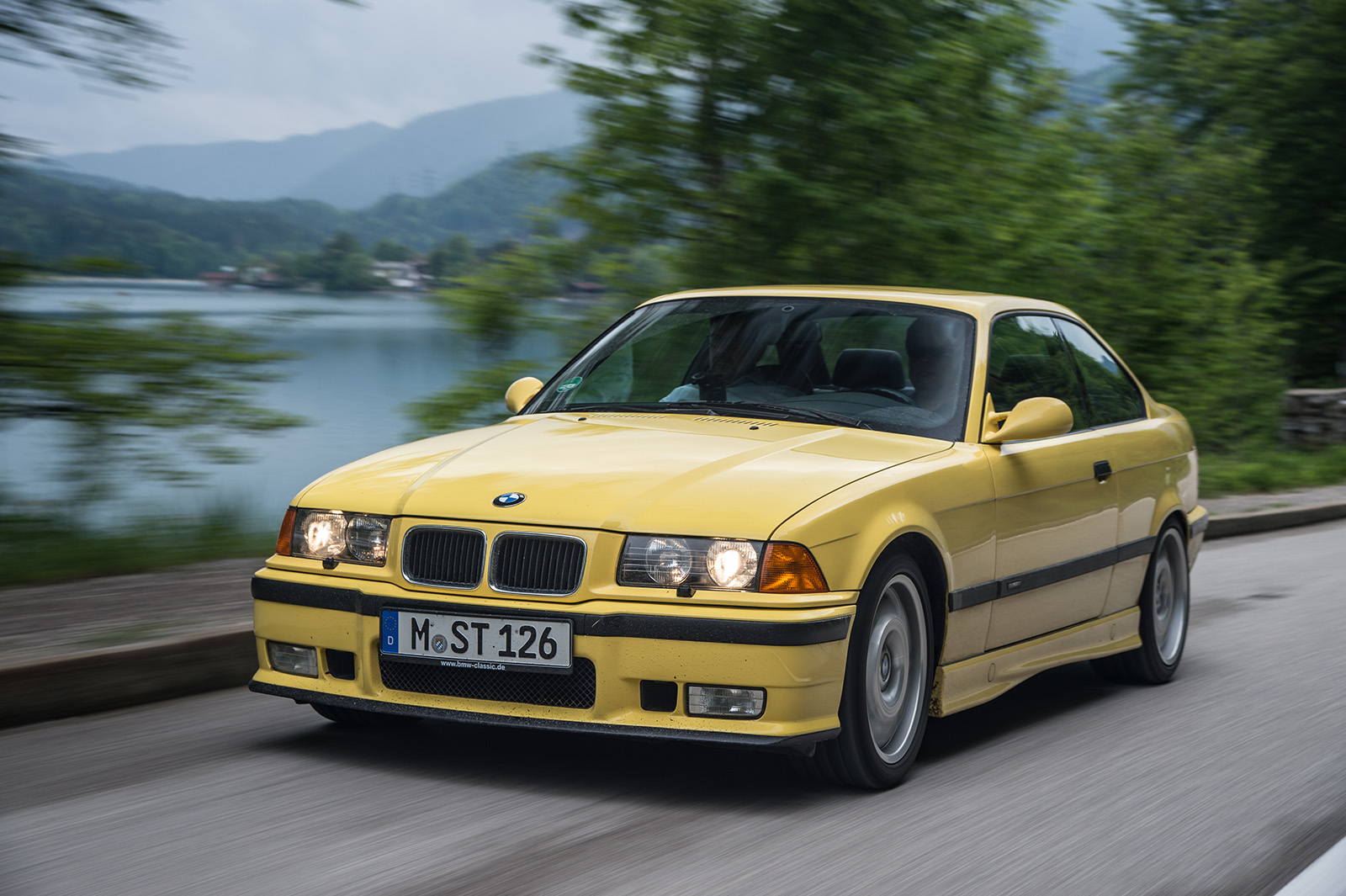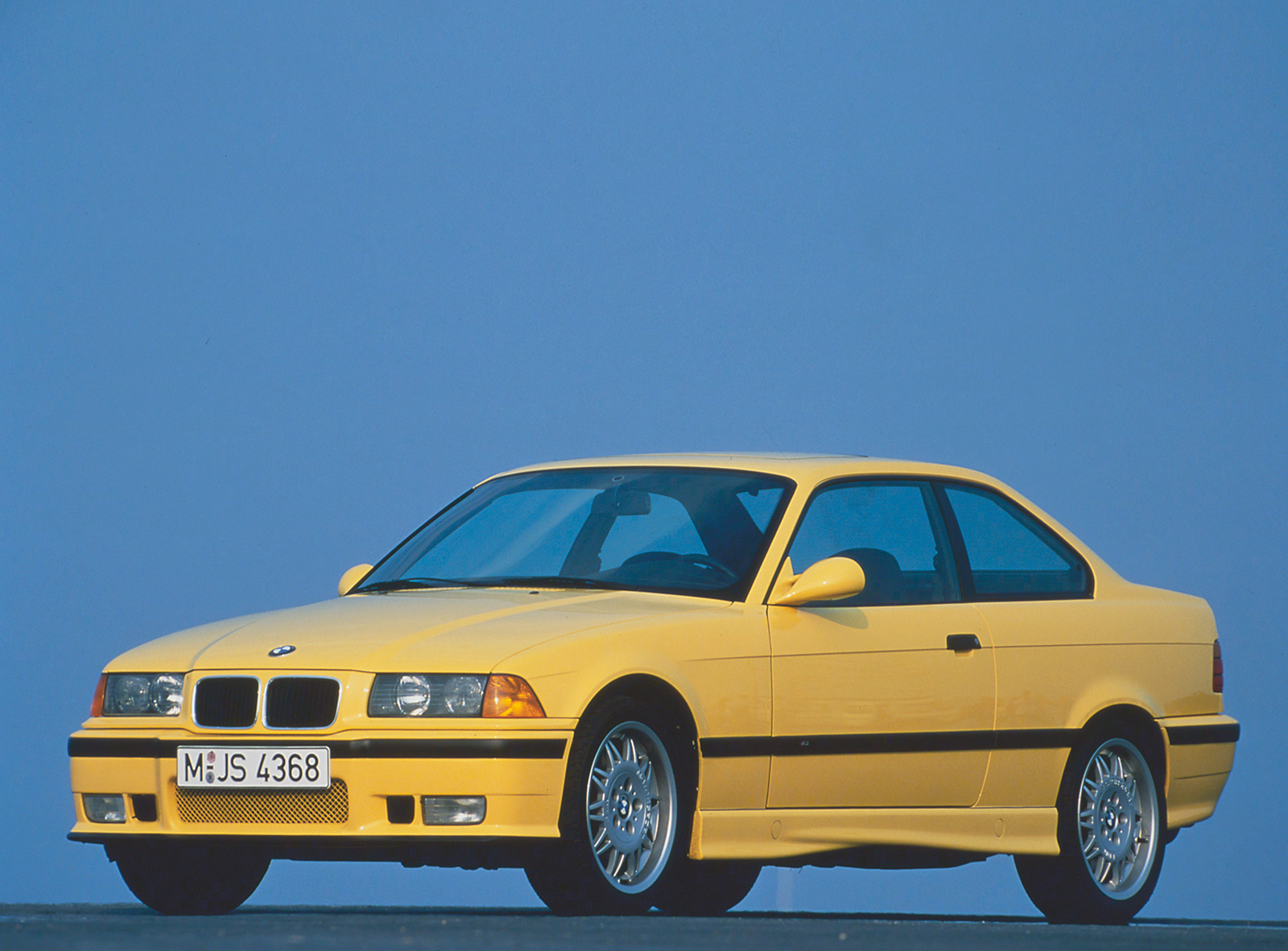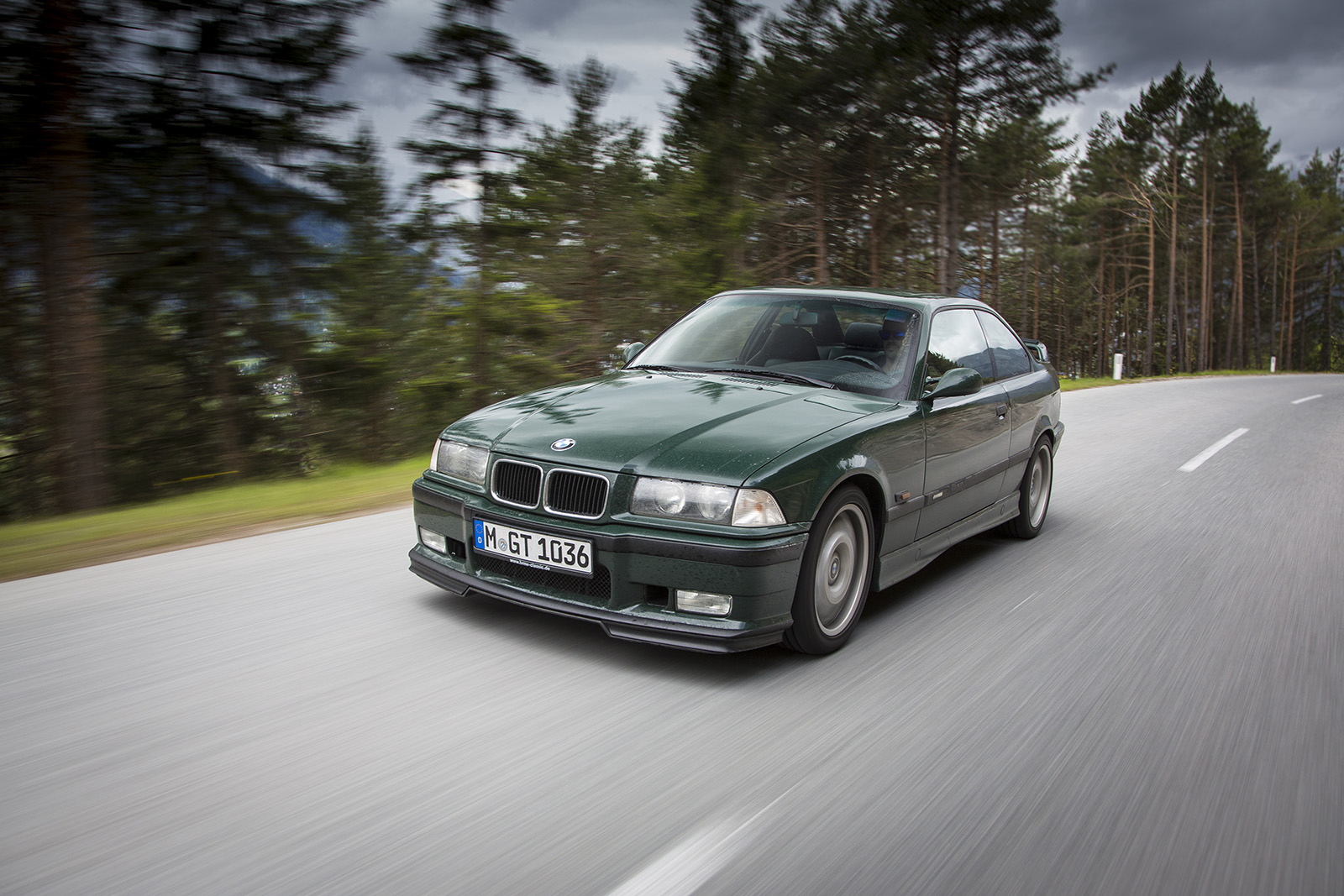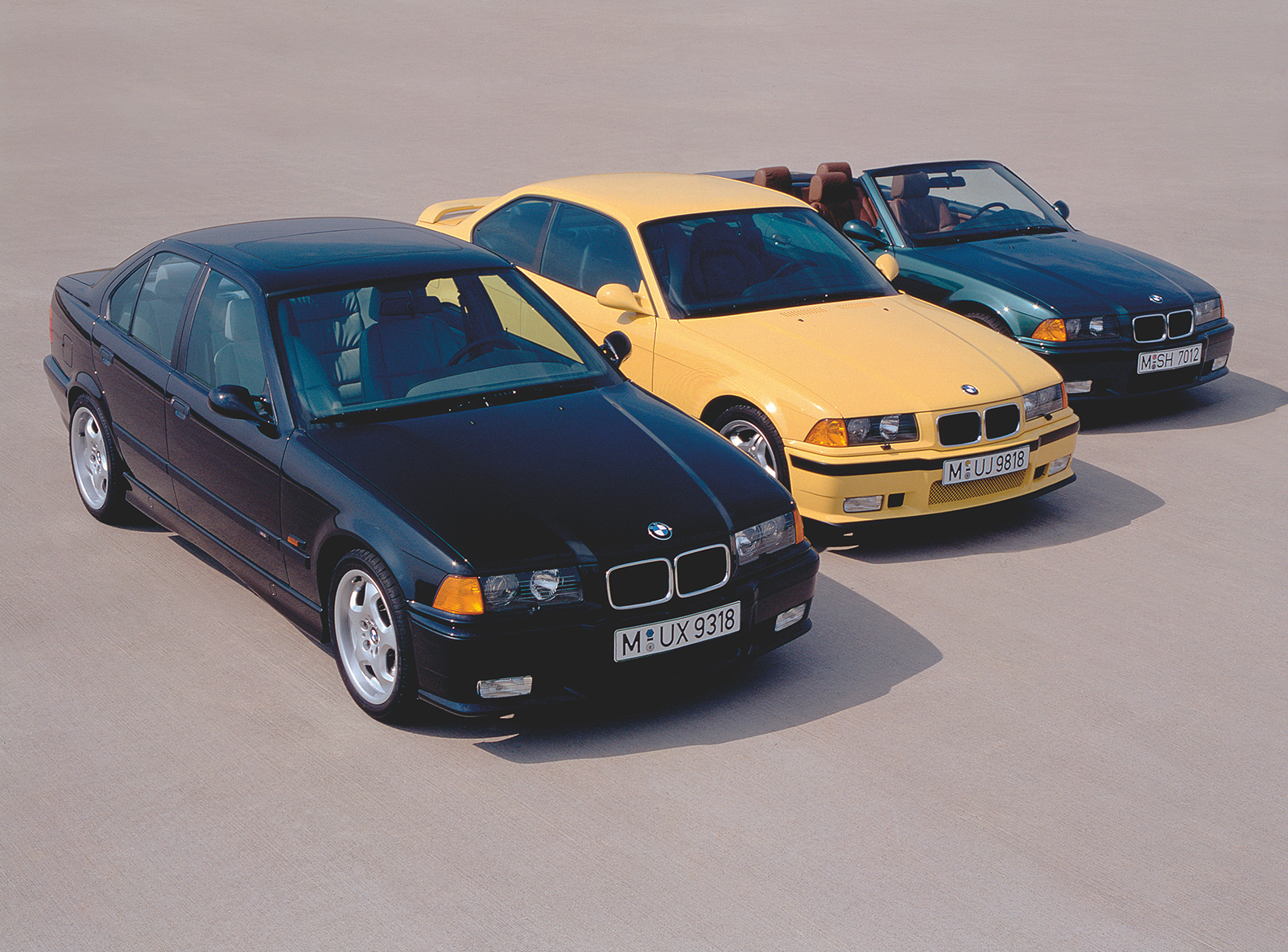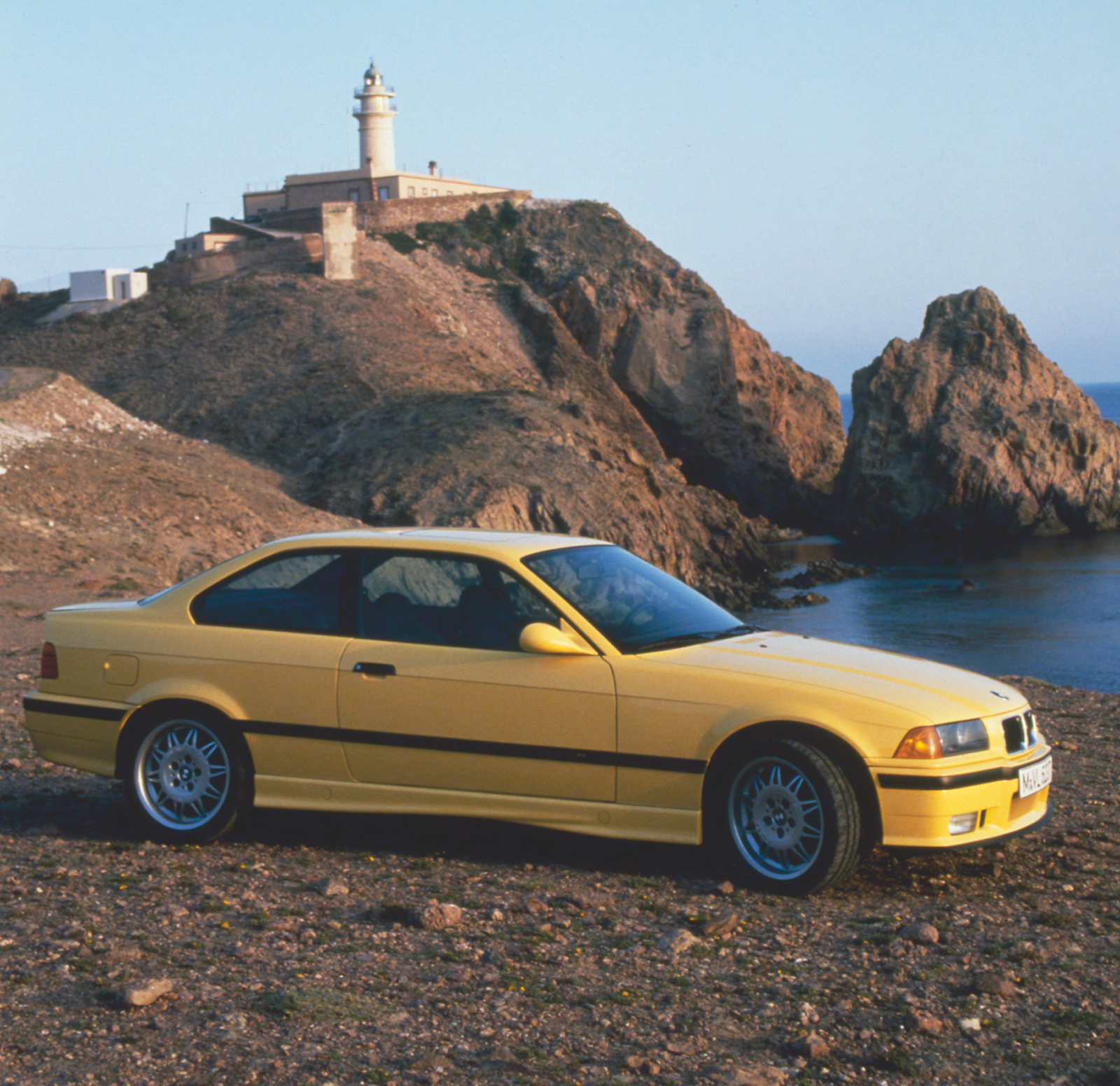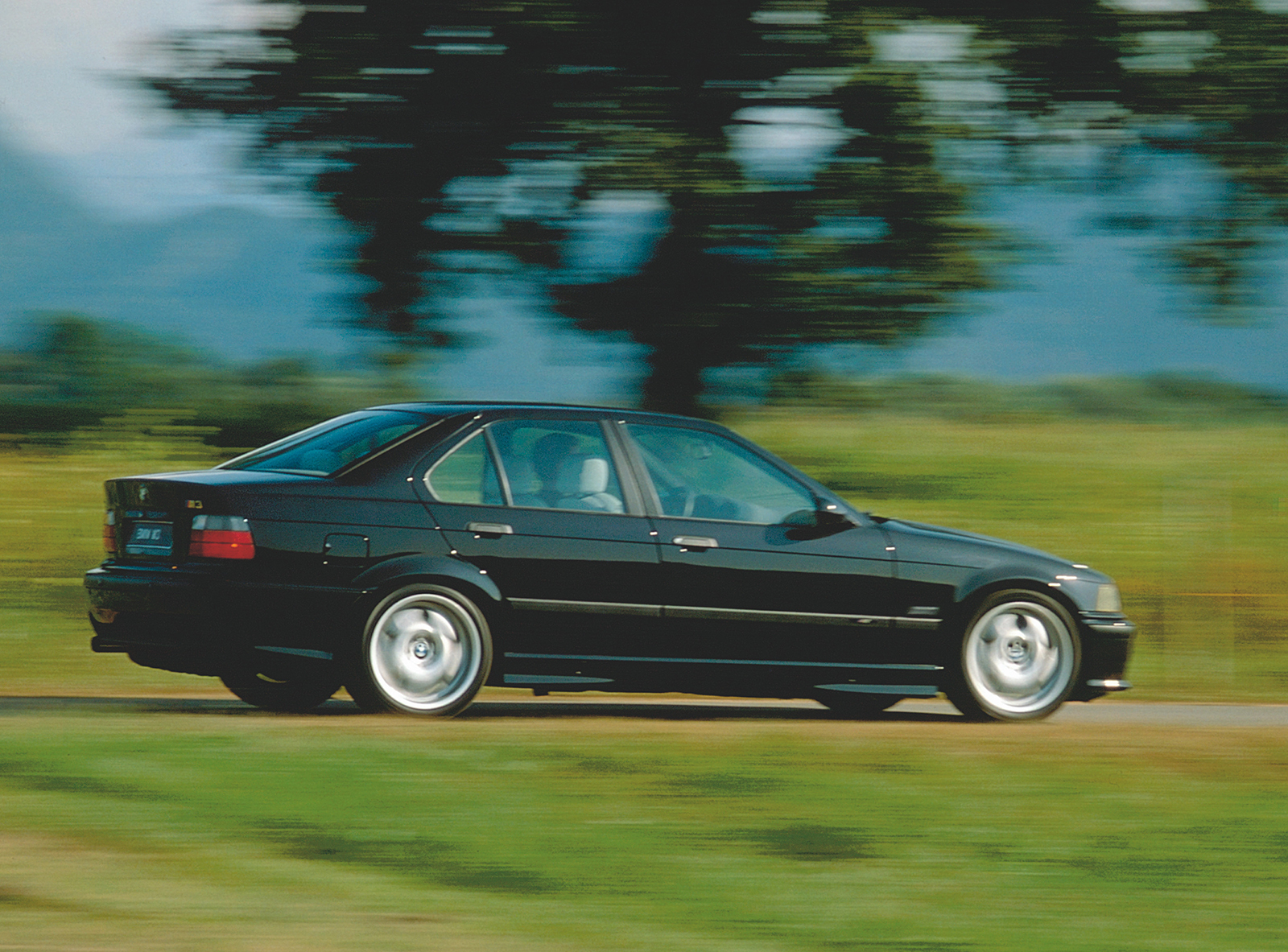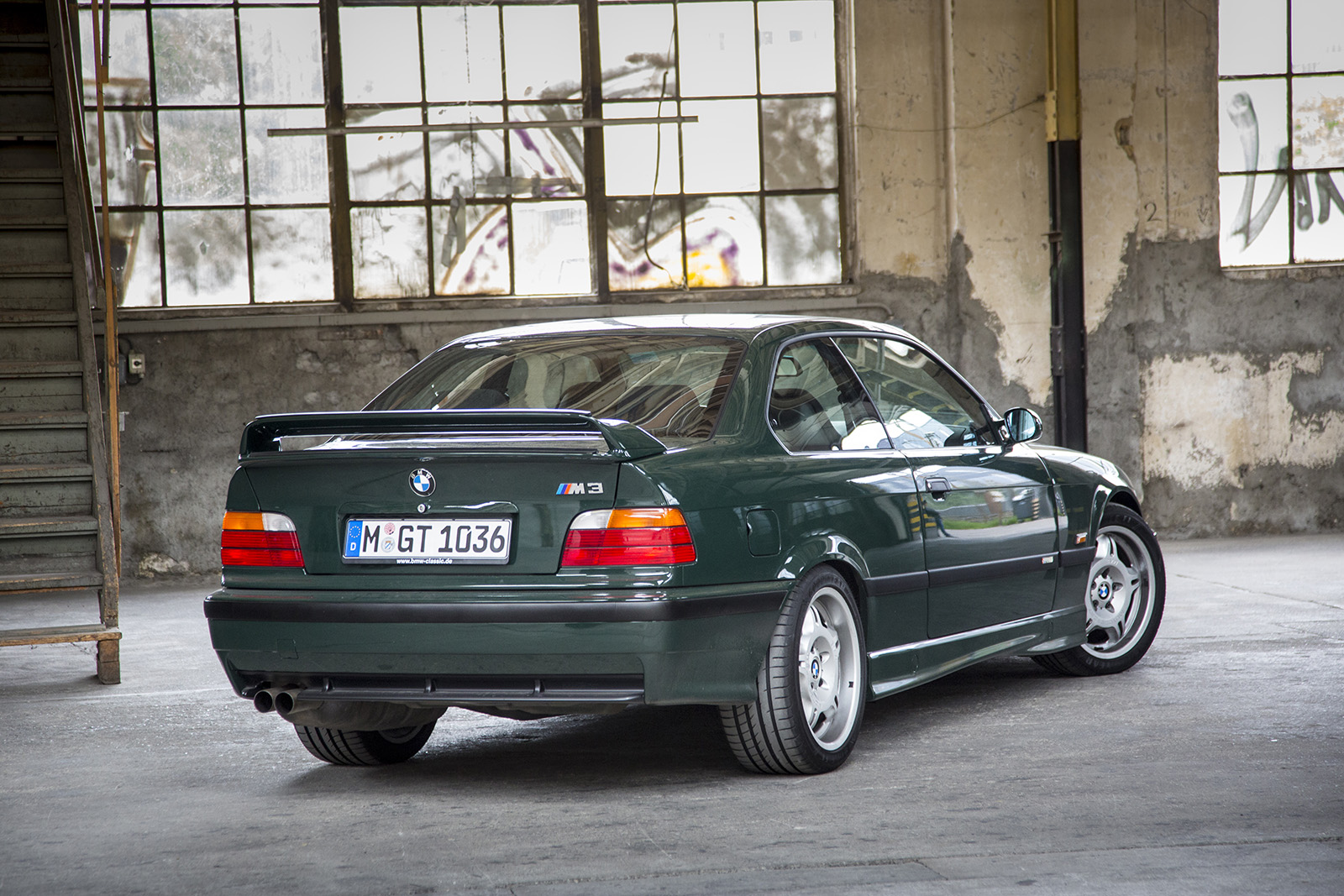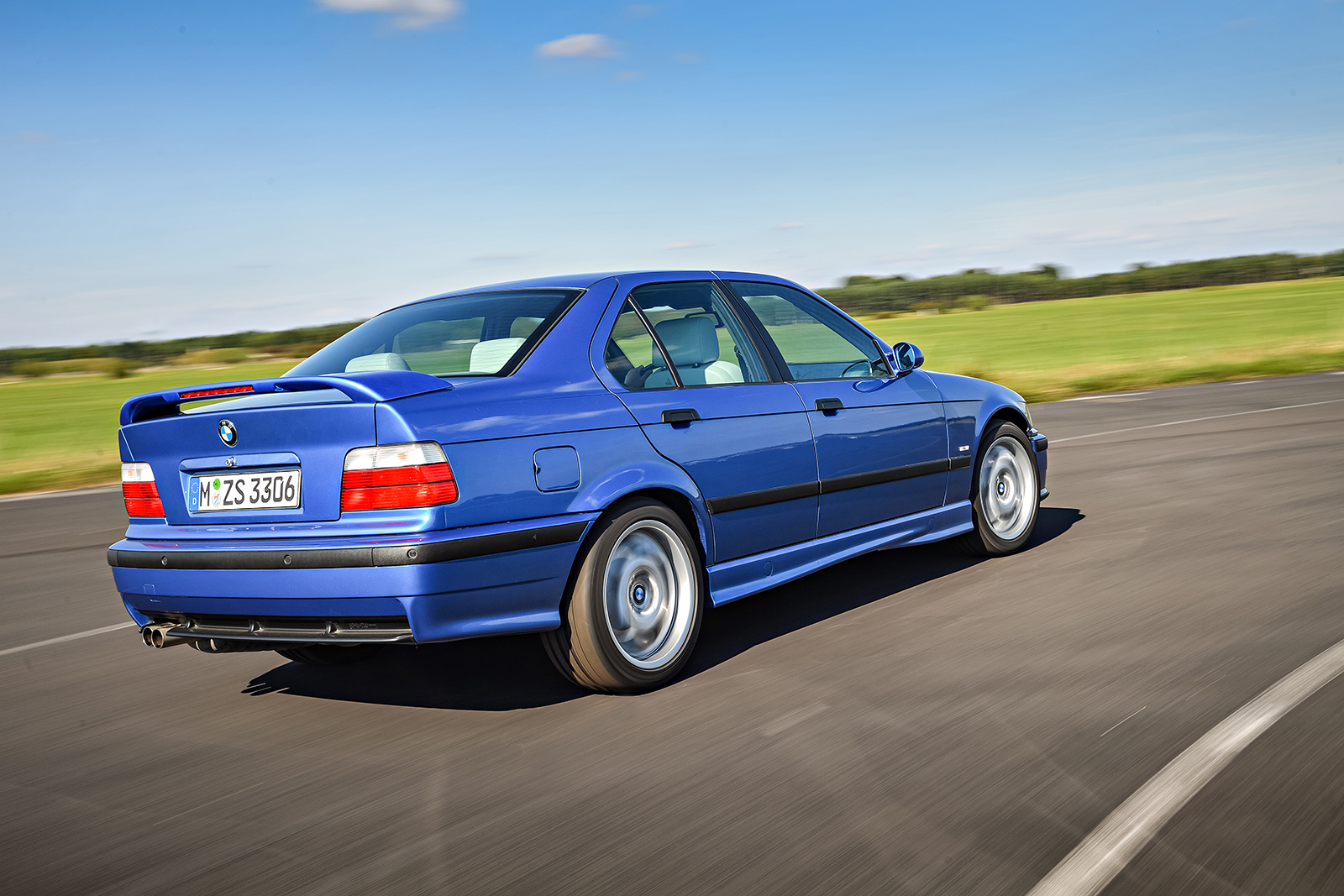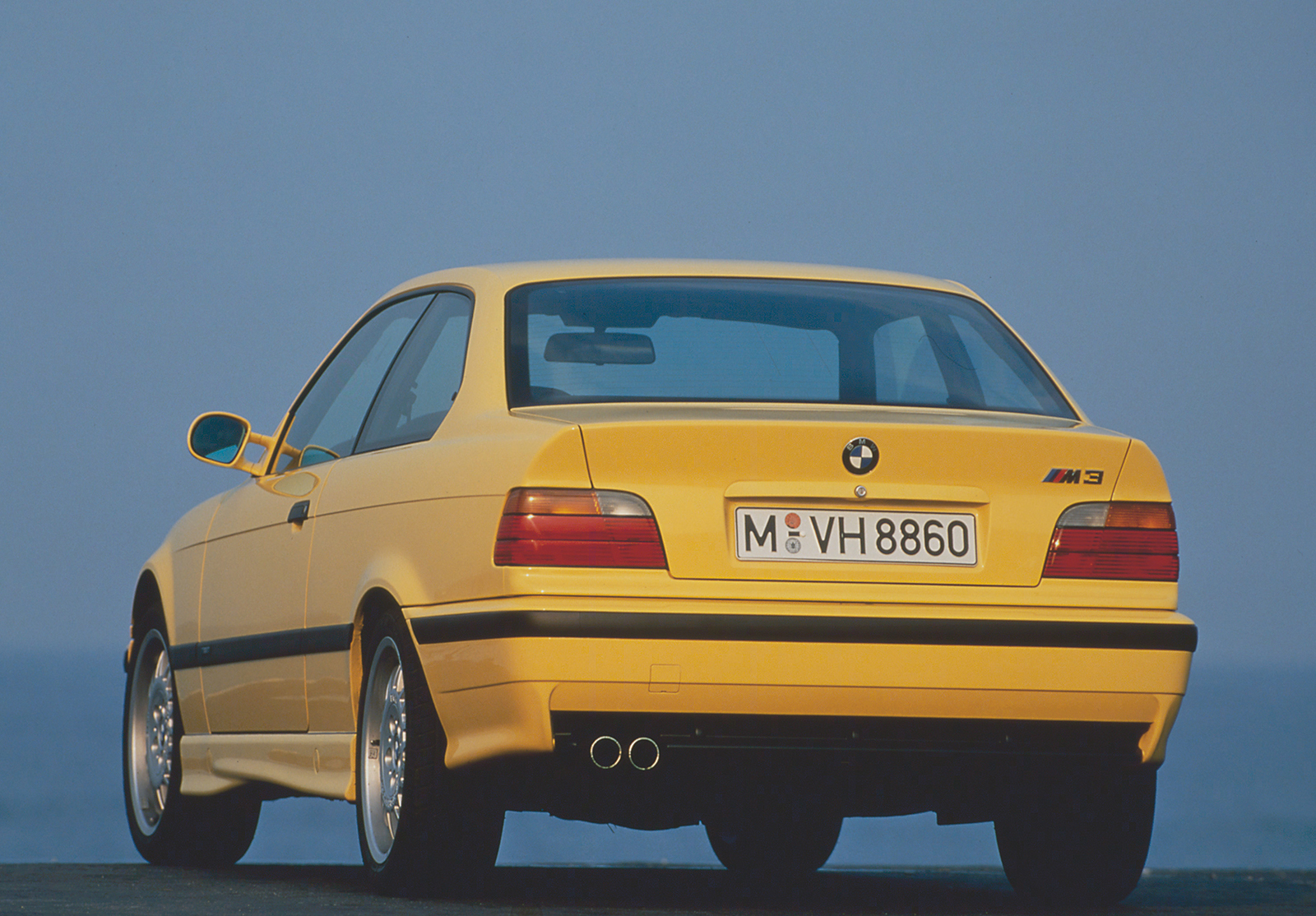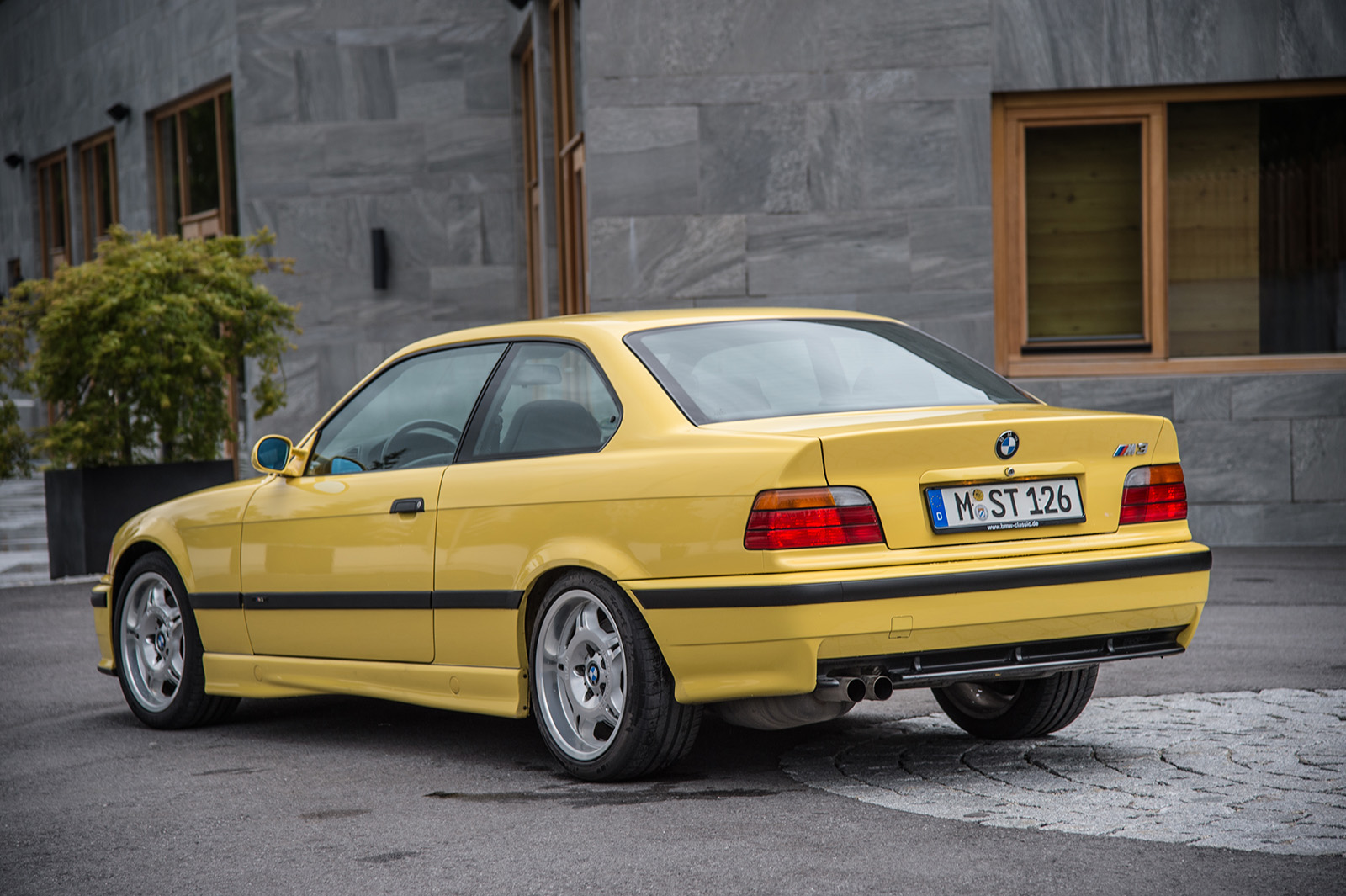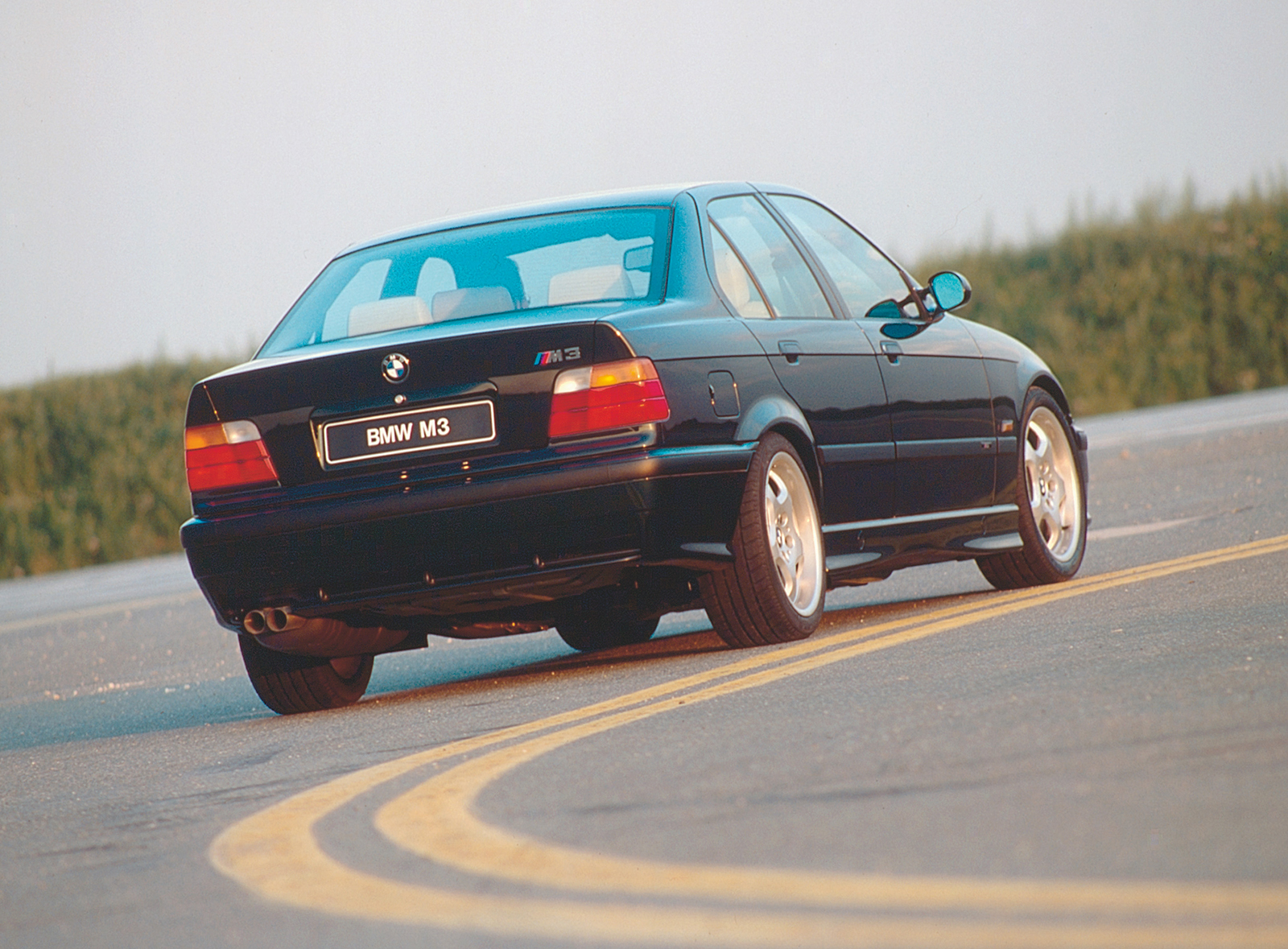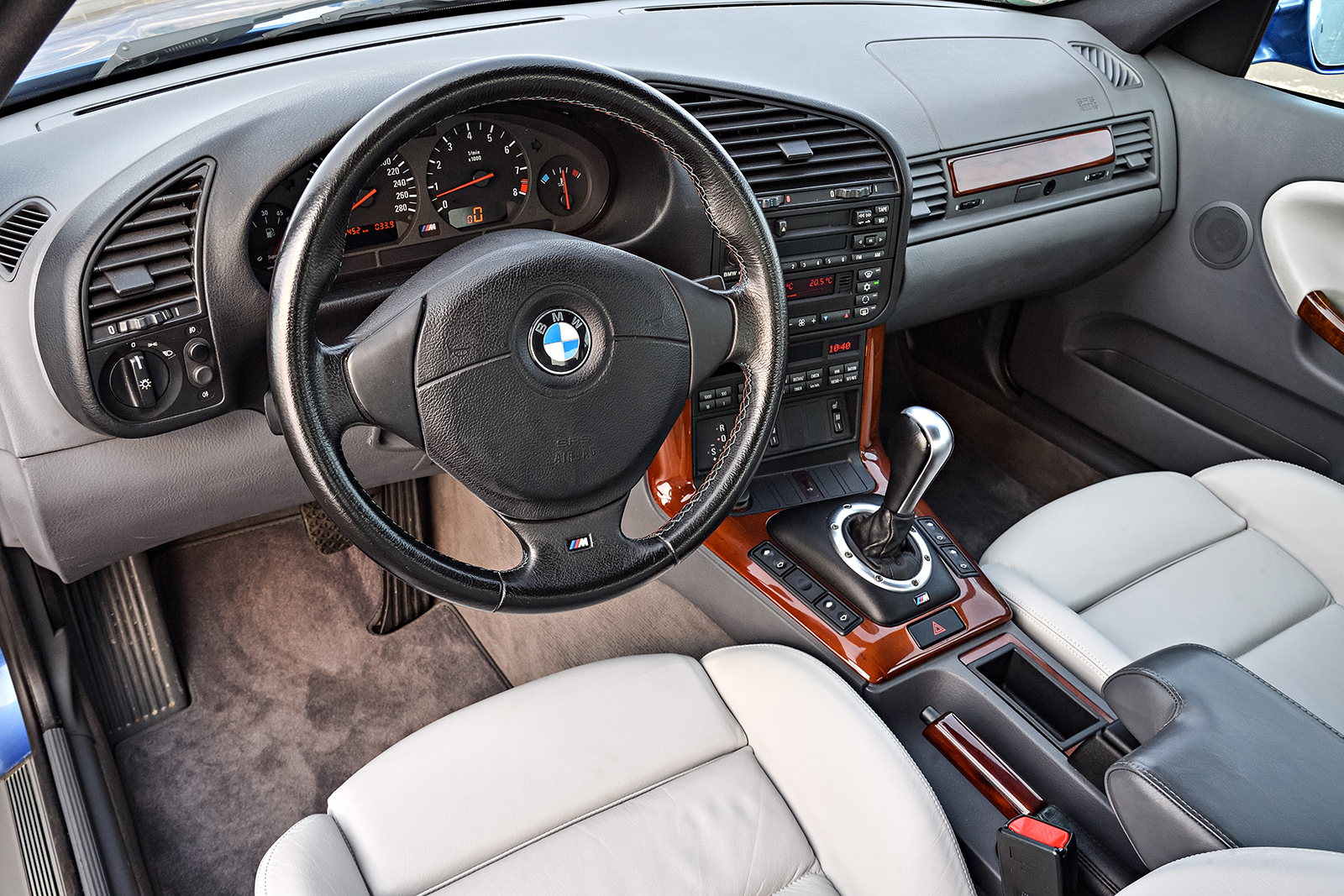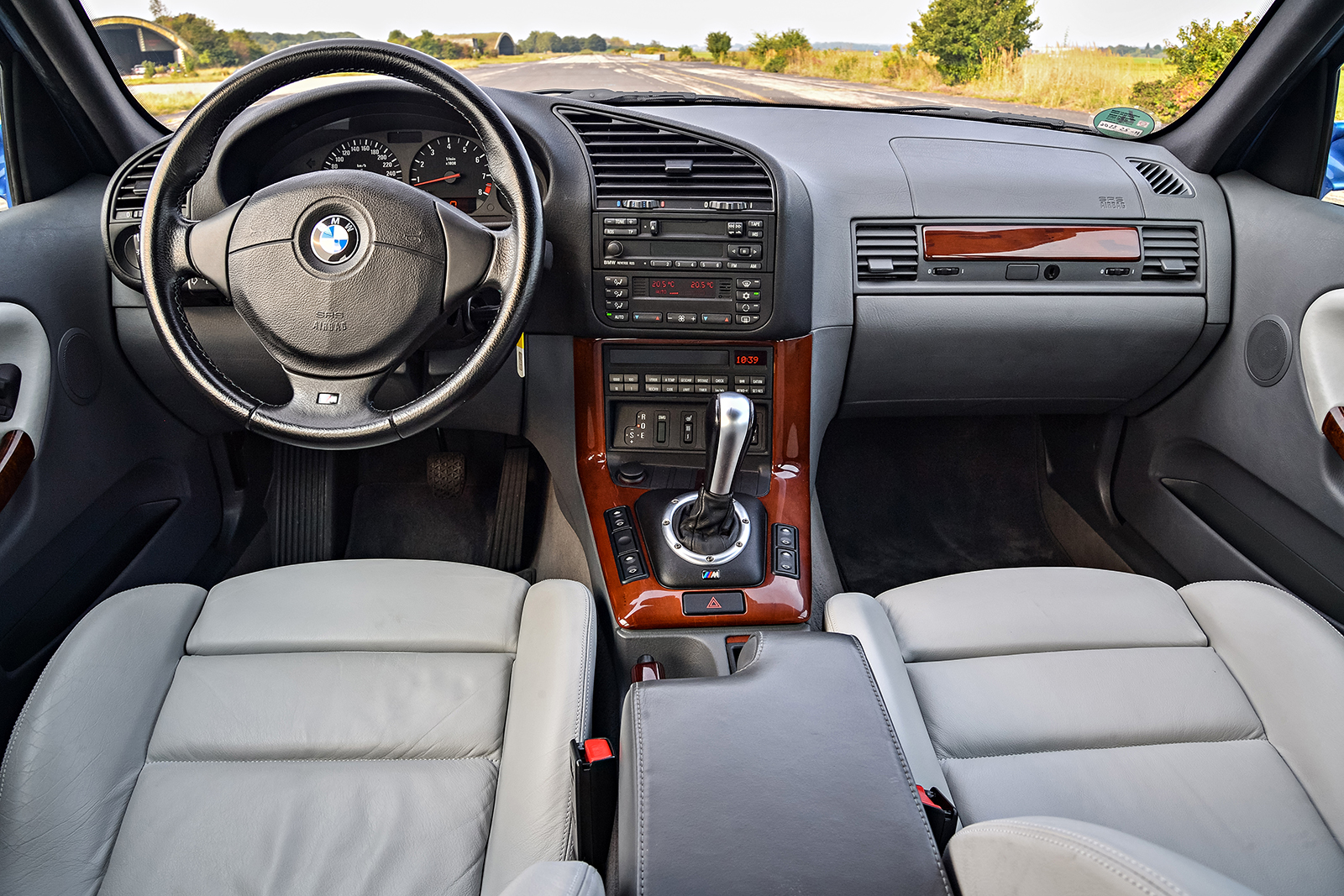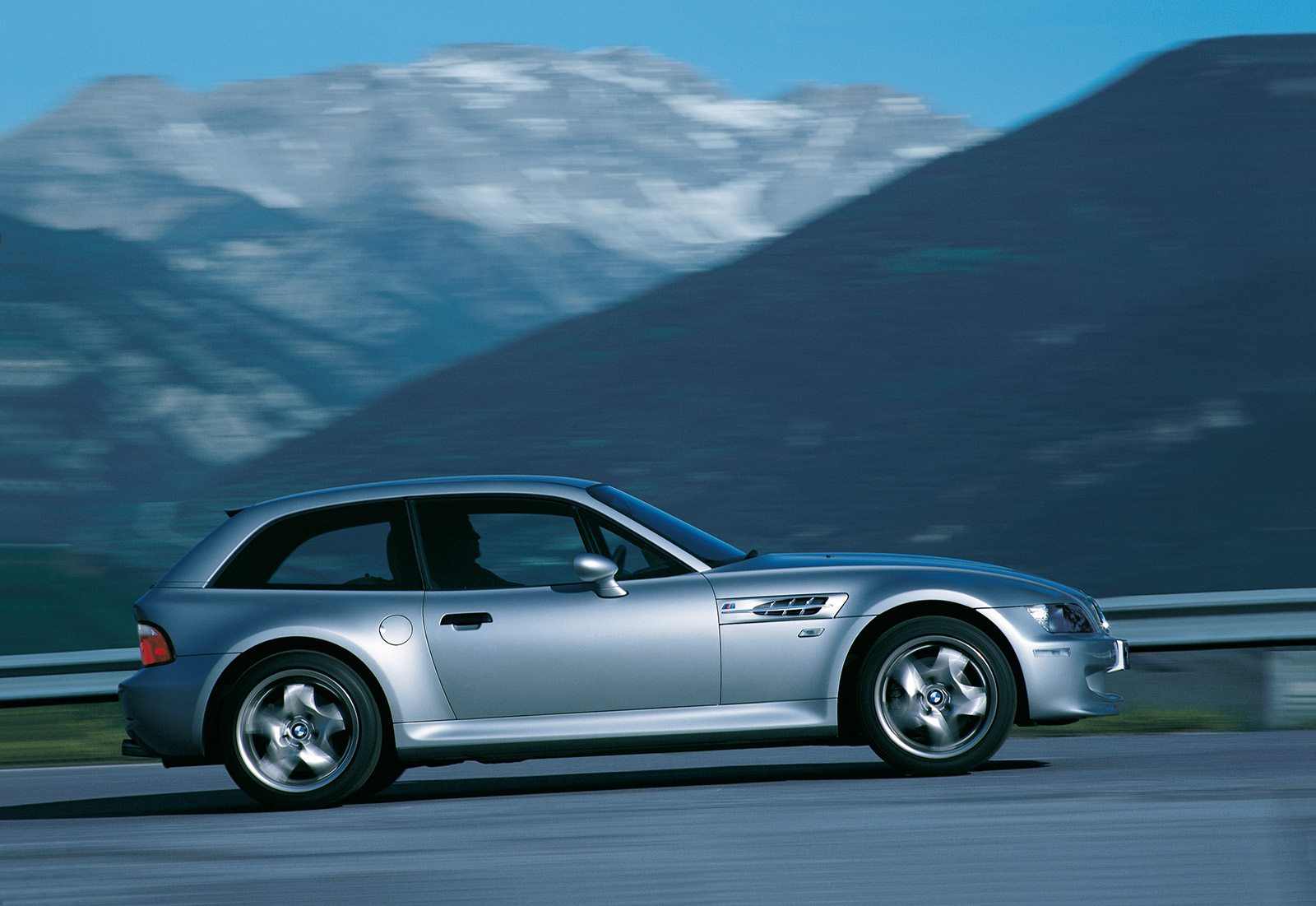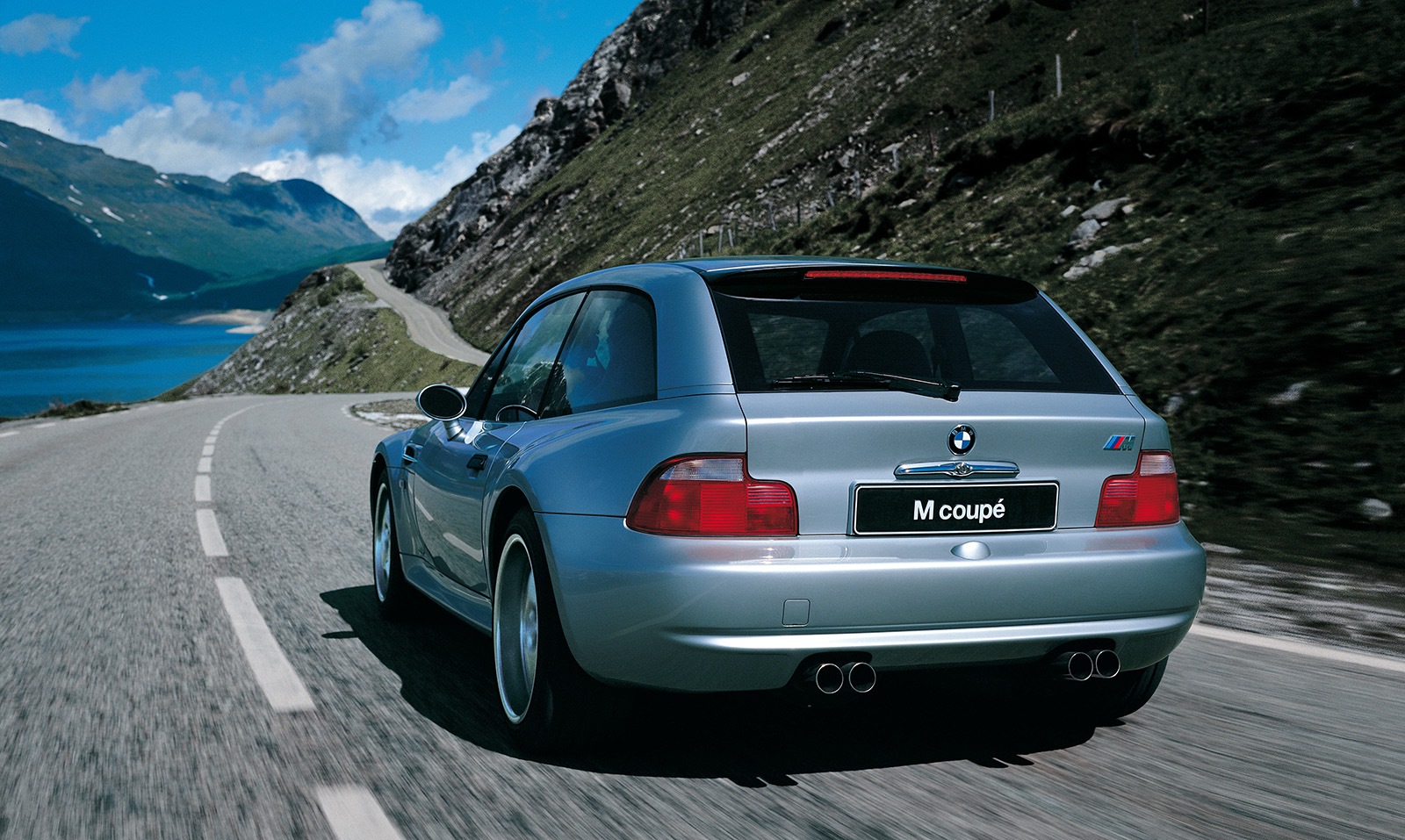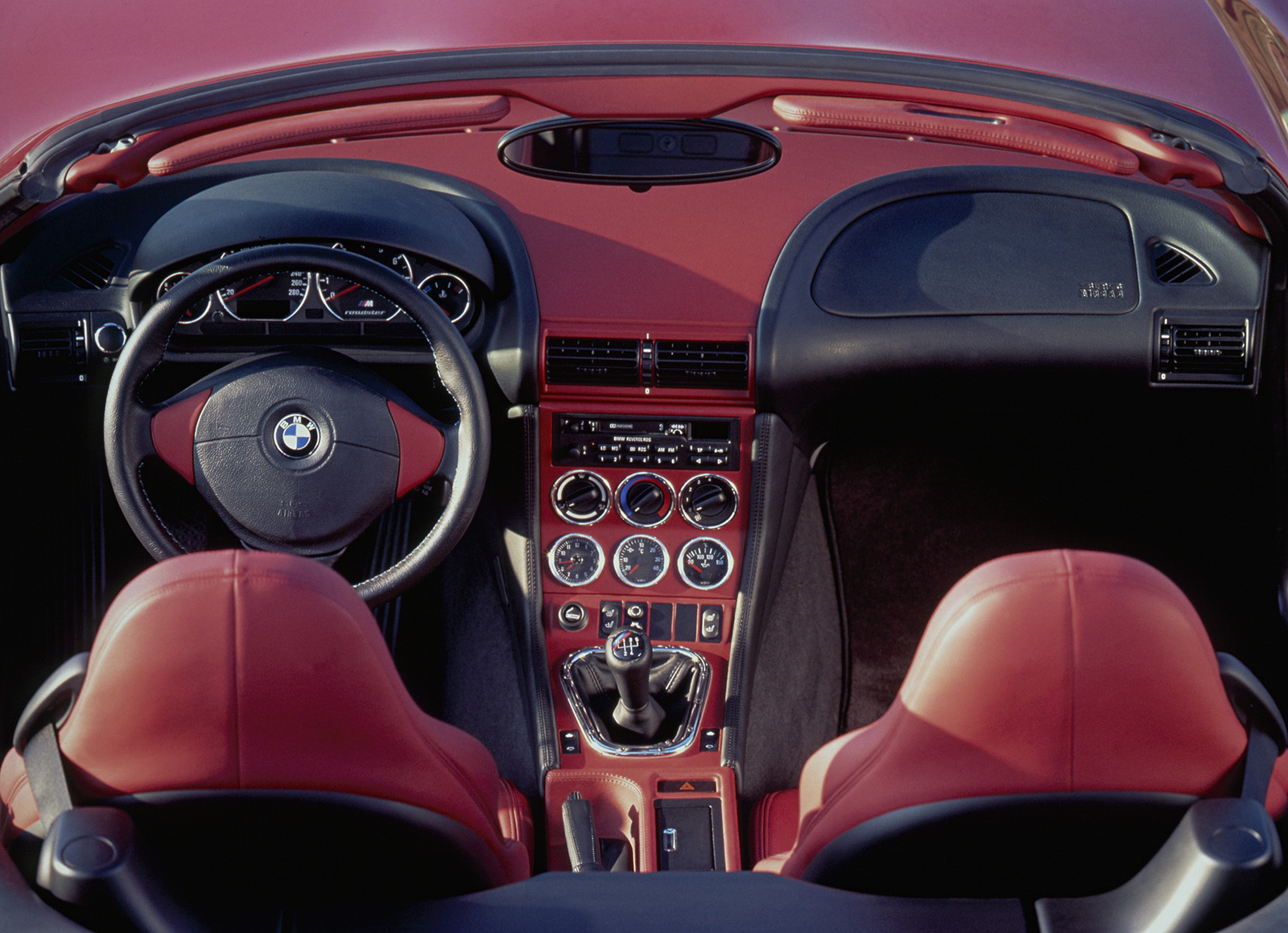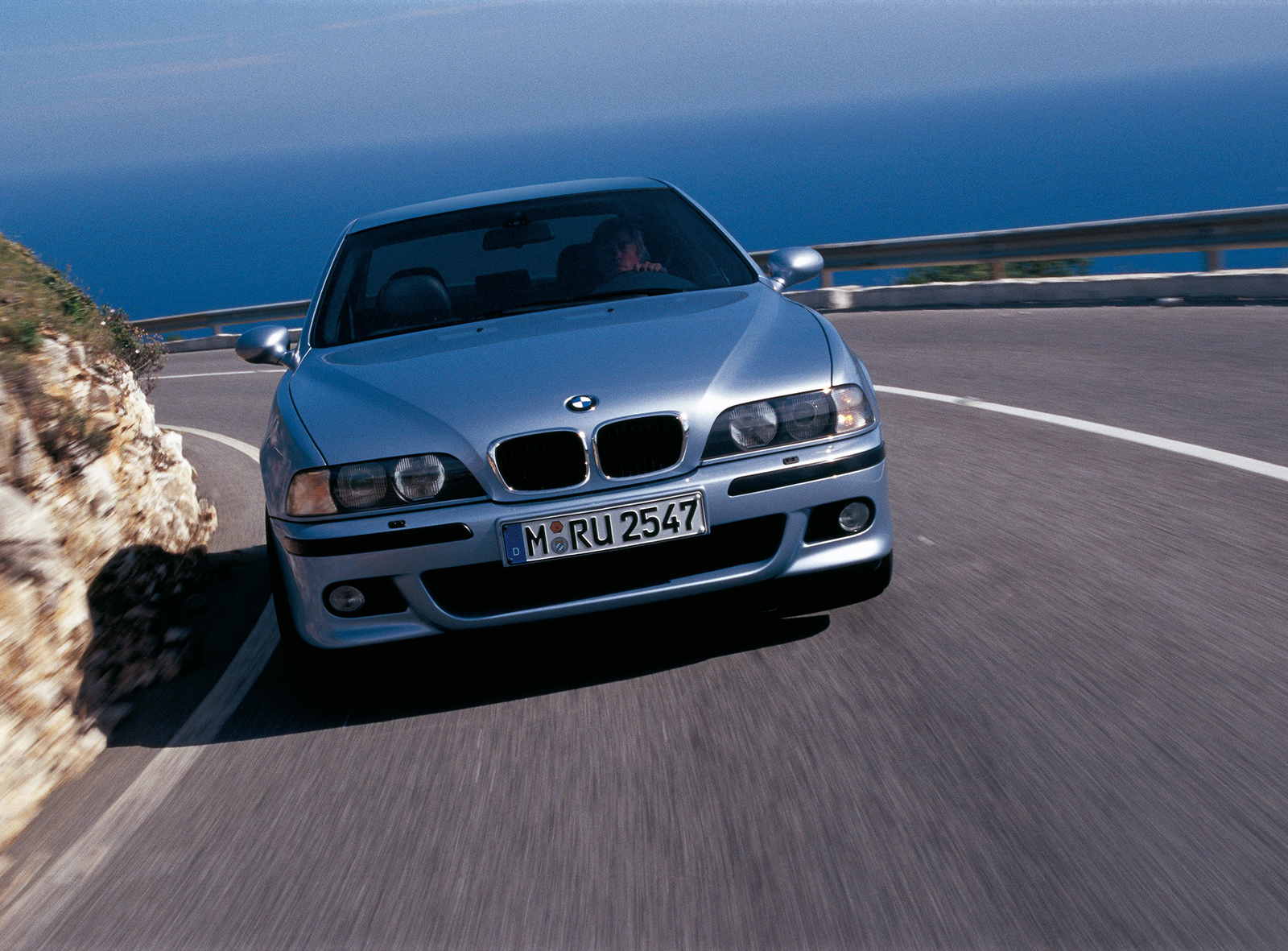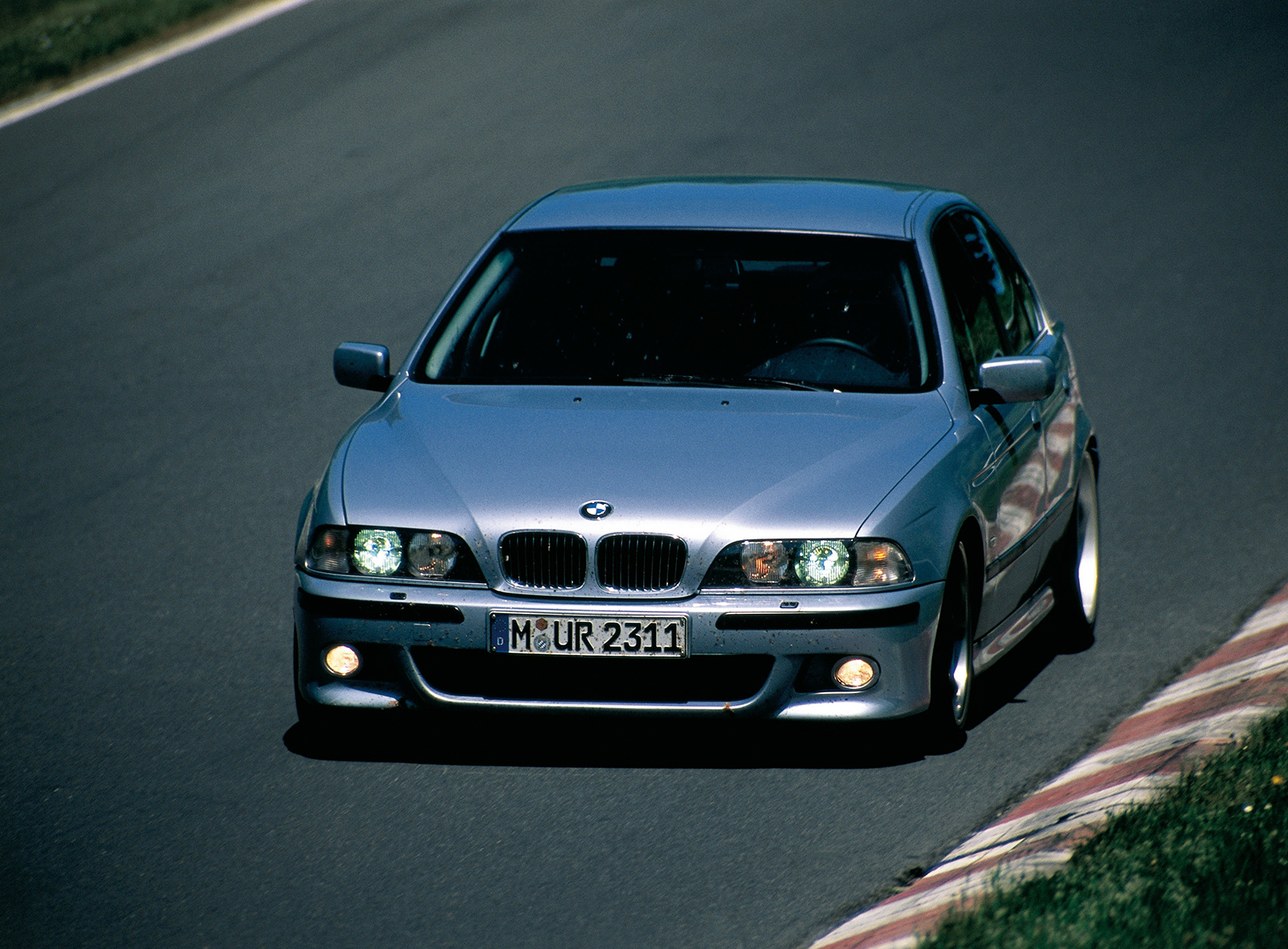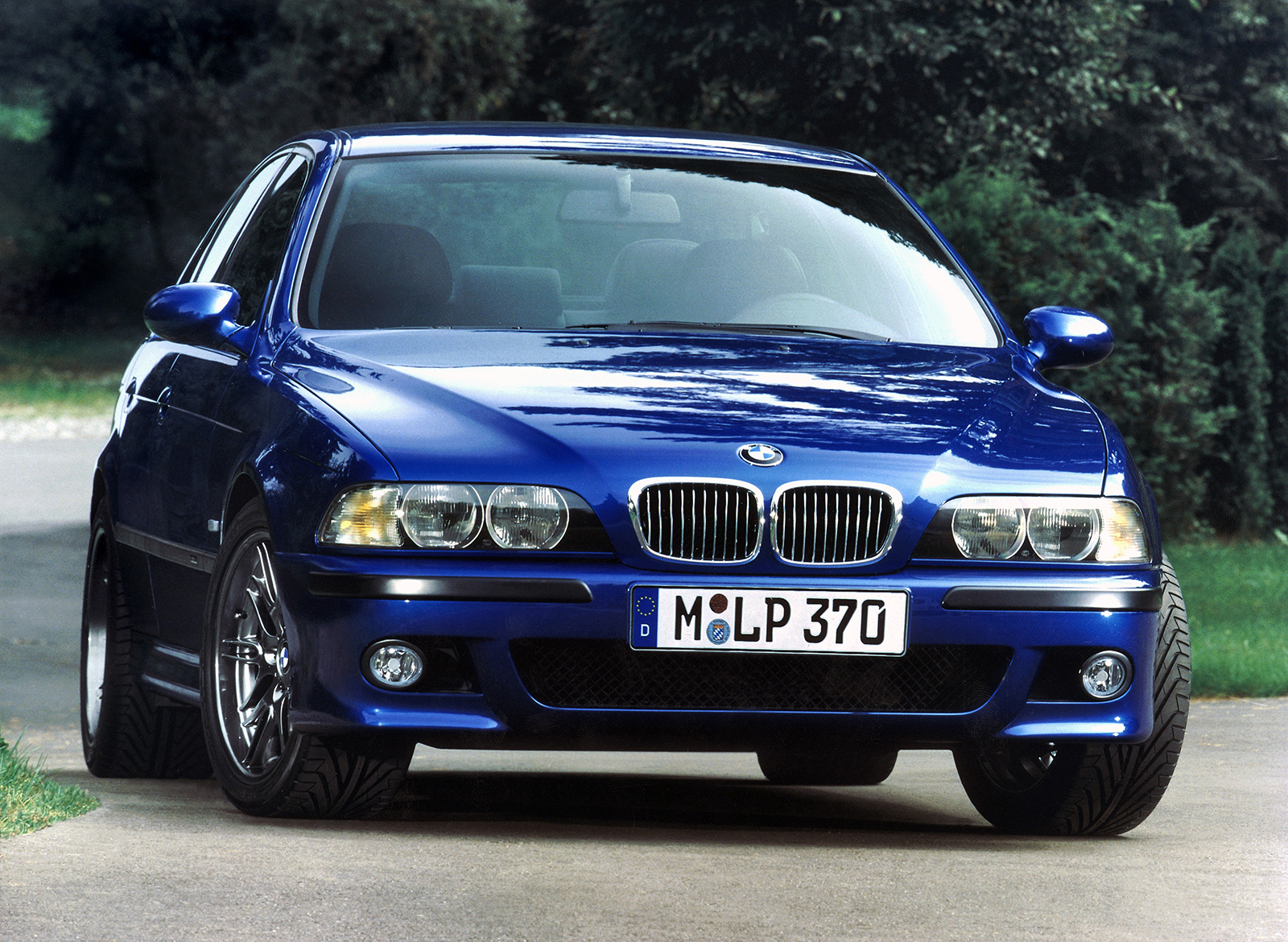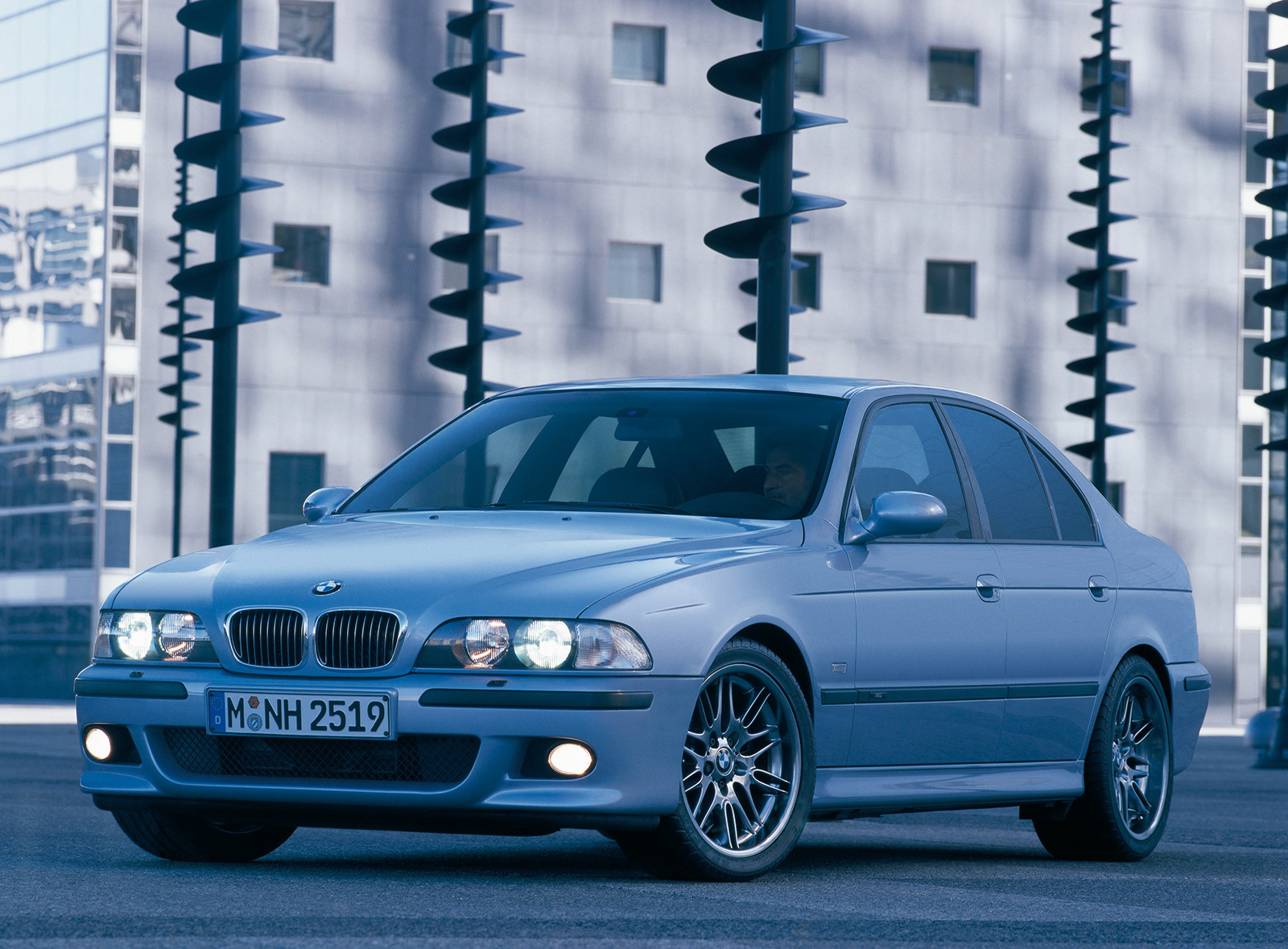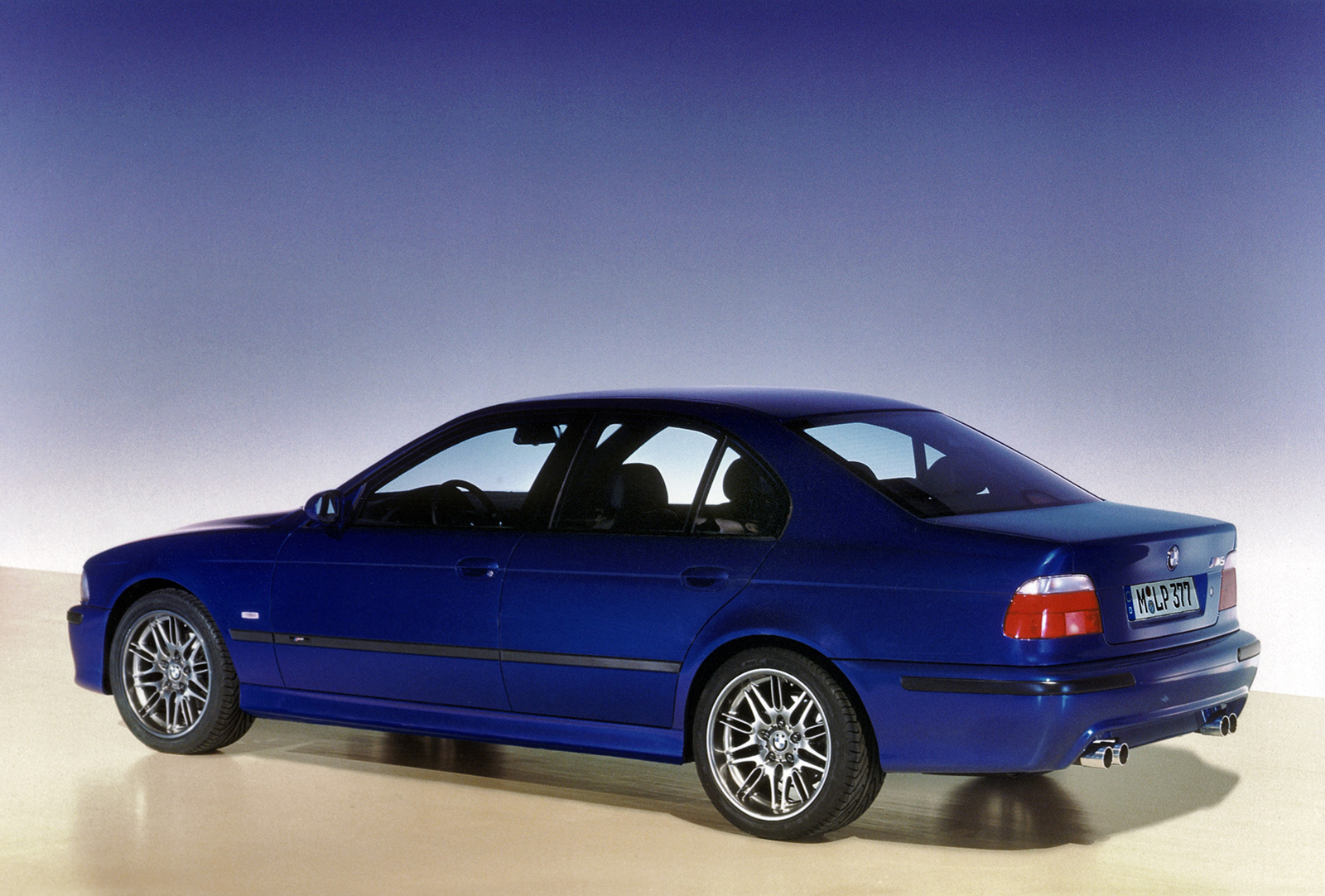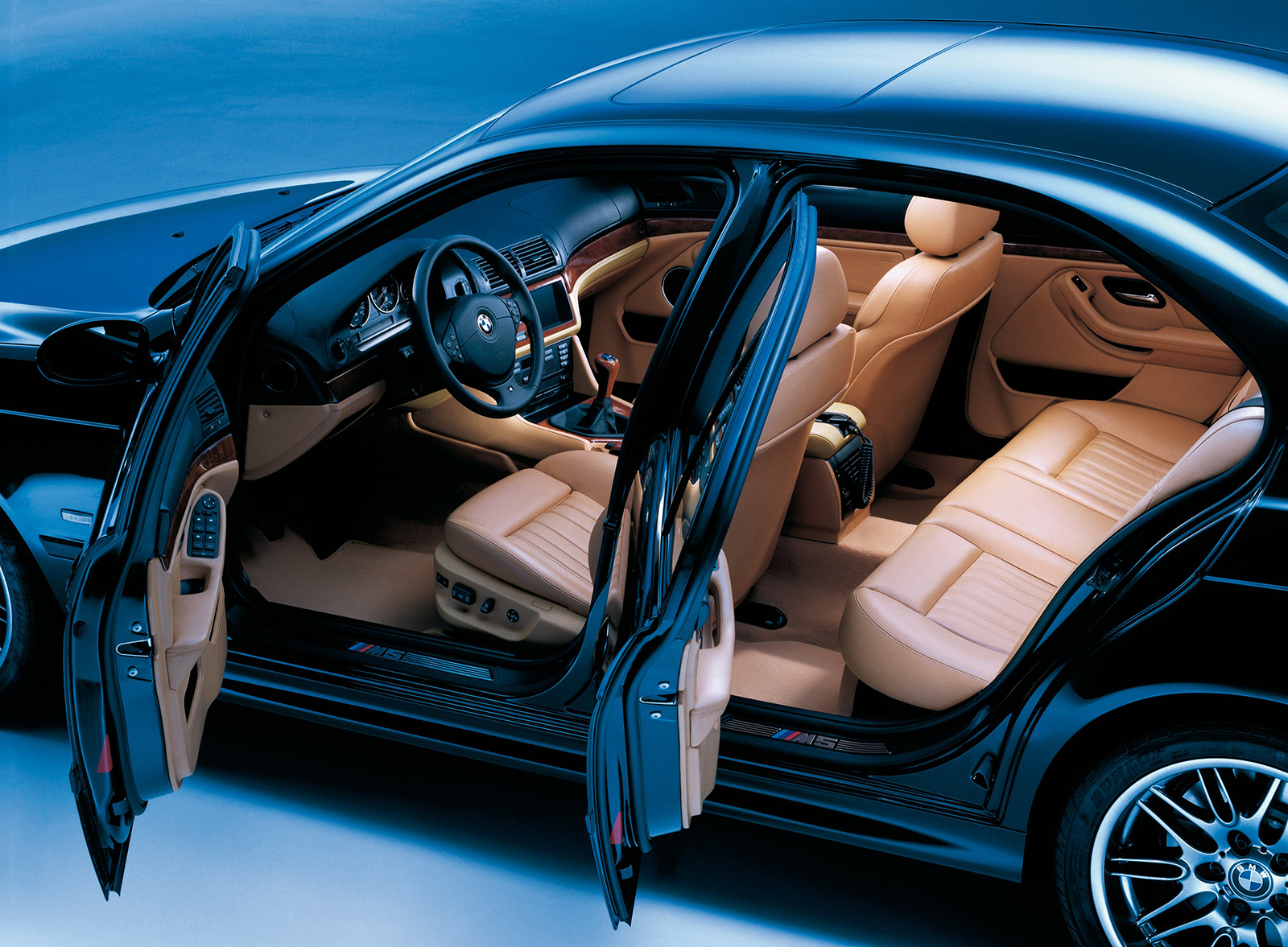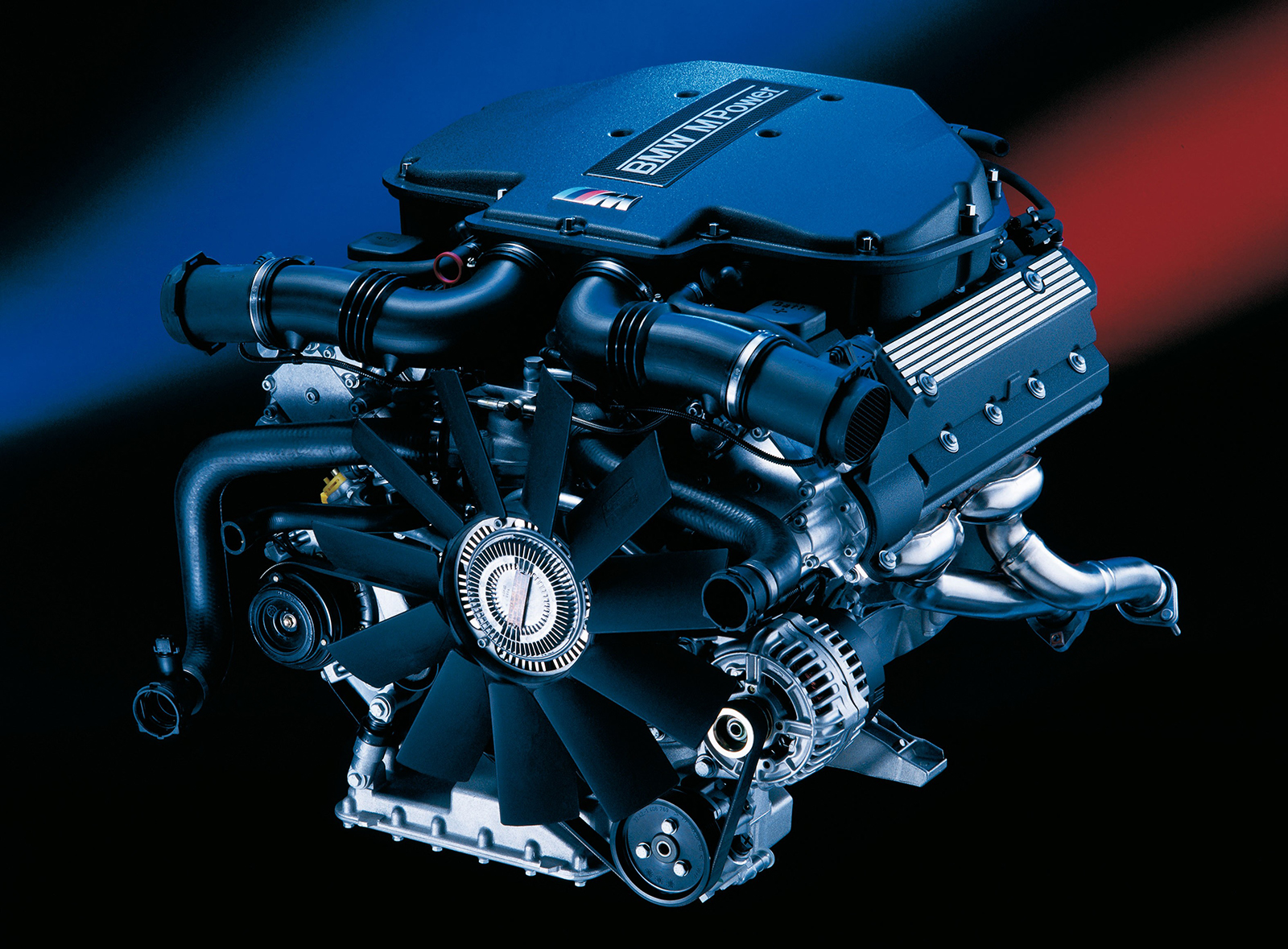BMW 507 (1956)
Max Hoffman, the market-savvy businessman who imported BMWs to the U.S. in the 1950s, convinced executives to develop the 507 to rival the Mercedes-Benz 300SL. It was powered by a 3.2-liter V8 engine that shifted through a four-speed manual transmission. Elvis Presley owned two 507s, including a 1957 example that he drove while he was stationed in Germany. BMW found the car in 2014 and treated it to a full restoration.
02 (1966)
BMW introduced the 02 line in 1966 in a bid to reach a wider audience, especially in the U.S. Globally, the range included 1502, 1602, 1802, and 2002 models, plus two-door sedans, two-door hatchbacks, and convertibles, though not every version was sold on our shores. BMW hit the nail right on the head, and the 02 (more specifically, the 2002) is the car that helped the firm become a household name in America. It was replaced by the first-generation 3 Series (E21) in 1975, so its spirit lives on in the current-gen model.
E9 (1968)
BMW unveiled a big, powerful coupe called E9 internally in 1968. It perfectly embodied the definition of a grand tourer with a sporty design, a big-displacement engine, and a comfortable interior. It was known as the 2800 CS until 1971 when BMW updated the coupe and renamed it 3.0 CS when its engine was carbureted (and 3.0 CSi when it gained fuel injection). Later coupes (like the 6 and the 8 Series) trace their roots to the E9.
BMW M1 (E26, 1978)
BMW’s first mid-engined production car was the M1, which it began developing with Lamborghini during the 1970s but ended up completing on its own. Built to race, the M1 was powered by a straight-six engine mounted directly behind the two-seater passenger compartment. Since only 453 units were built, it’s a rare sight in 2020. The plug-in hybrid i8 (which retired in the spring of 2020) was loosely marketed as the M1’s 21st-century successor.
M535i (E12, 1980)
Called E12 internally, the first-gen 5 Series was transformed into a sports car for the entire family by BMW’s M division. It catered to speedsters with a detuned version of the straight-six engine that powered the M1 and a sportier chassis. Visually, a full body kit set it apart from less powerful and more humble versions of the 5. Although BMW never sold the M535i in the U.S., the sedan laid the foundations the M5 was later built on.
M3 (E30, 1985)
Arguably one of BMW’s greatest hits, if not the greatest, the M3 represents everything the company stands for. The original model made its debut in 1985 as a homologation special, meaning it was released to the public so BMW could take it racing. Approximately 16,202 examples of the first M3 were built, and all of them came with a naturally-aspirated four-cylinder engine, with displacement that varied from 2.3 to 2.5 liters. It’s highly sought-after in 2020.
BMW is about to release the sixth-gen M3, which is expected to use a turbocharged straight-six engine. Spy shots taken in Germany confirm the hot-rodded sedan will not be as subtle-looking as its predecessor.
8 Series (E31, 1989)
BMW unveiled the original 8 Series in 1989 to replace the first-gen 6 Series. Still with us? It was bigger, more comfortable, more powerful, and correspondingly more expensive than its predecessor, and it was jam-packed with innovative technology, like a computing network for in-car functions. It was well ahead of its time.
BMW brought back the 8 Series nameplate in 2018, again to replace the 6 Series. It’s offered as a coupe, like the original, but it’s also available as a convertible and as a Gran Coupe-badged sedan.
M3 (E36, 1992)
In 1992 BMW deviated from its standard formula, introducing the E36-generation M3. This model was an attempt to appeal to the luxury market, resulting in a bigger, heavier vehicle that left some BMW purists skeptical.
The controversial design signaled a new direction for BMW. Looking back, it marked the nameplate’s transition from a track car to a daily driver. The M3 soon had a large following, built on a reputation for being as quick as it was comfortable.
Three decades later, enthusiasts still peg the M3 at the intersection of performance and luxury fashion.
BMW Z3 M Coupe (E36/8, 1997)
You’ll always know that you’re seen a Z3 M Coupe in the wild because it’s called the “Clown Shoe”—and with its long hood and rounded body, that’s exactly what it looks like. The car itself is no joke, with the M designation featuring significant performance upgrades to the standard Z3 model it was based on.
Compared to the standard Z3, the Z3 M has a larger engine, better suspension, a wider rear axle, and various interior upgrades. Unmodified versions of this build are heavily sought after by collectors due to how rare they are.
M5 (E39, 1998)
It sounds unbelievable but it’s true: BMW sedans can beat supercars in a closed-course race. Released in 1998, the third-gen M5 was no exception, cementing BMW’s reputation for luxury performance vehicles.
Since the M5 has impressive suspension and impeccably designed weight distribution, it’s able to take curves like few other luxury cars on the road. The redesigned M5 included a V8 engine, an improvement on the V6 power plant of its predecessor.
